ما وراء الكلمات
Beyond Words
عناصر غرافيكية
Graphics
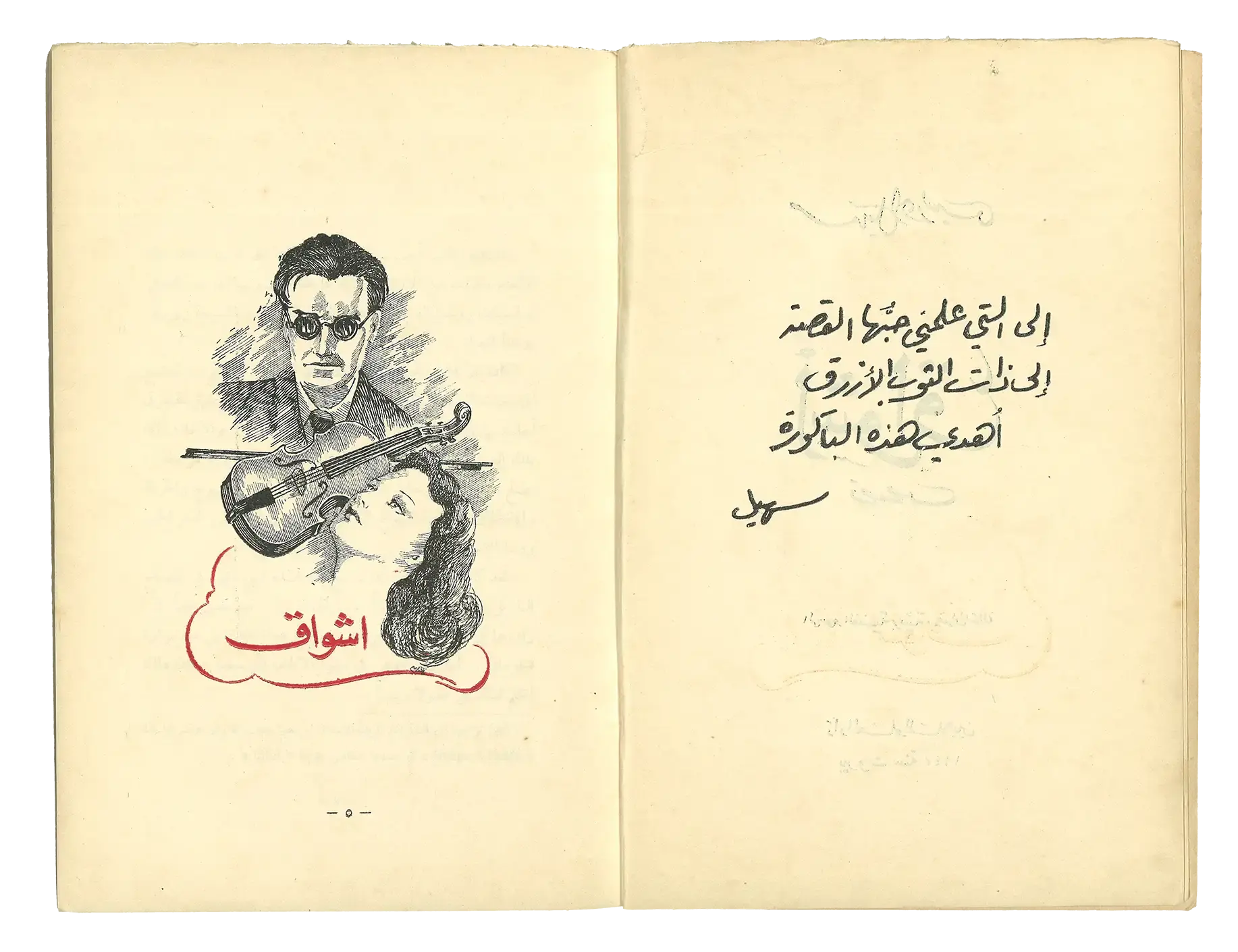
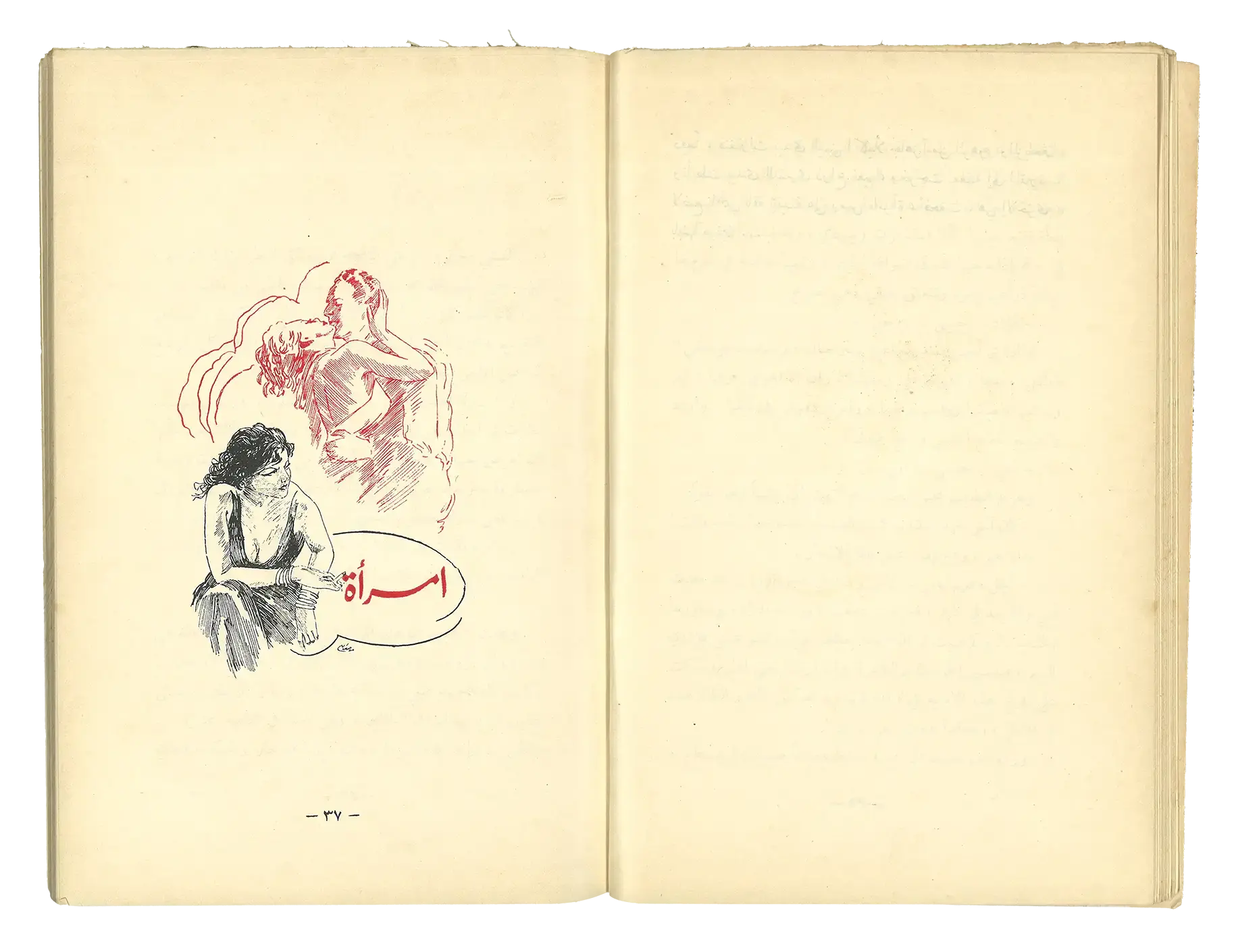
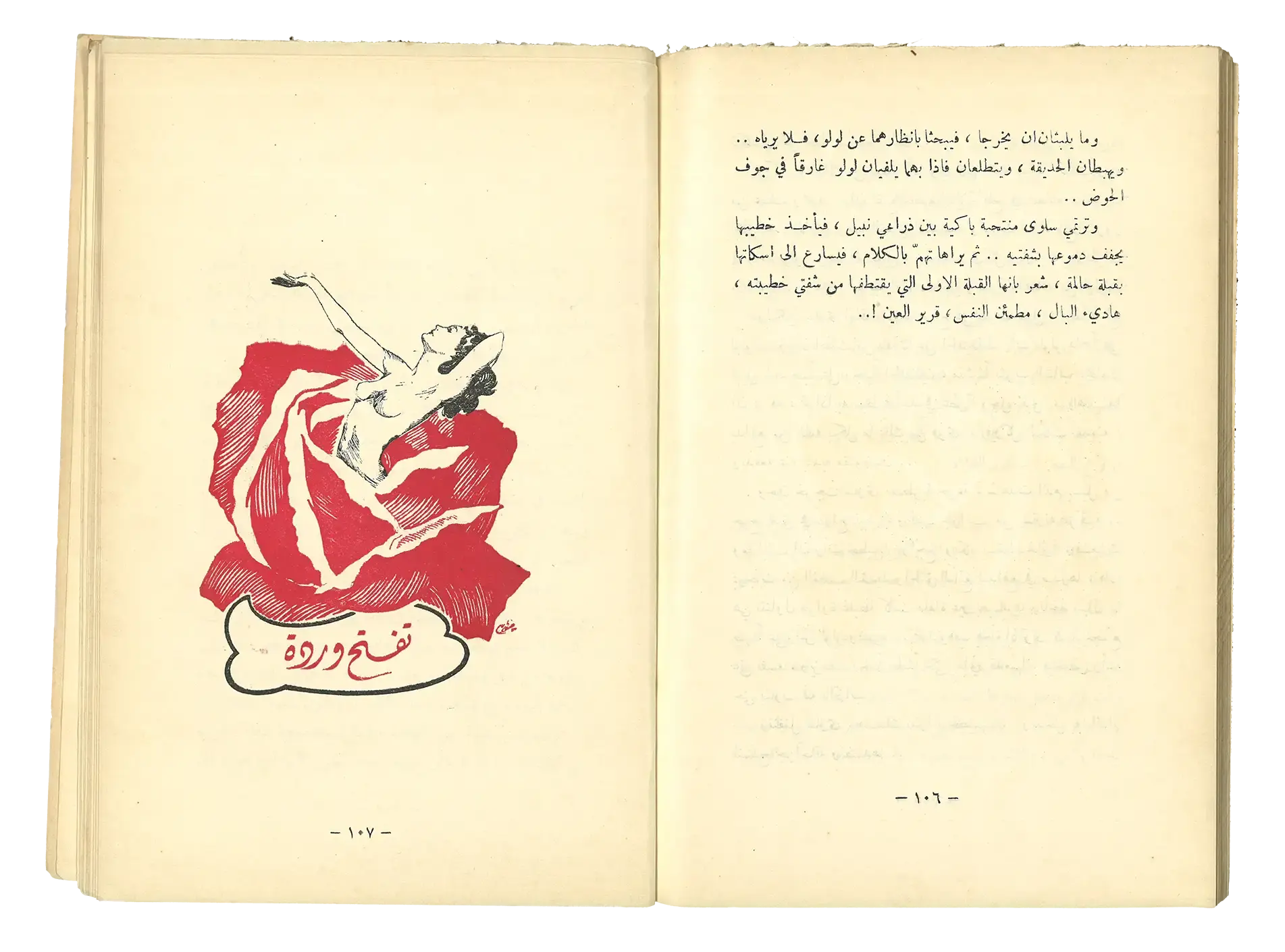
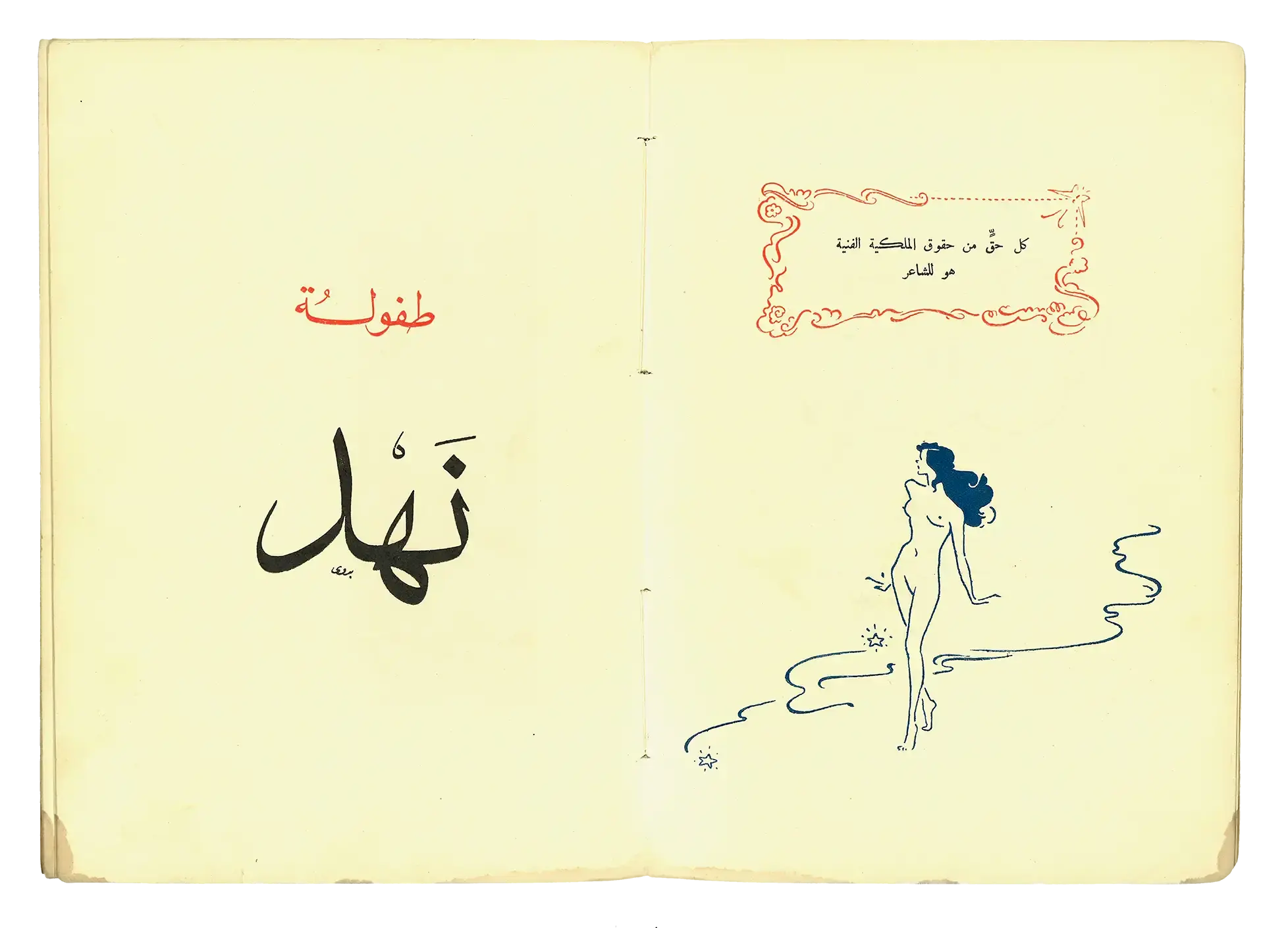
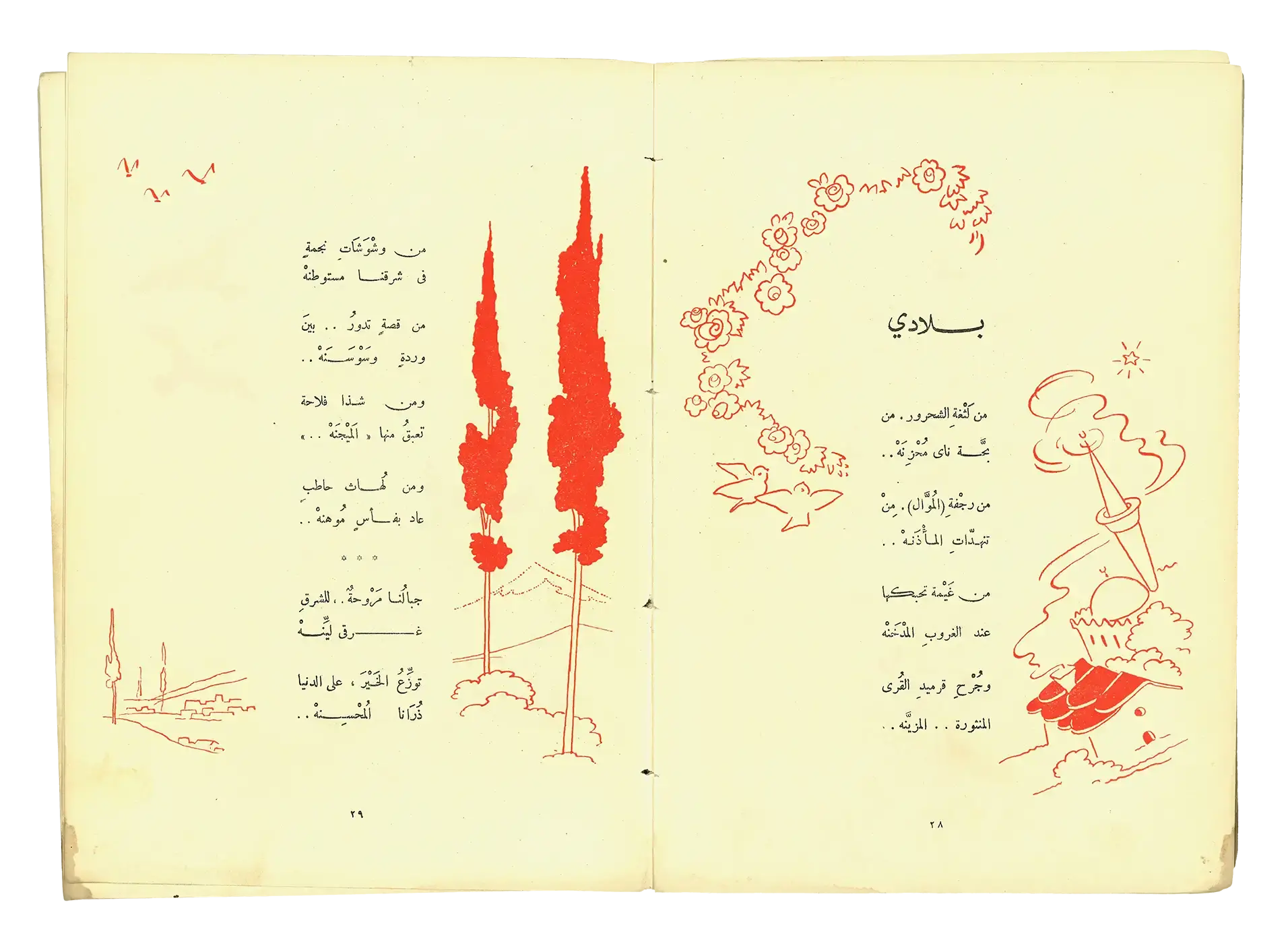
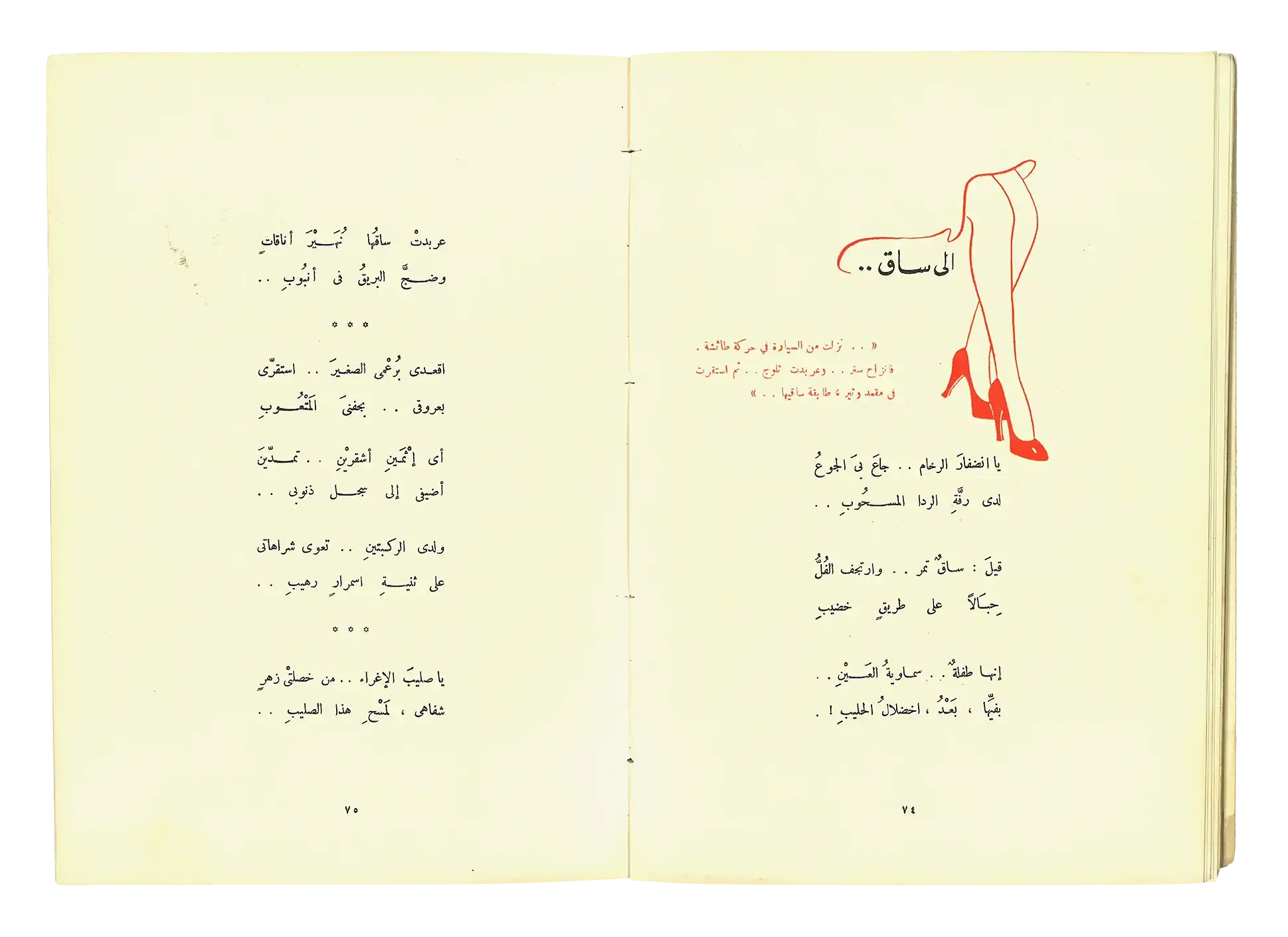
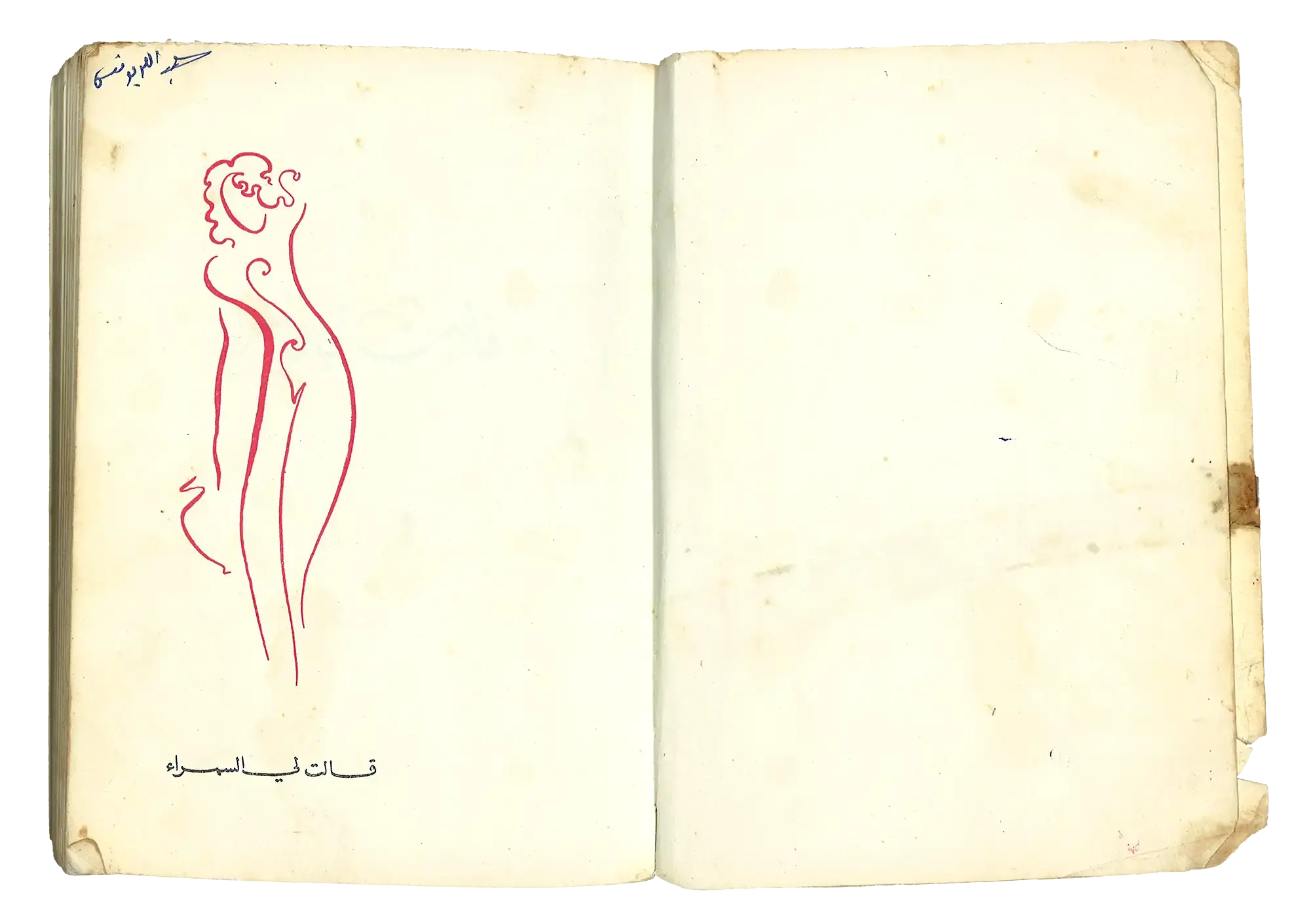
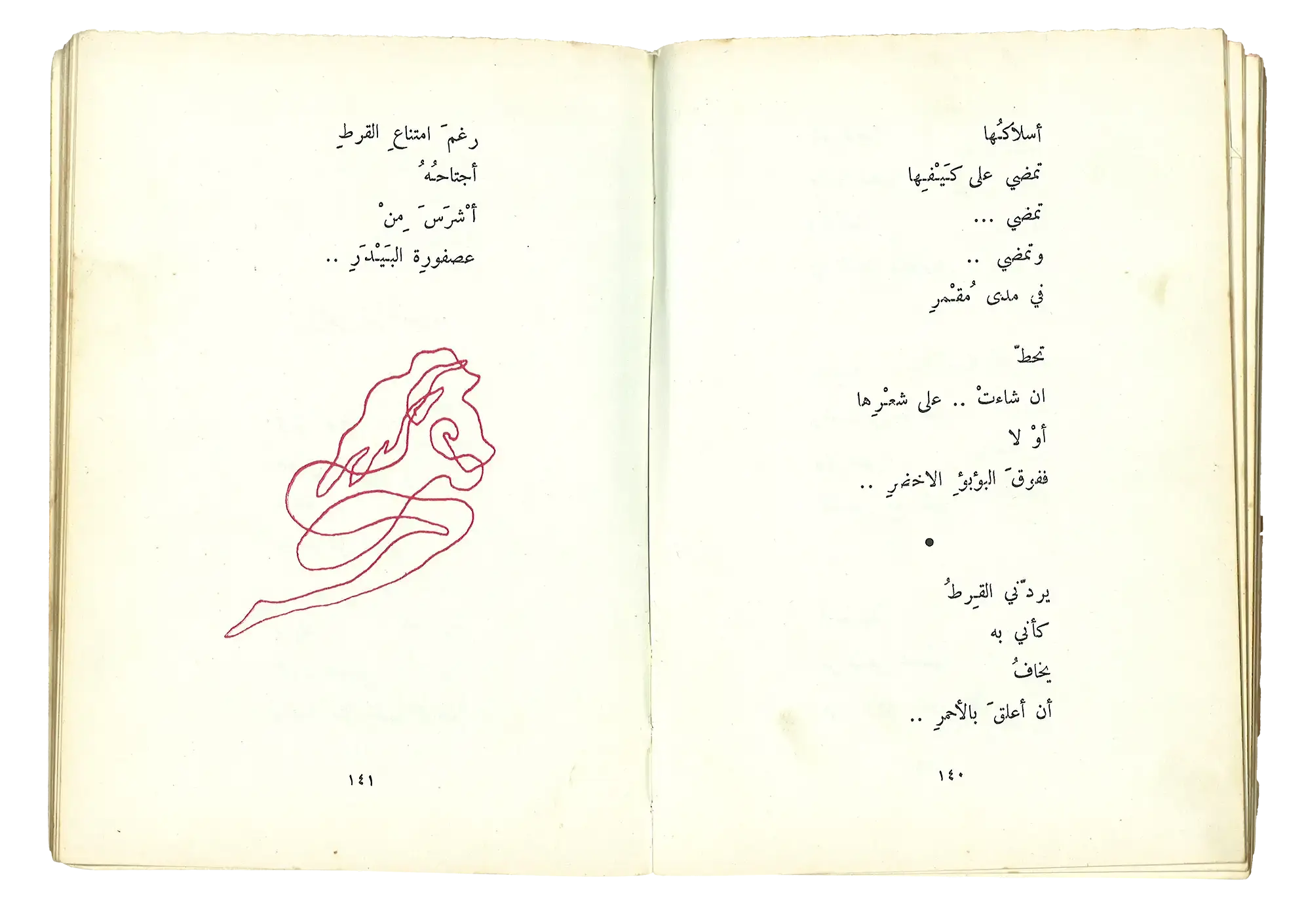
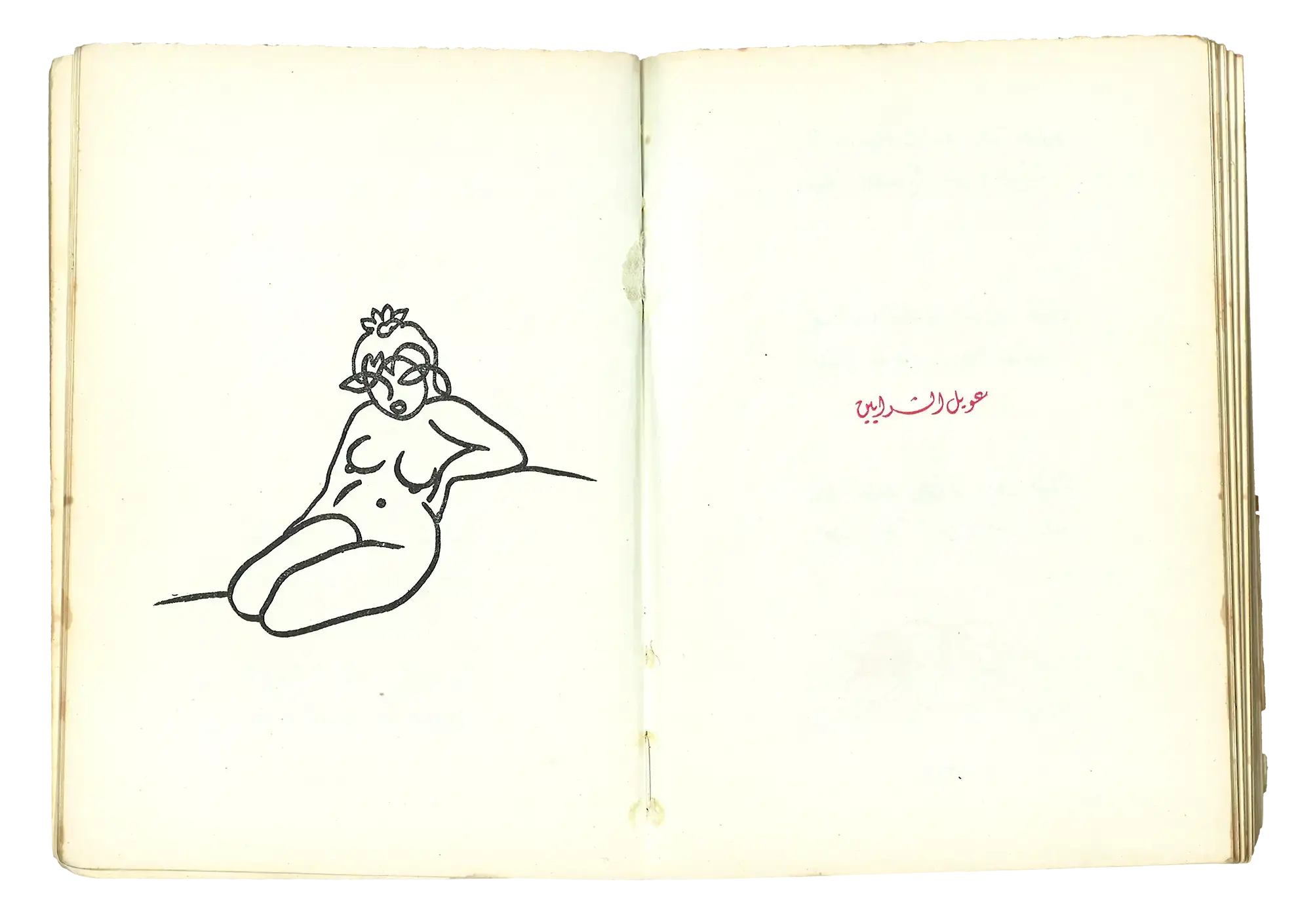
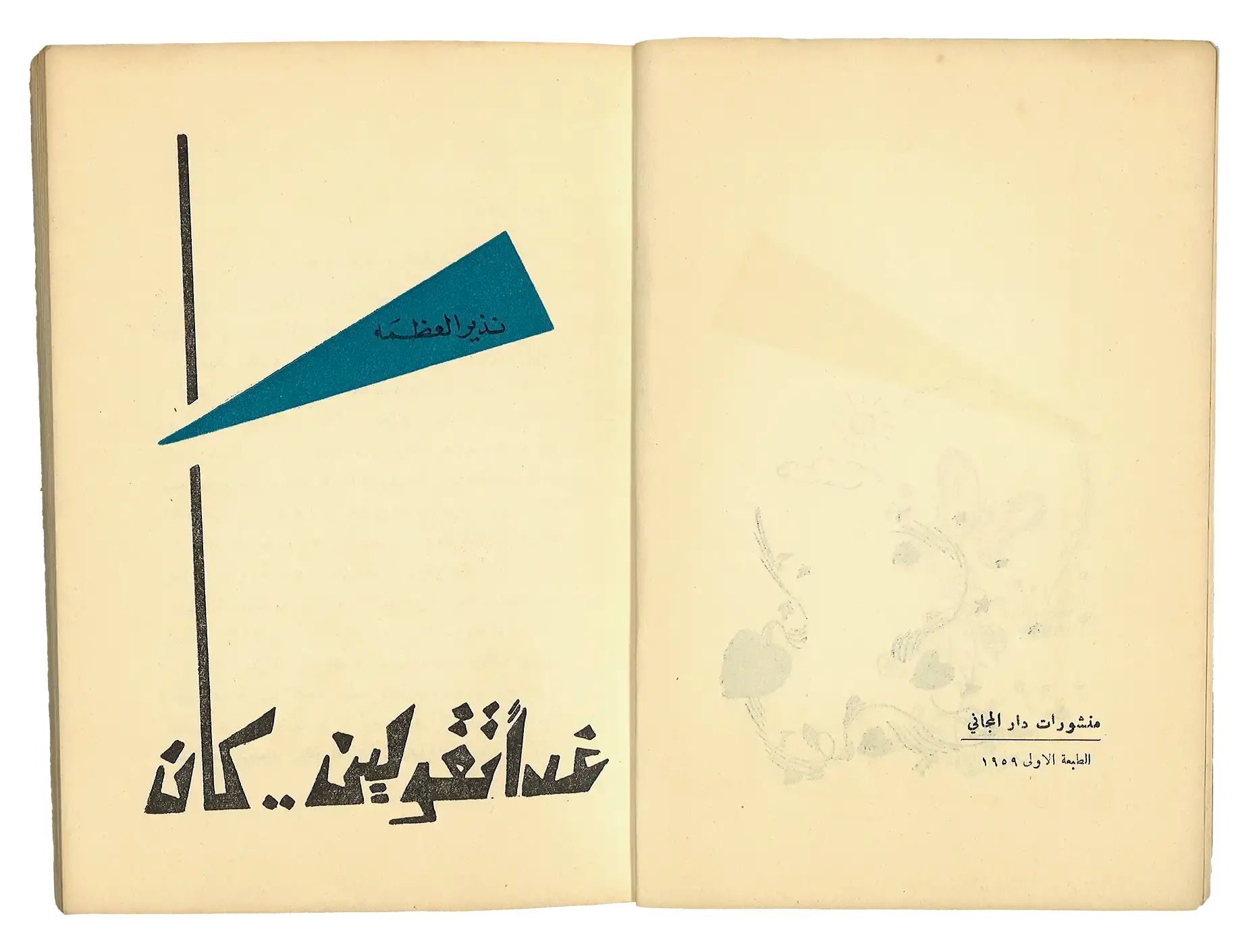
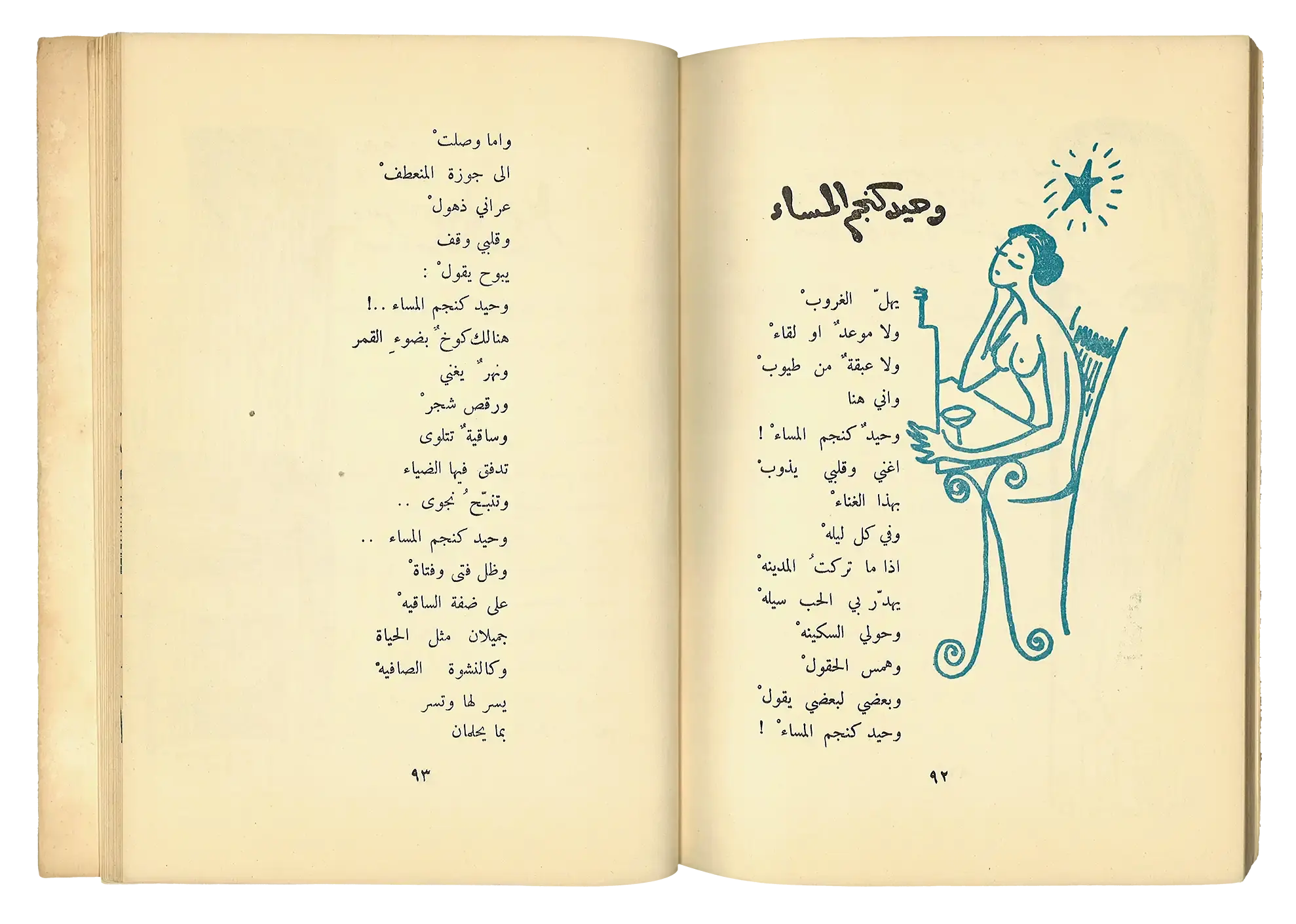
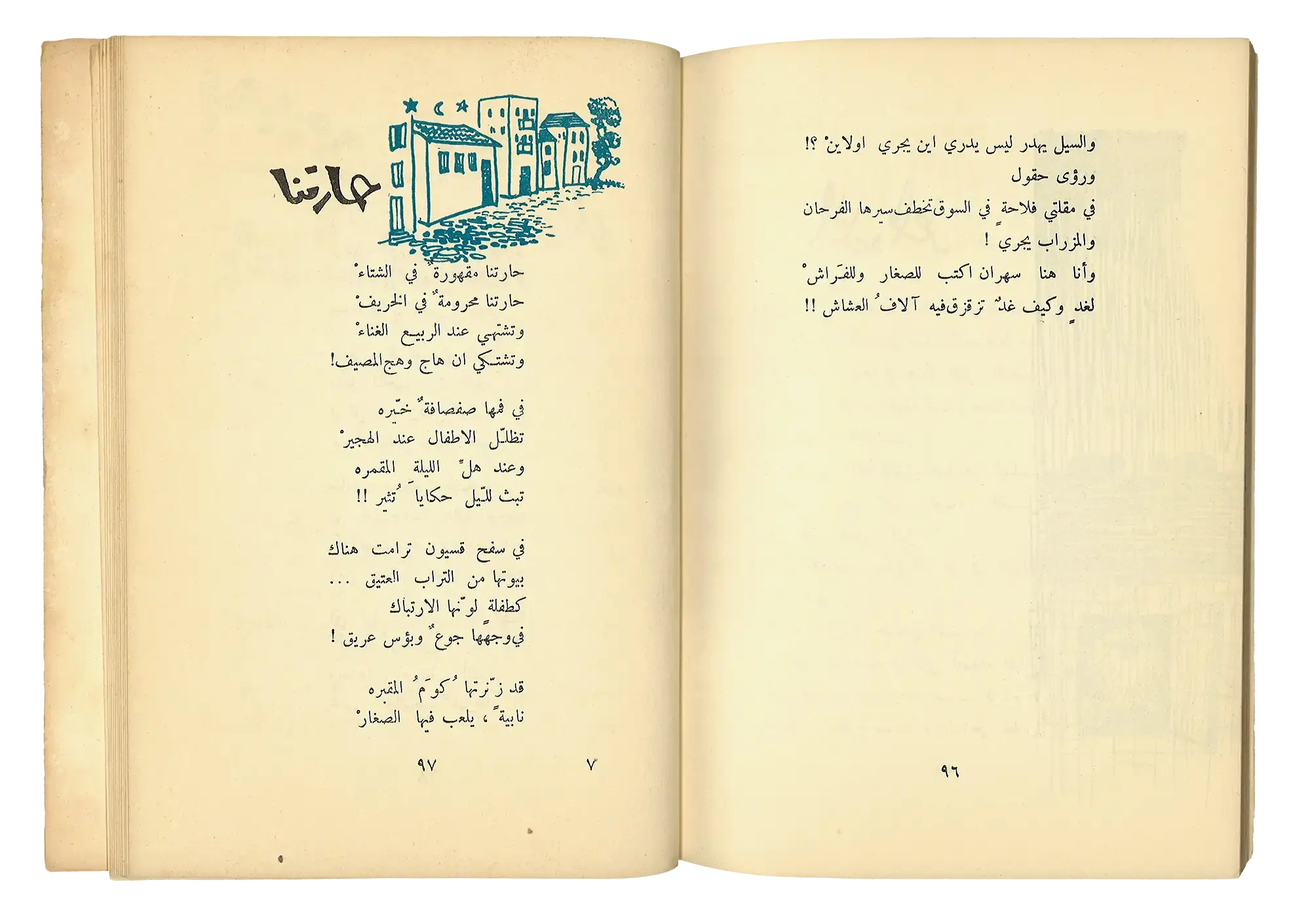
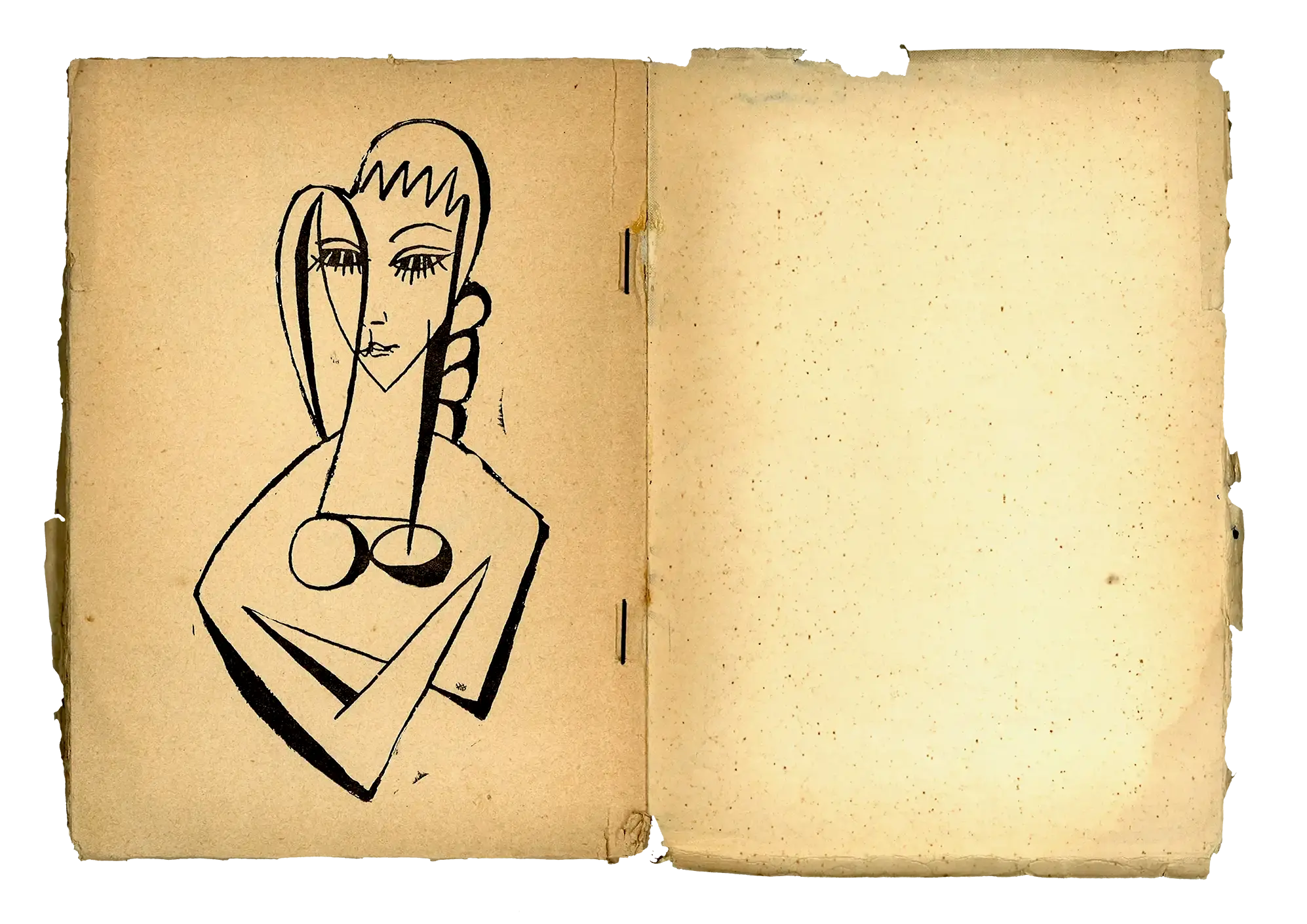
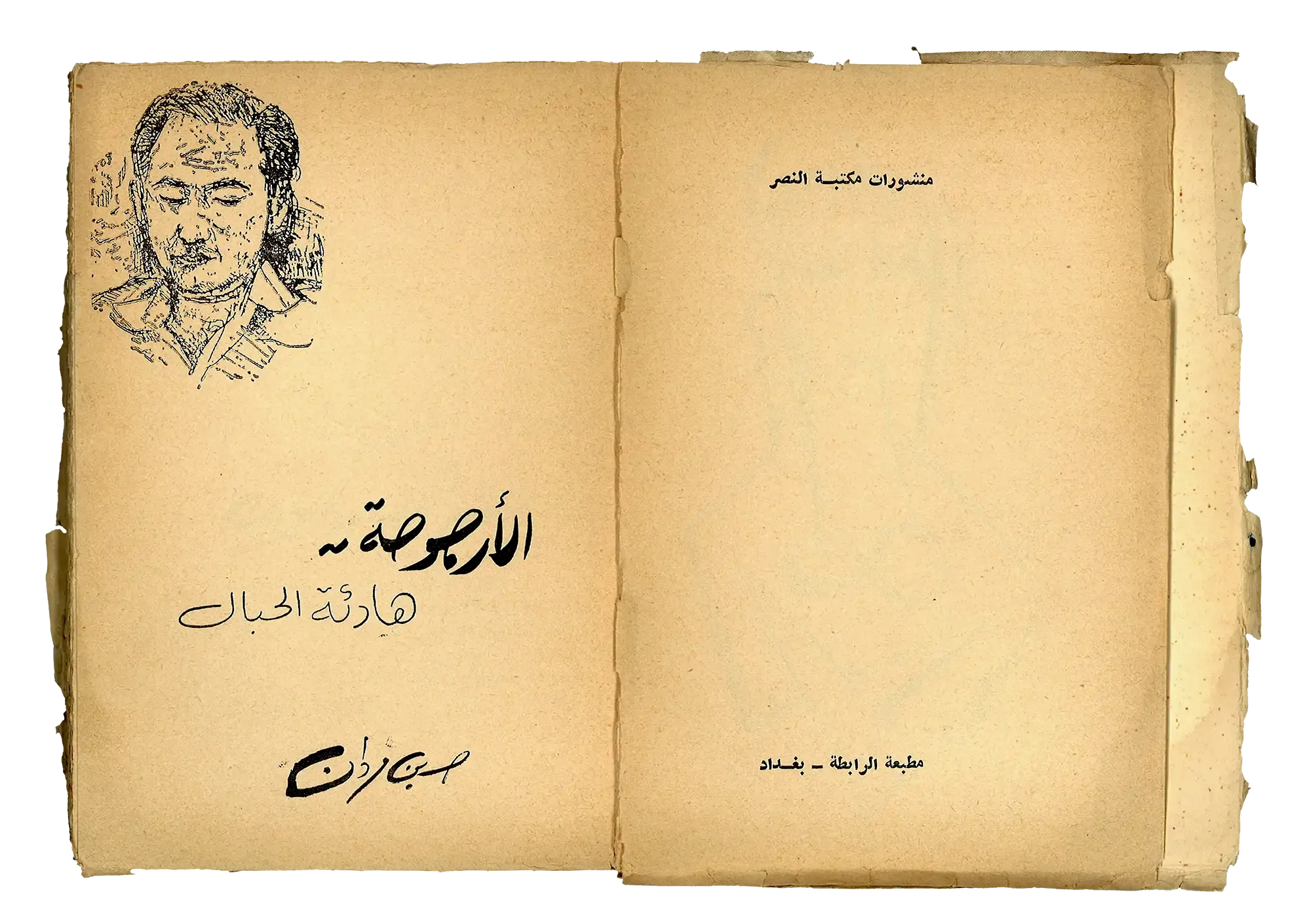
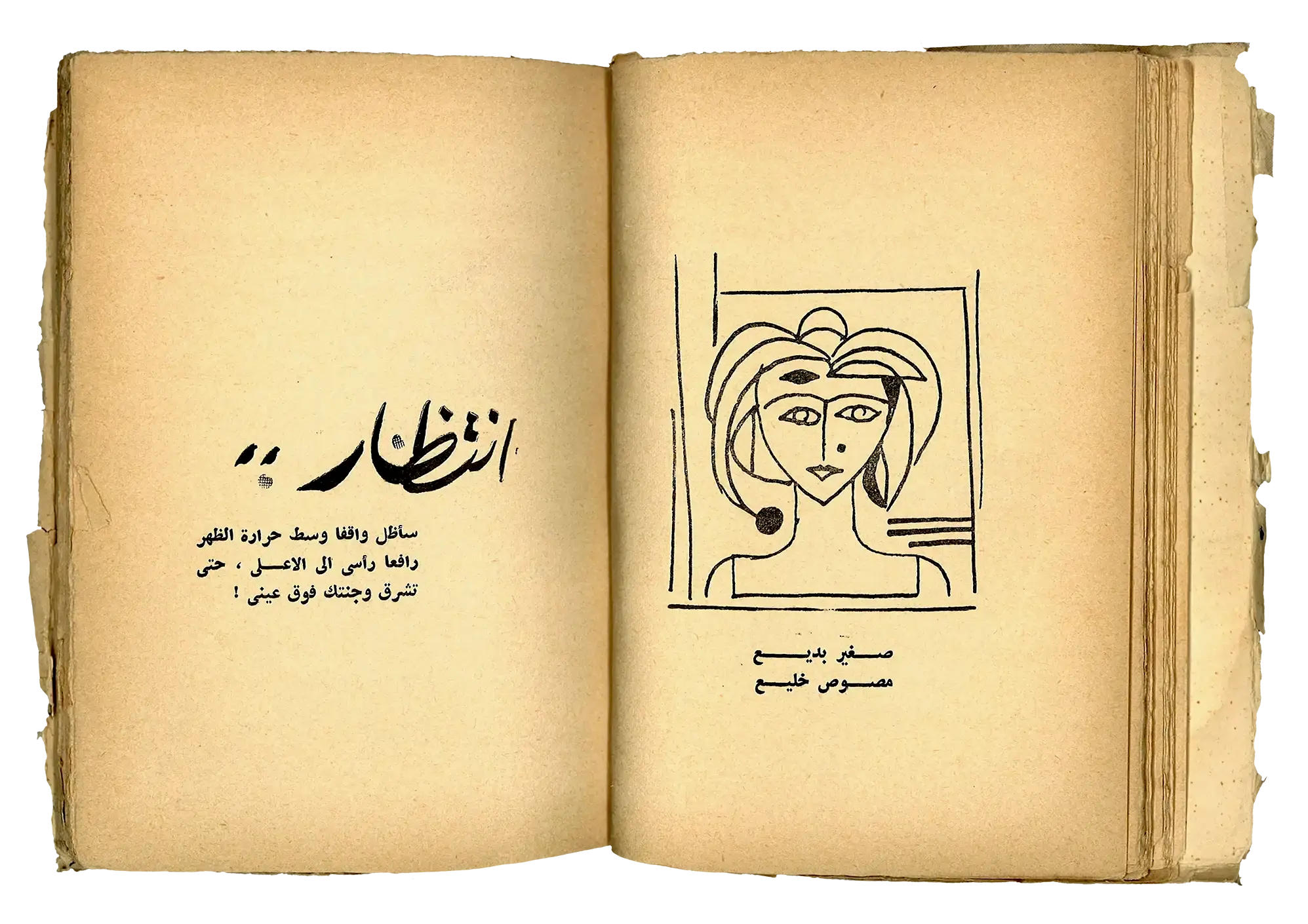
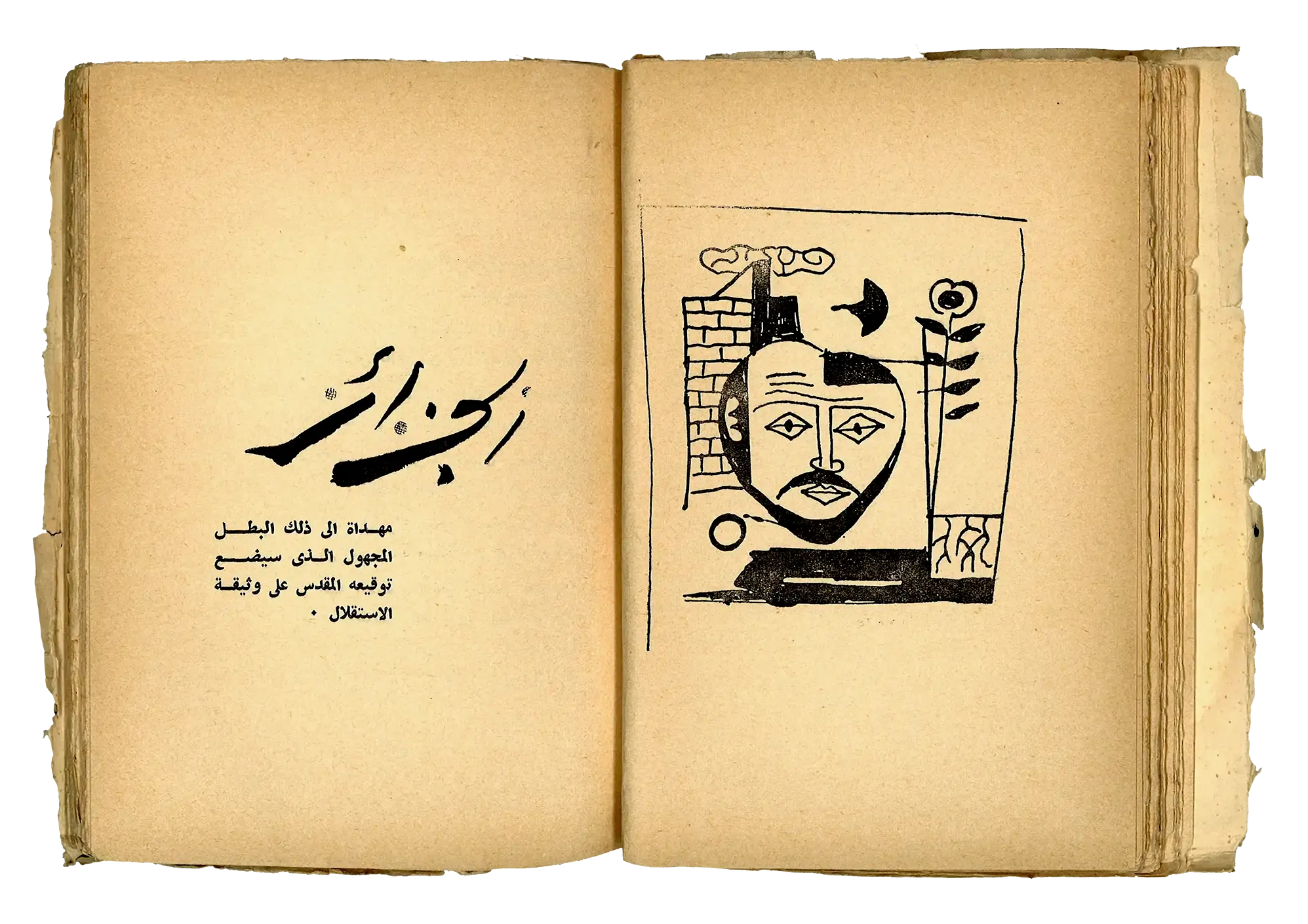
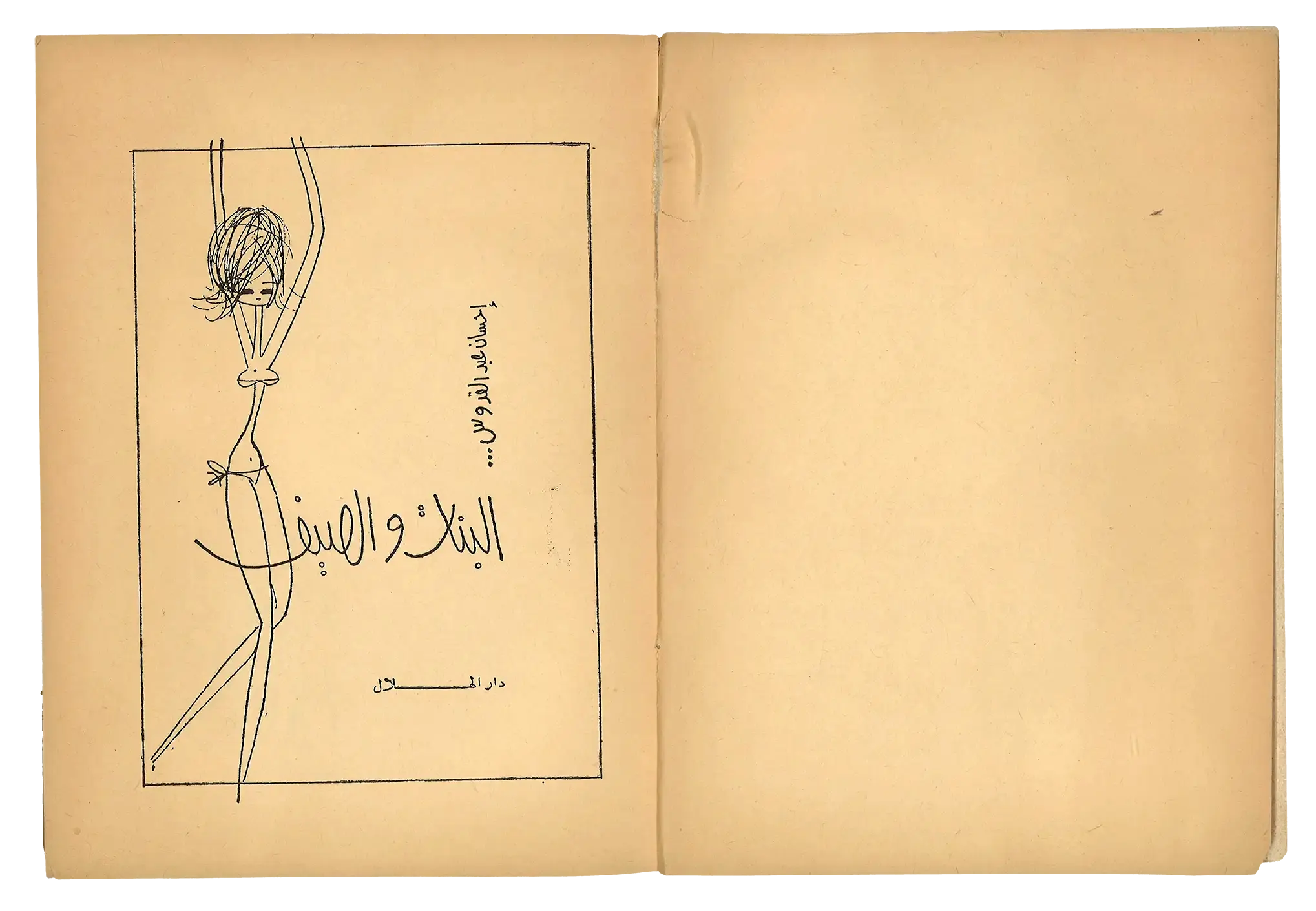
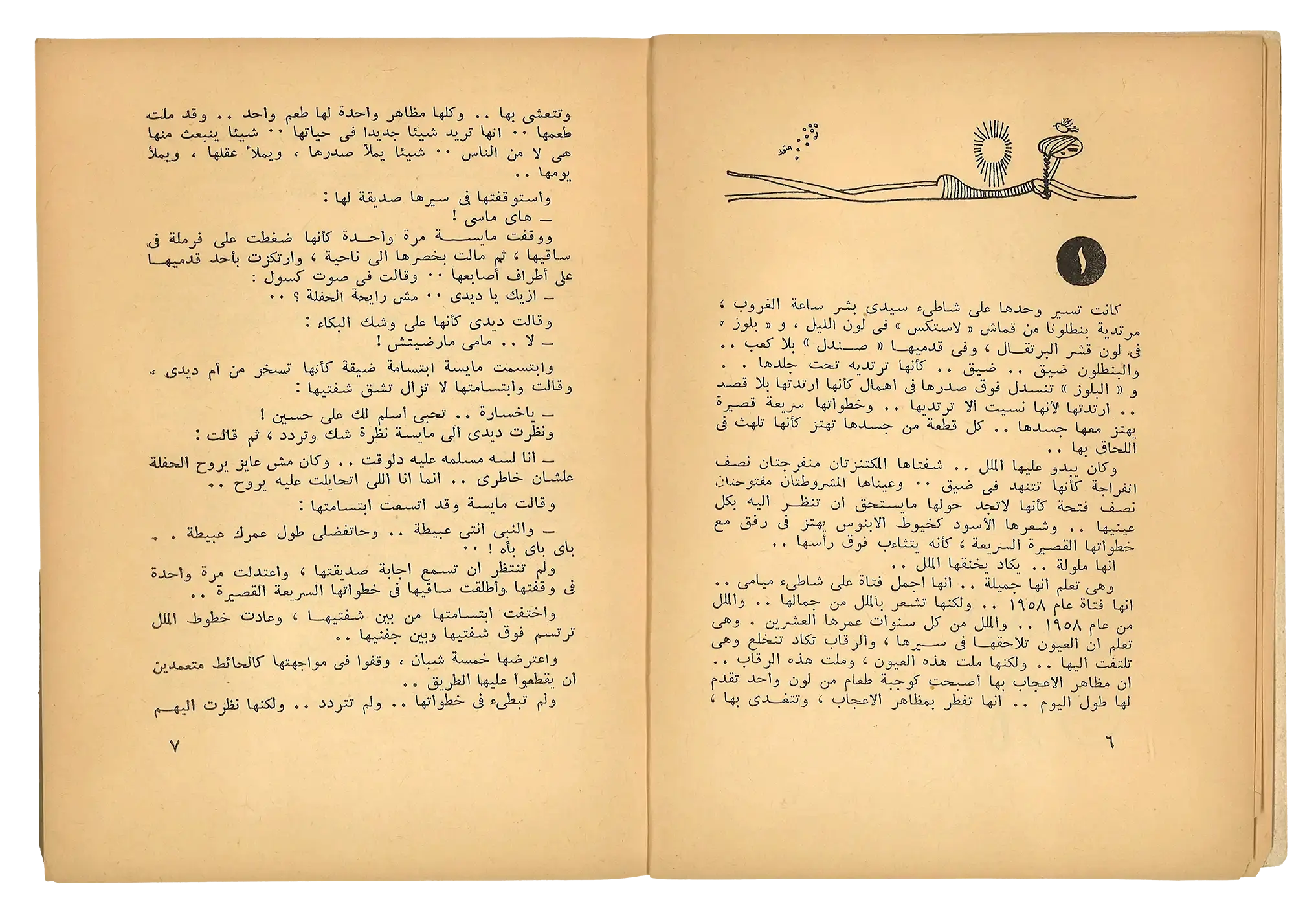
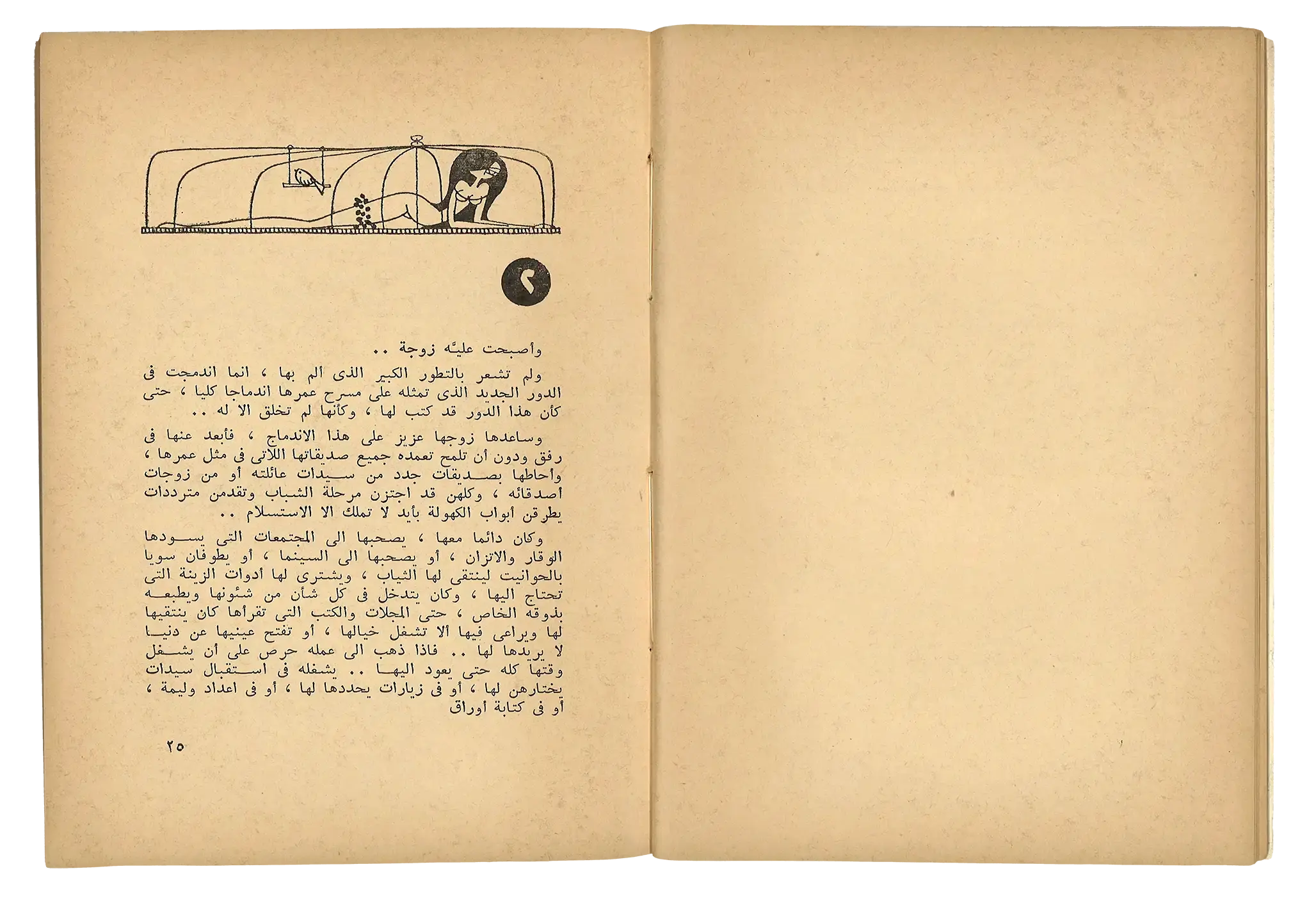
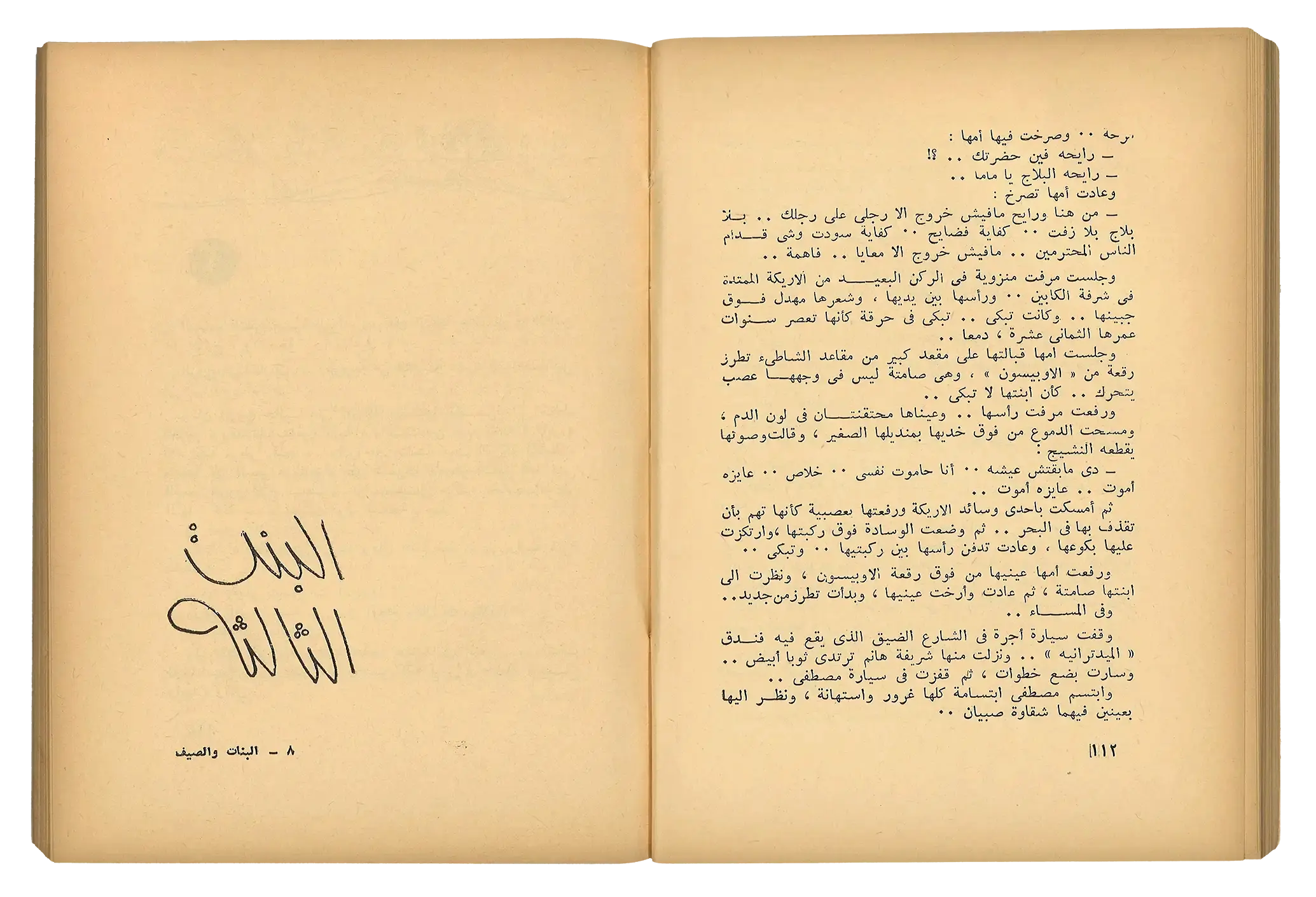
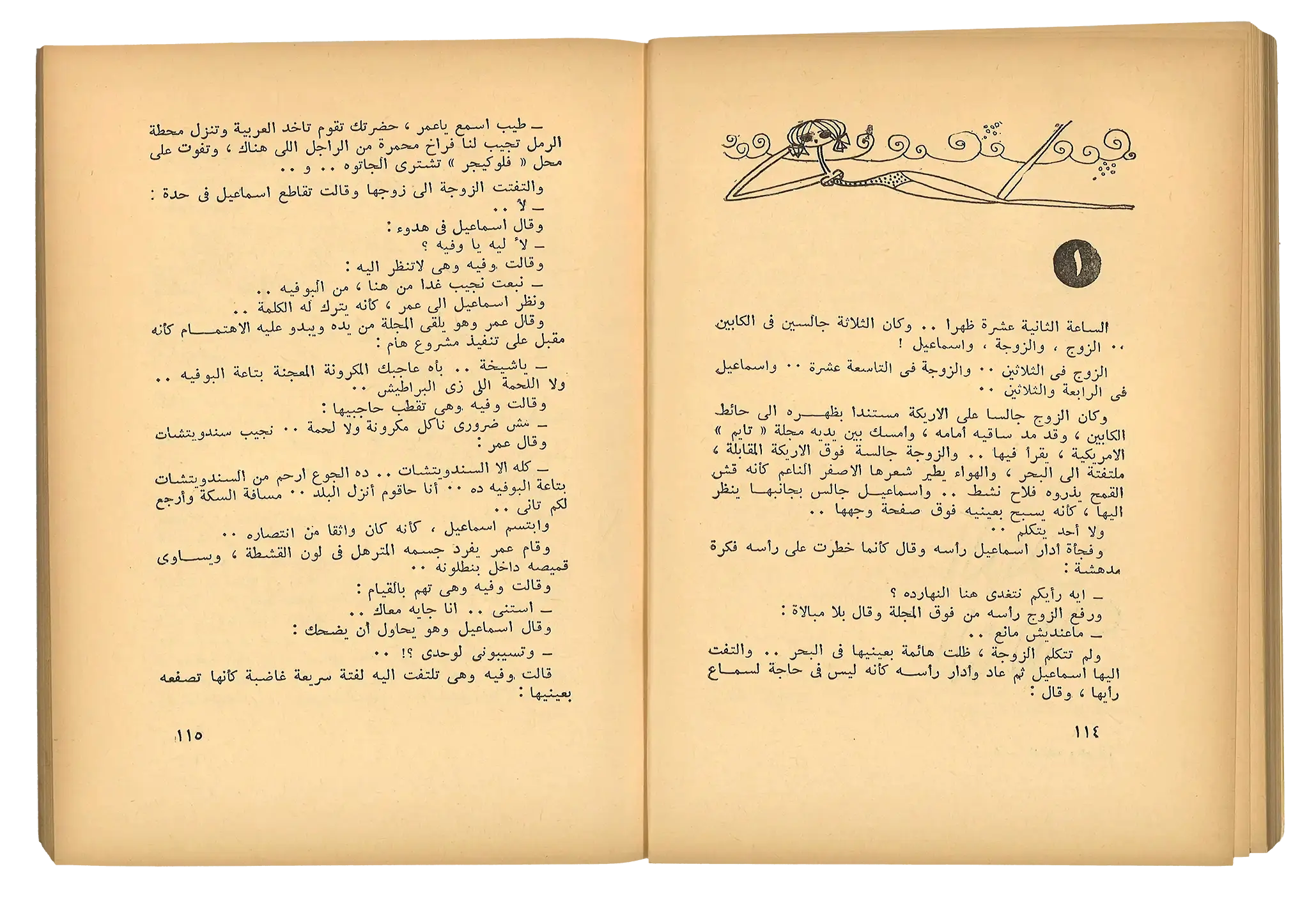
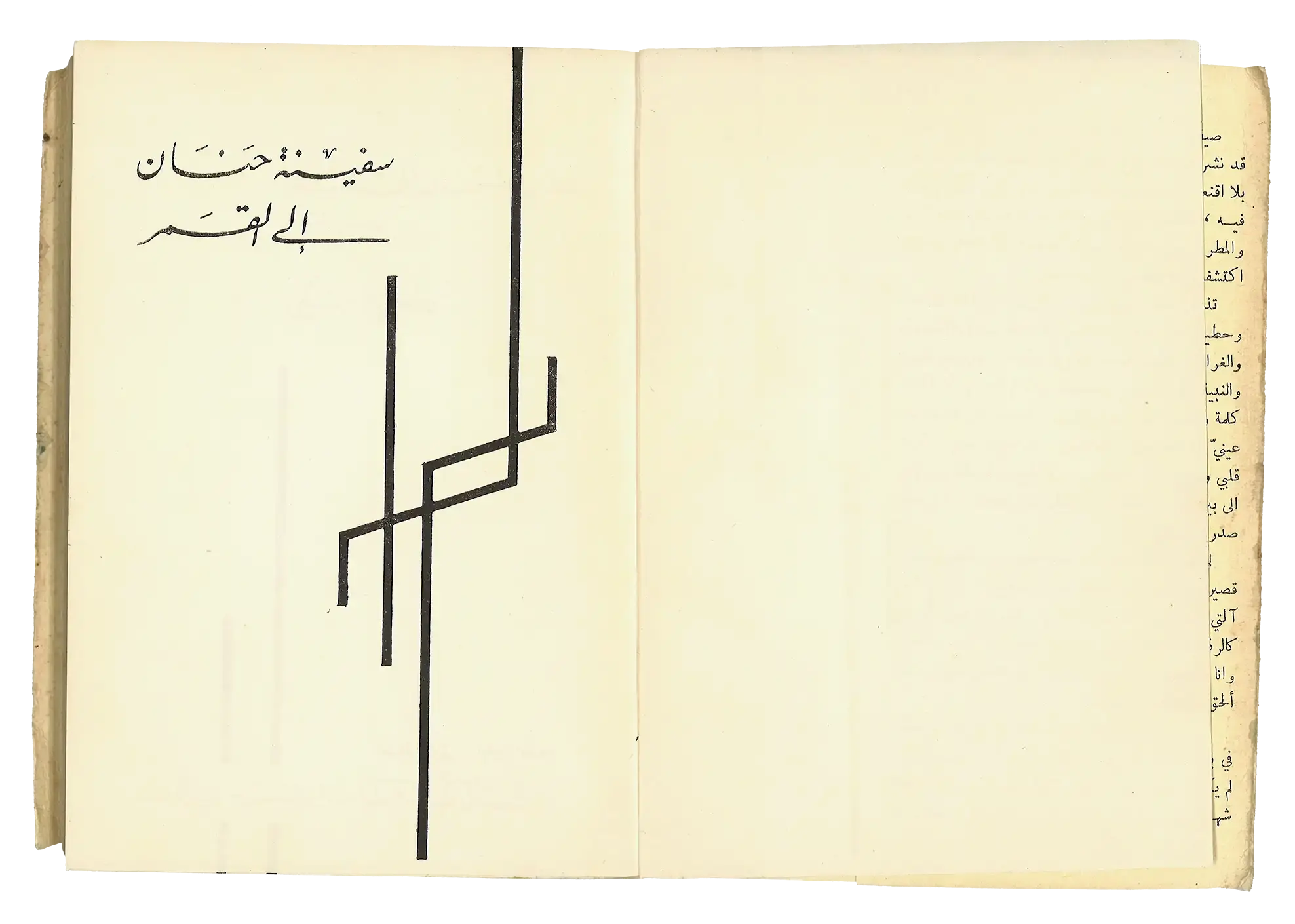
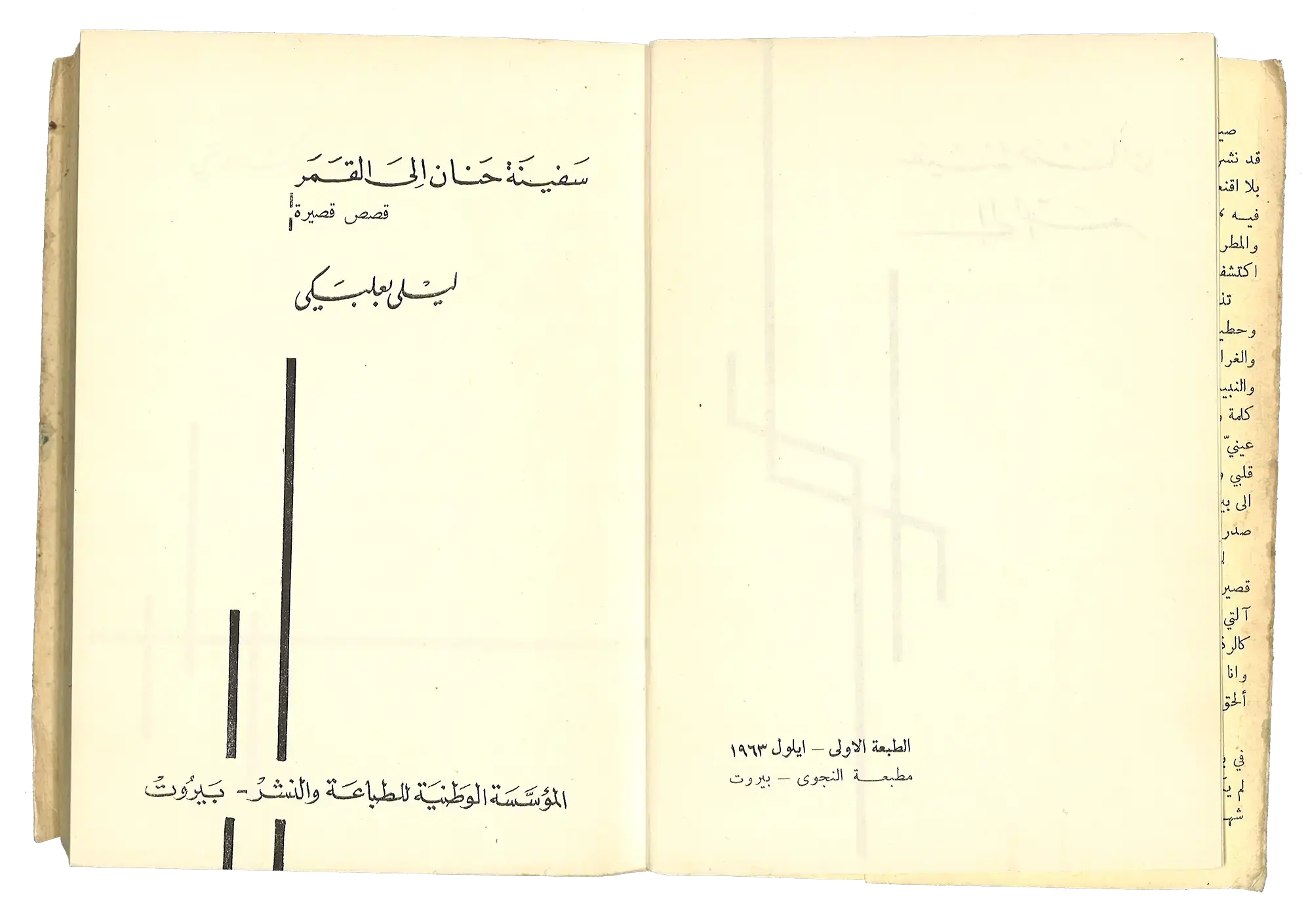
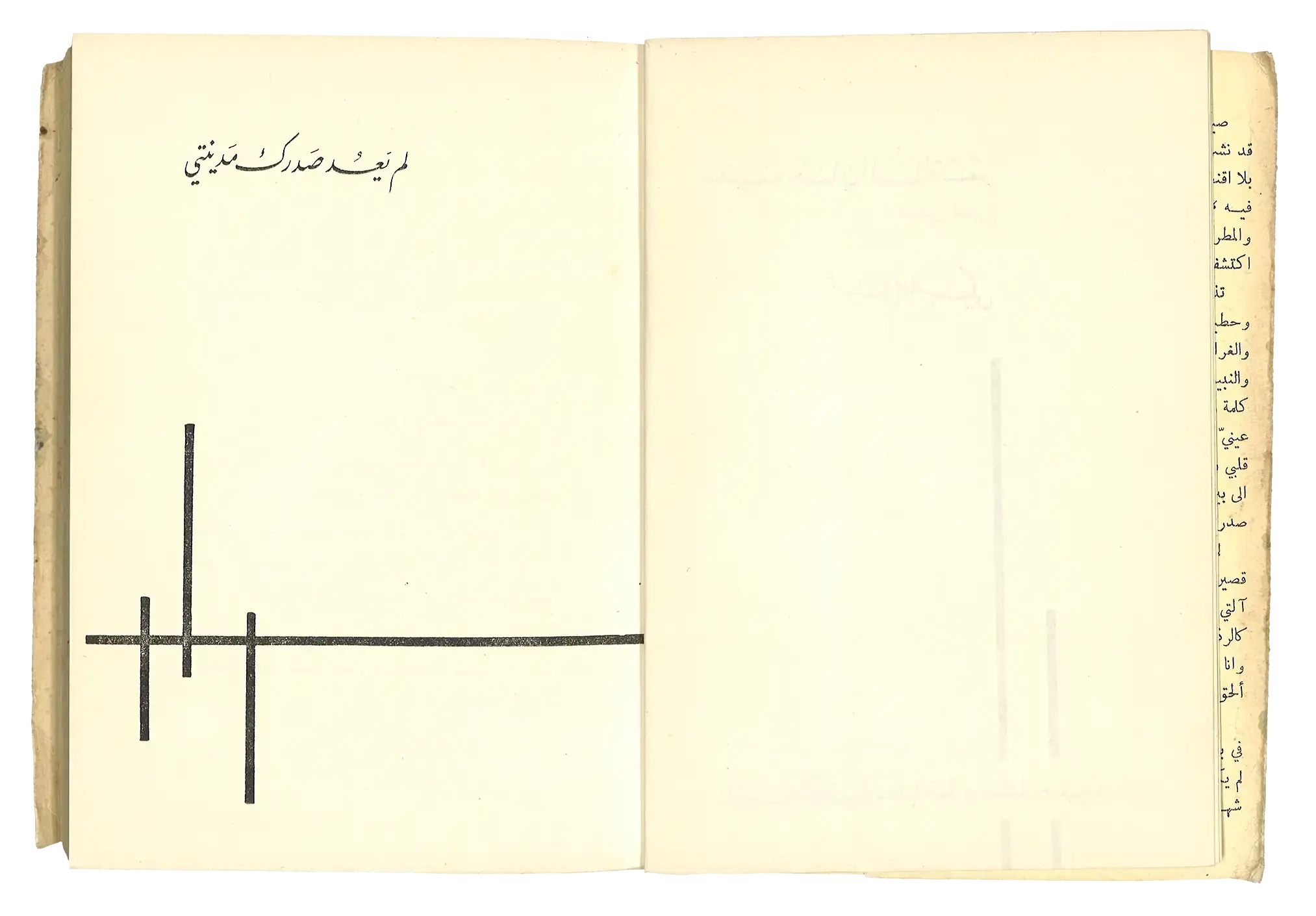
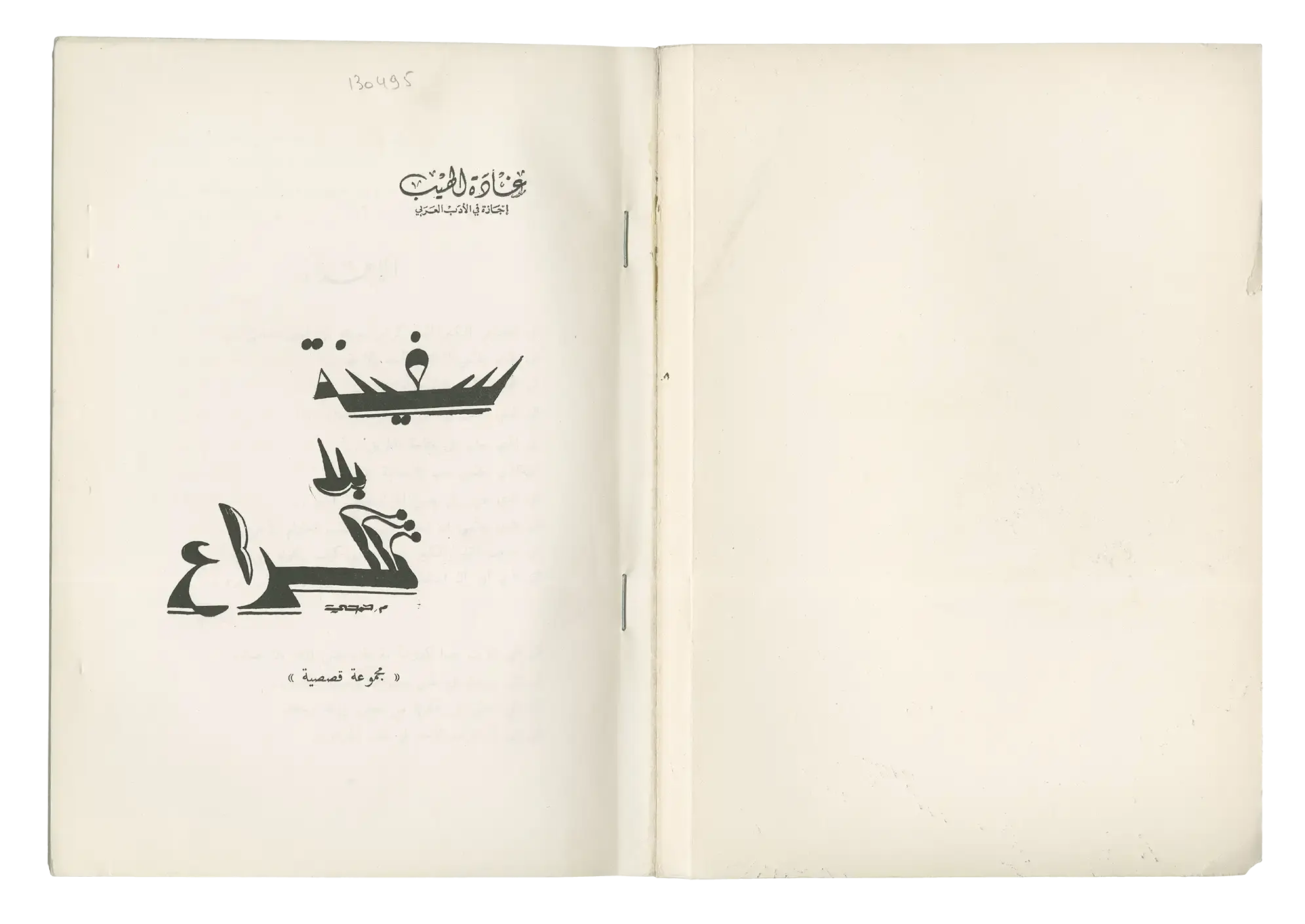
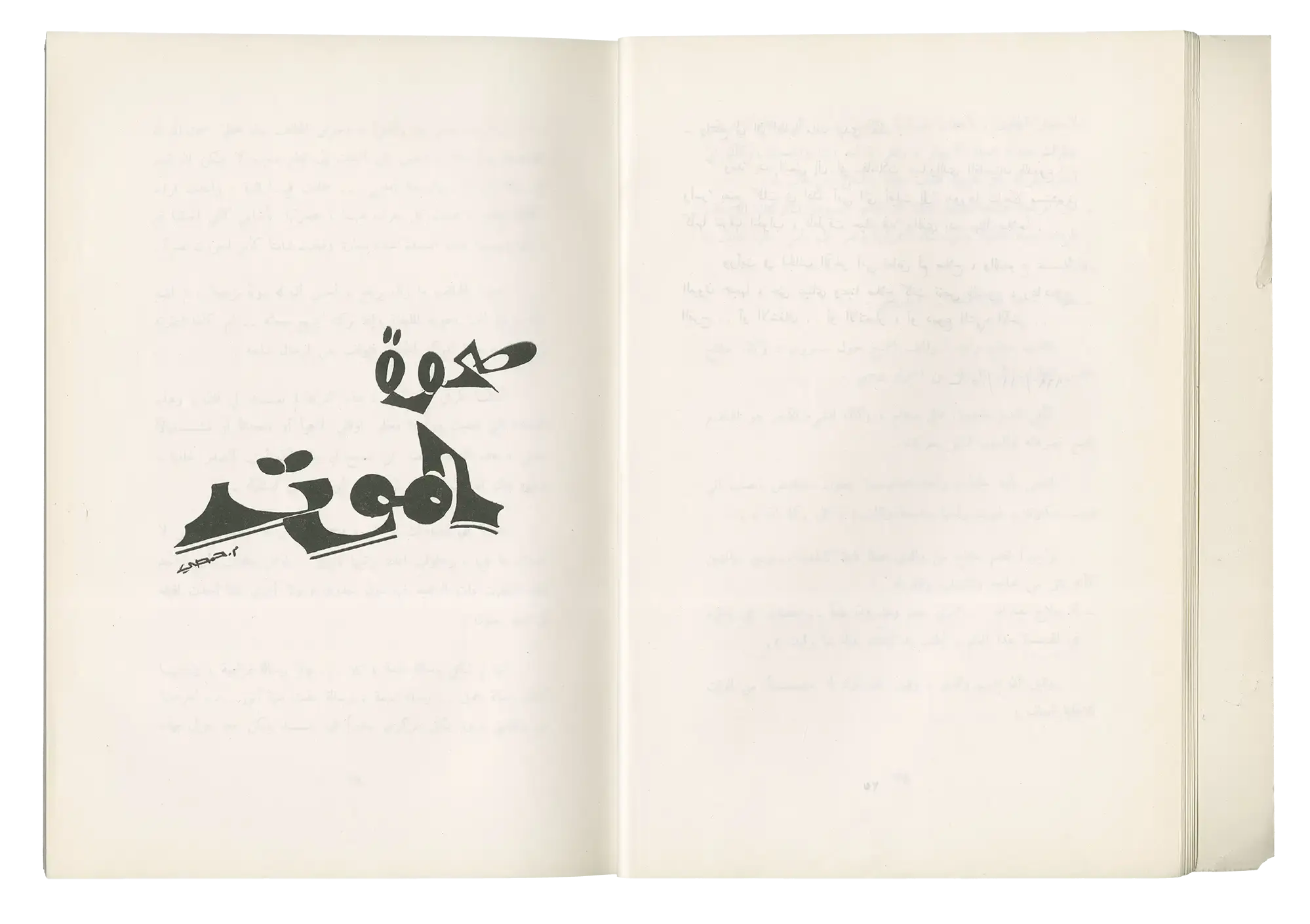
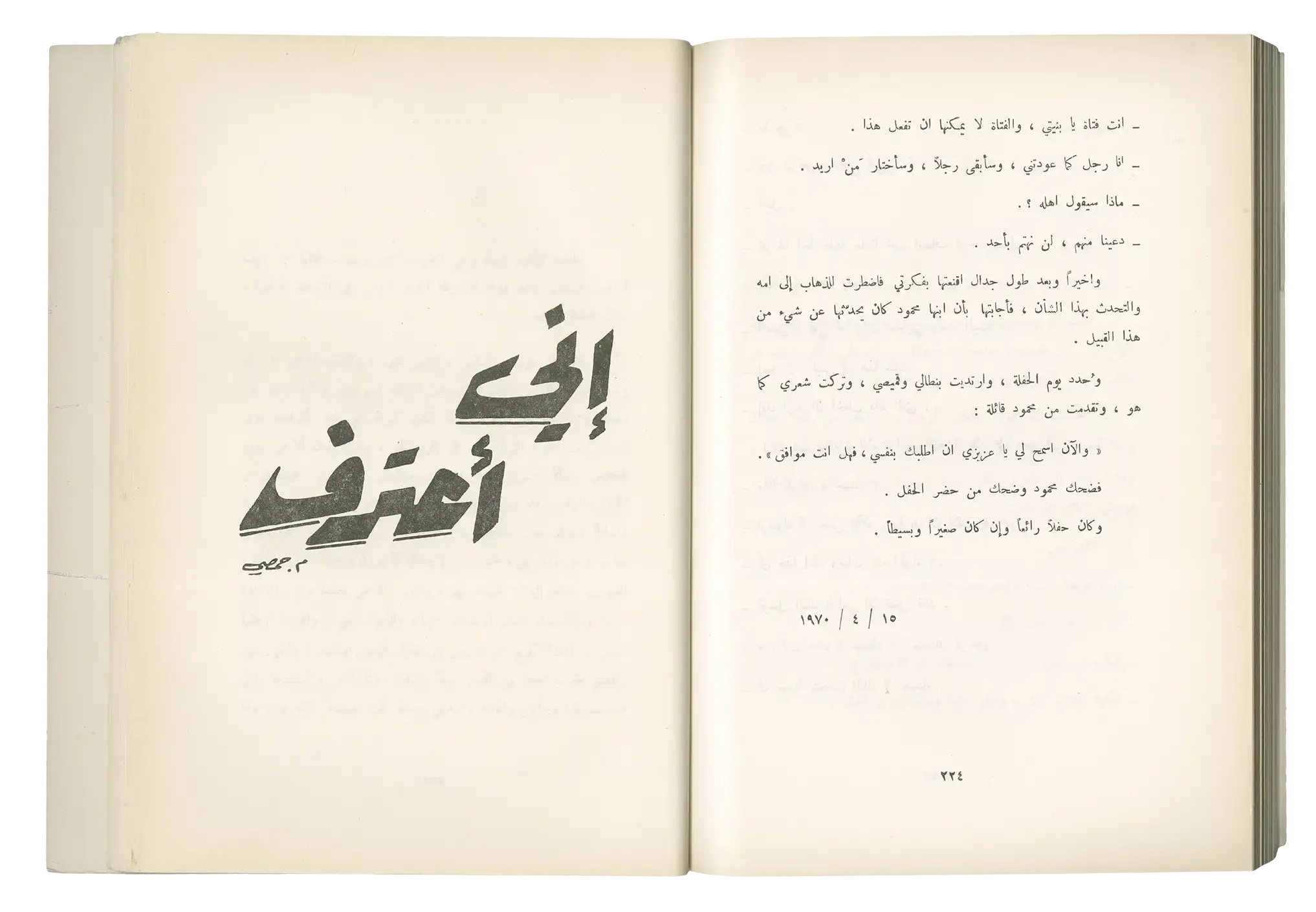
الرسوم
Illustration
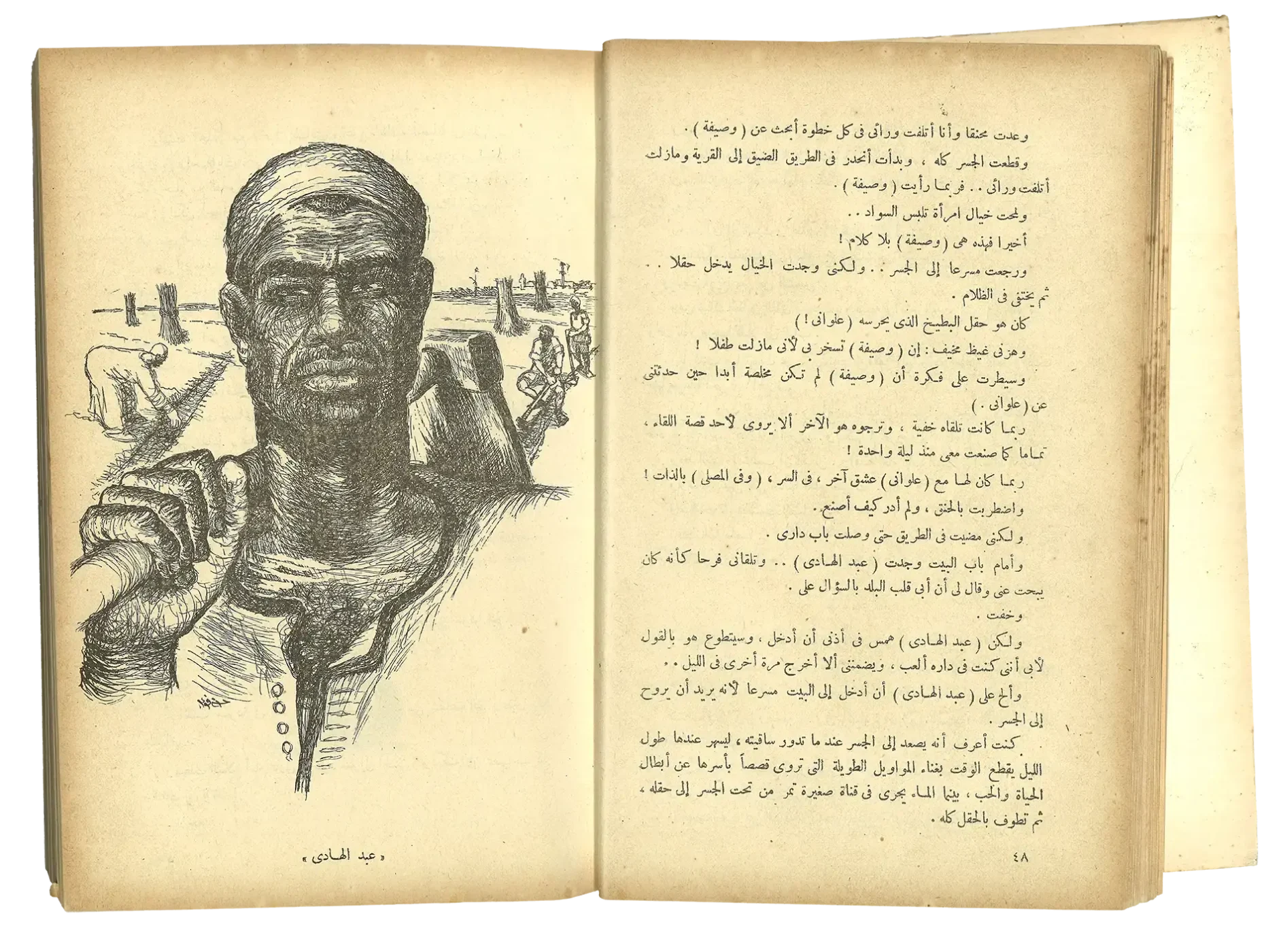
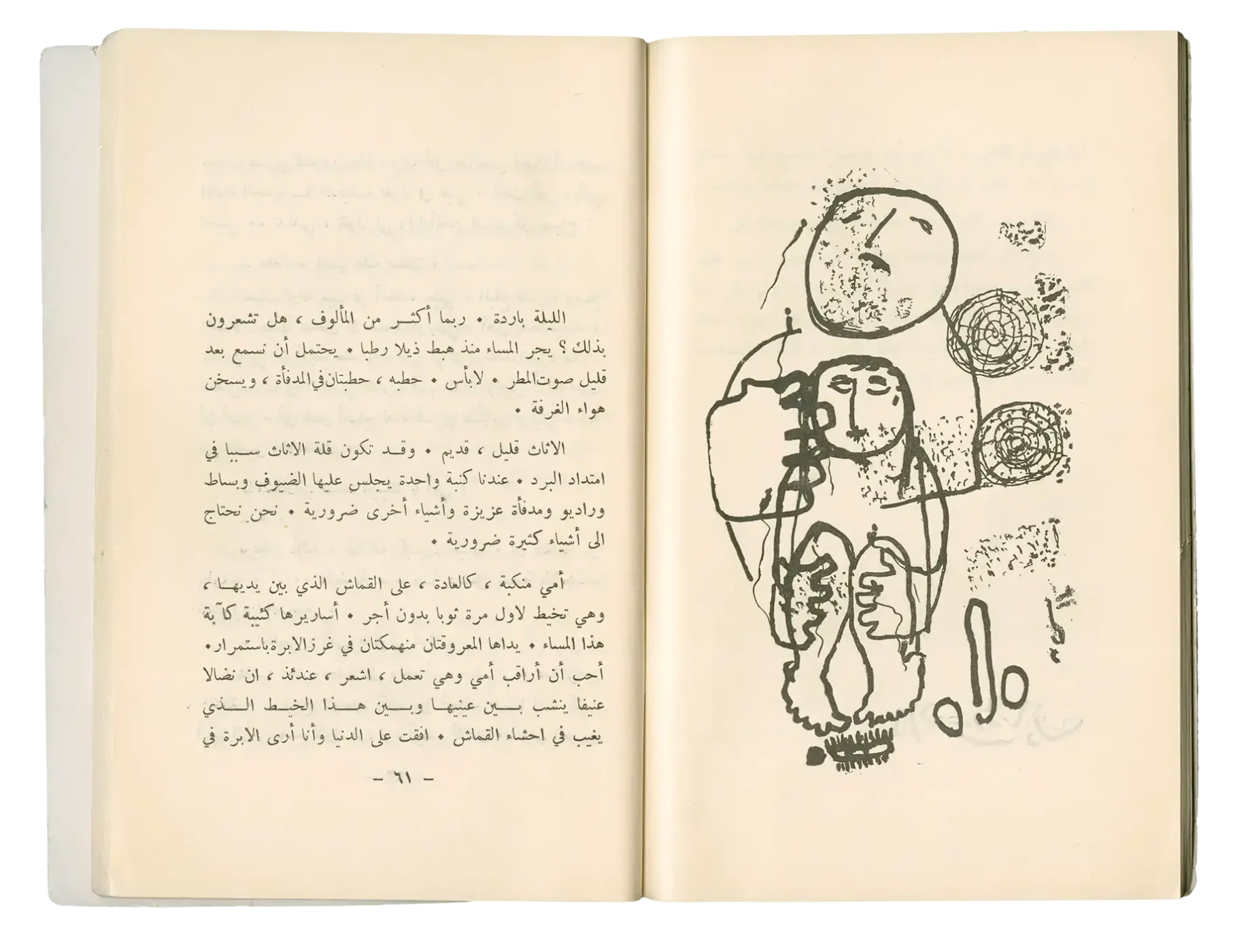
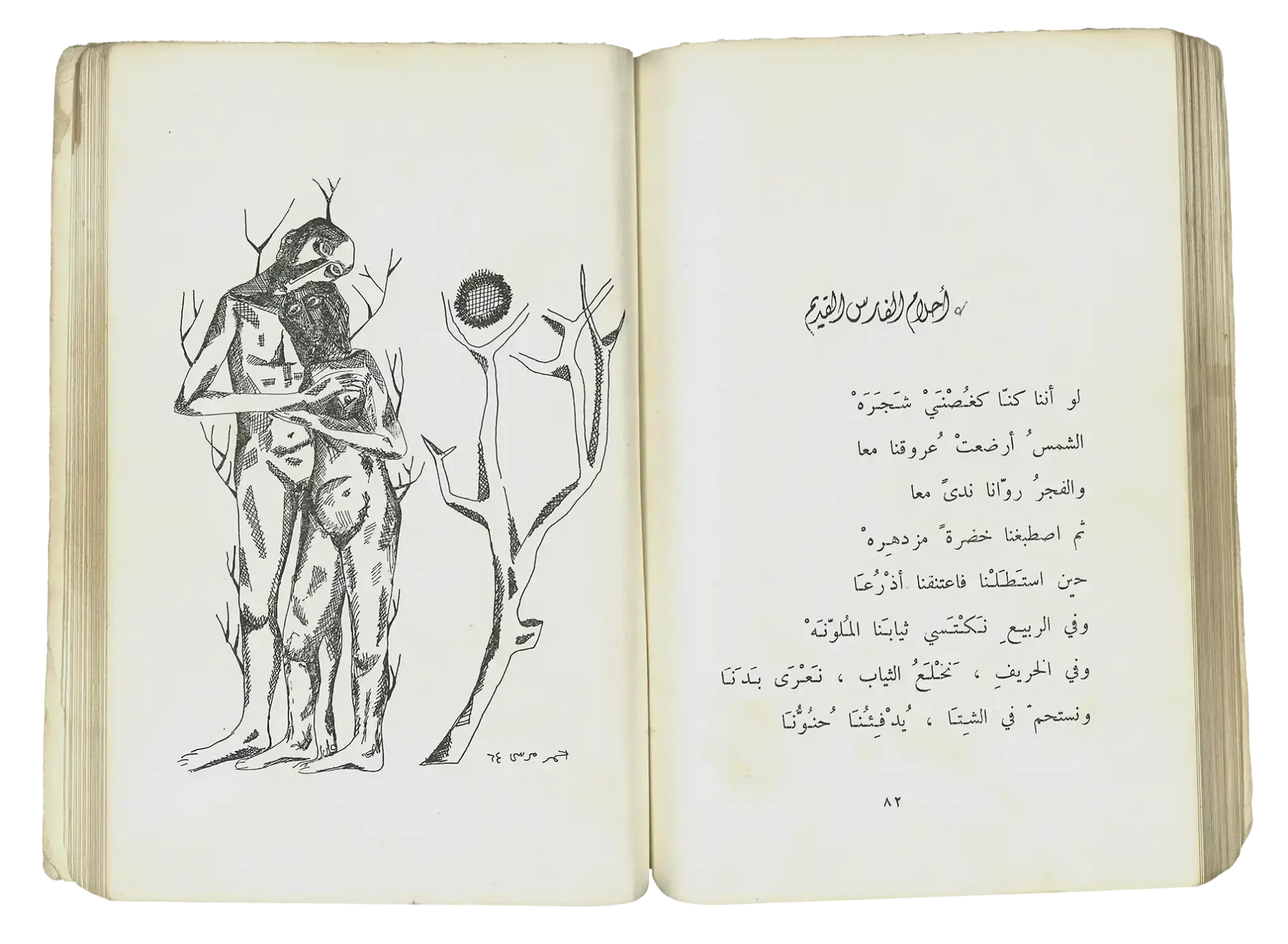
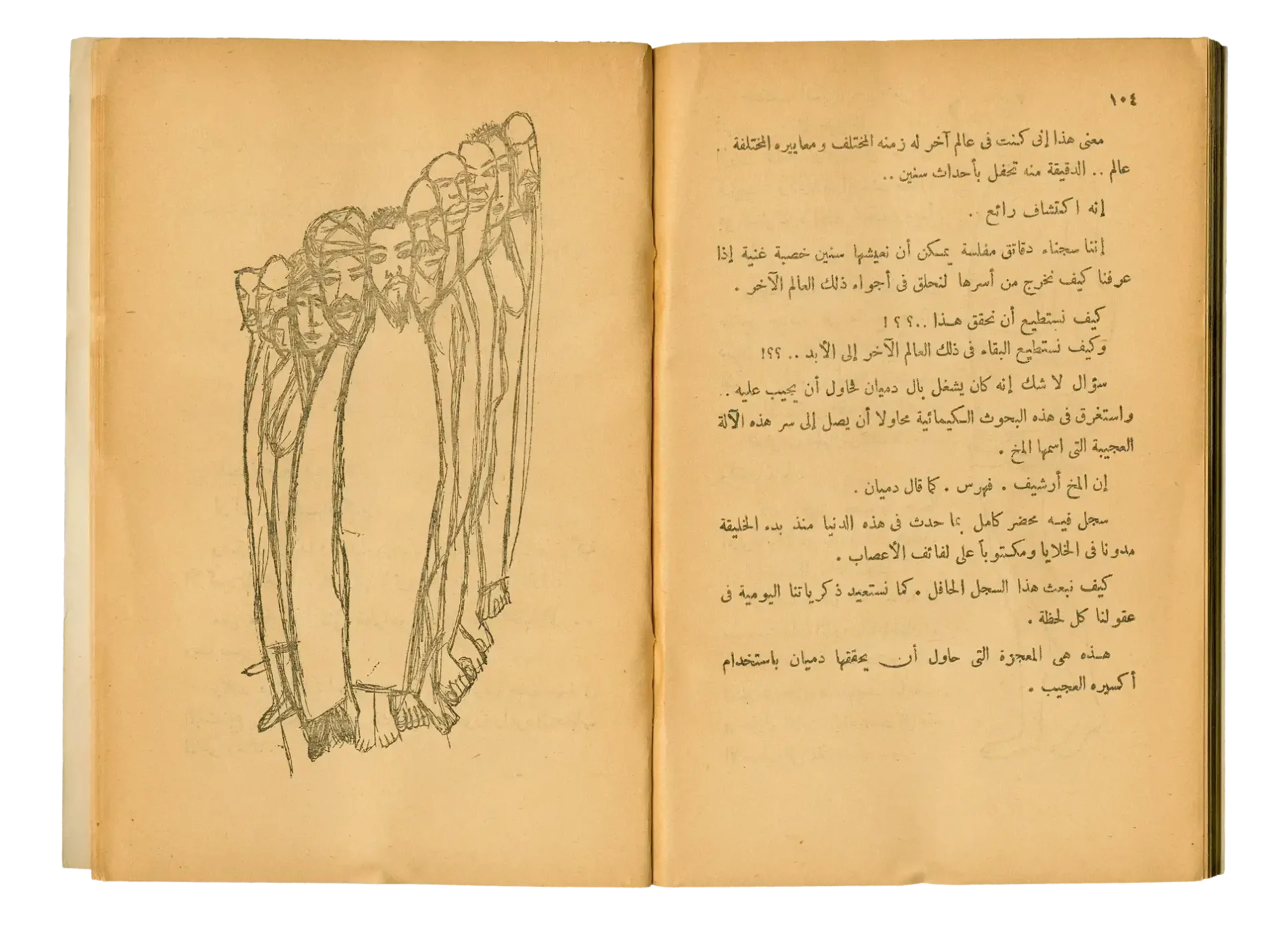
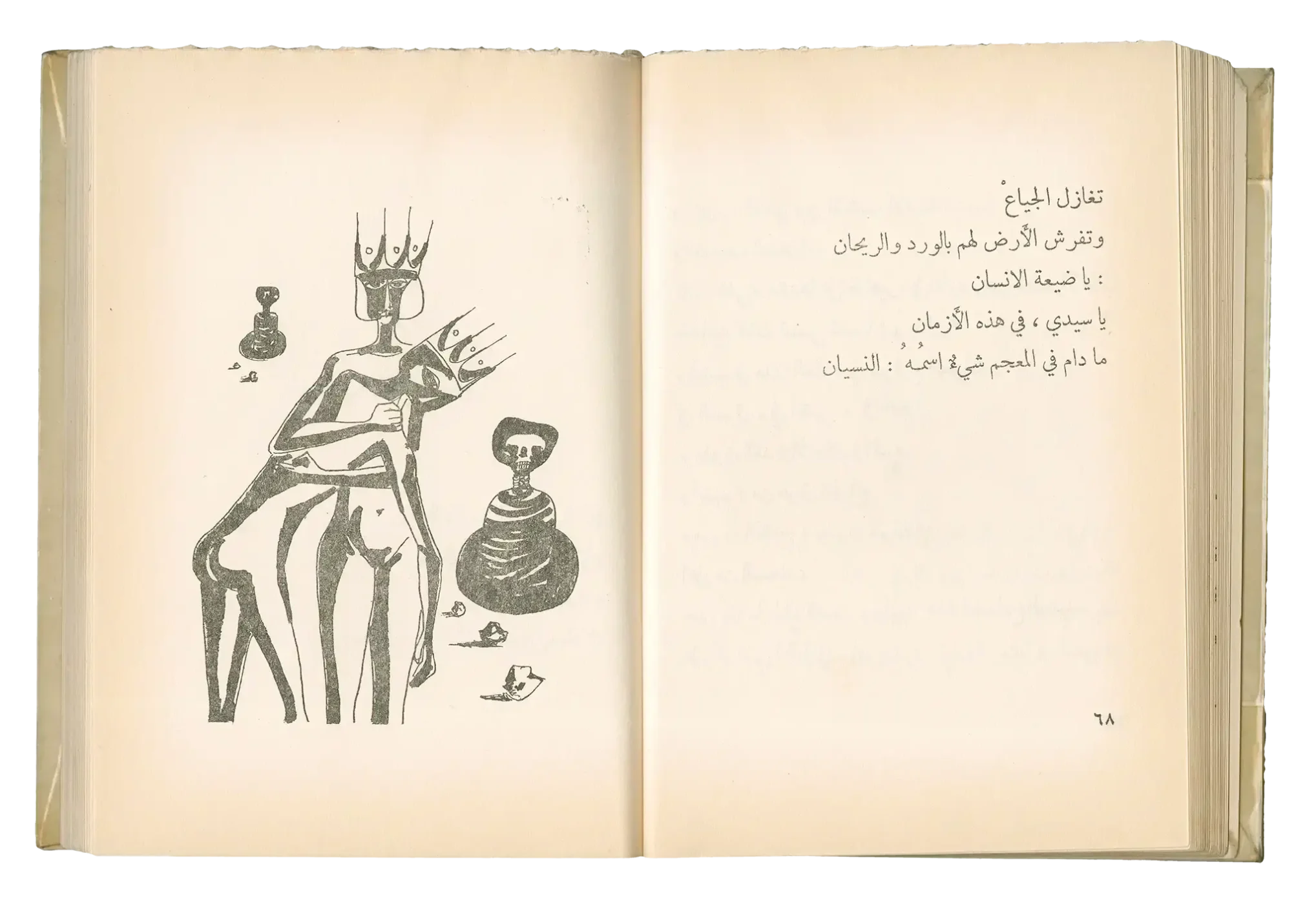
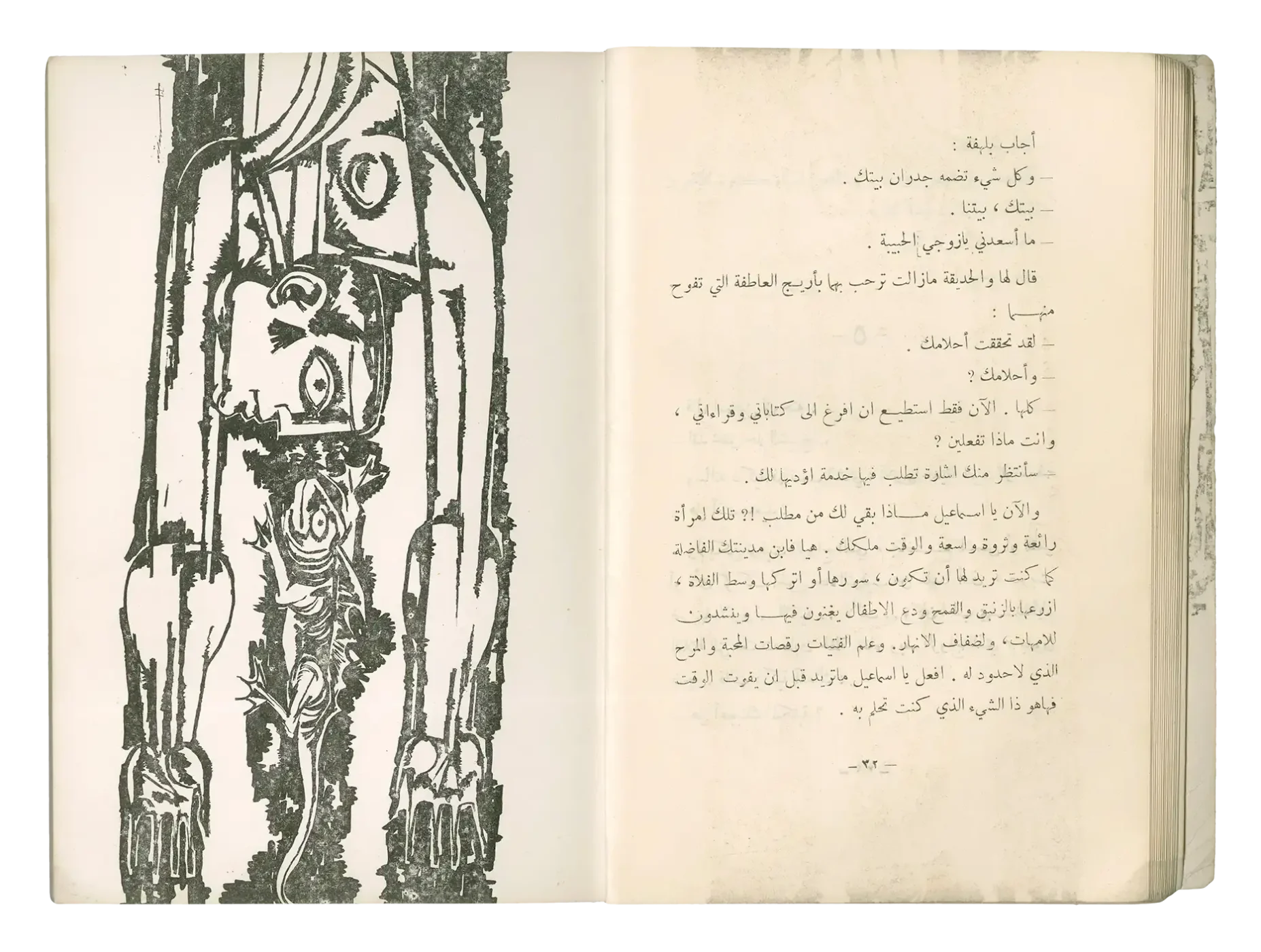
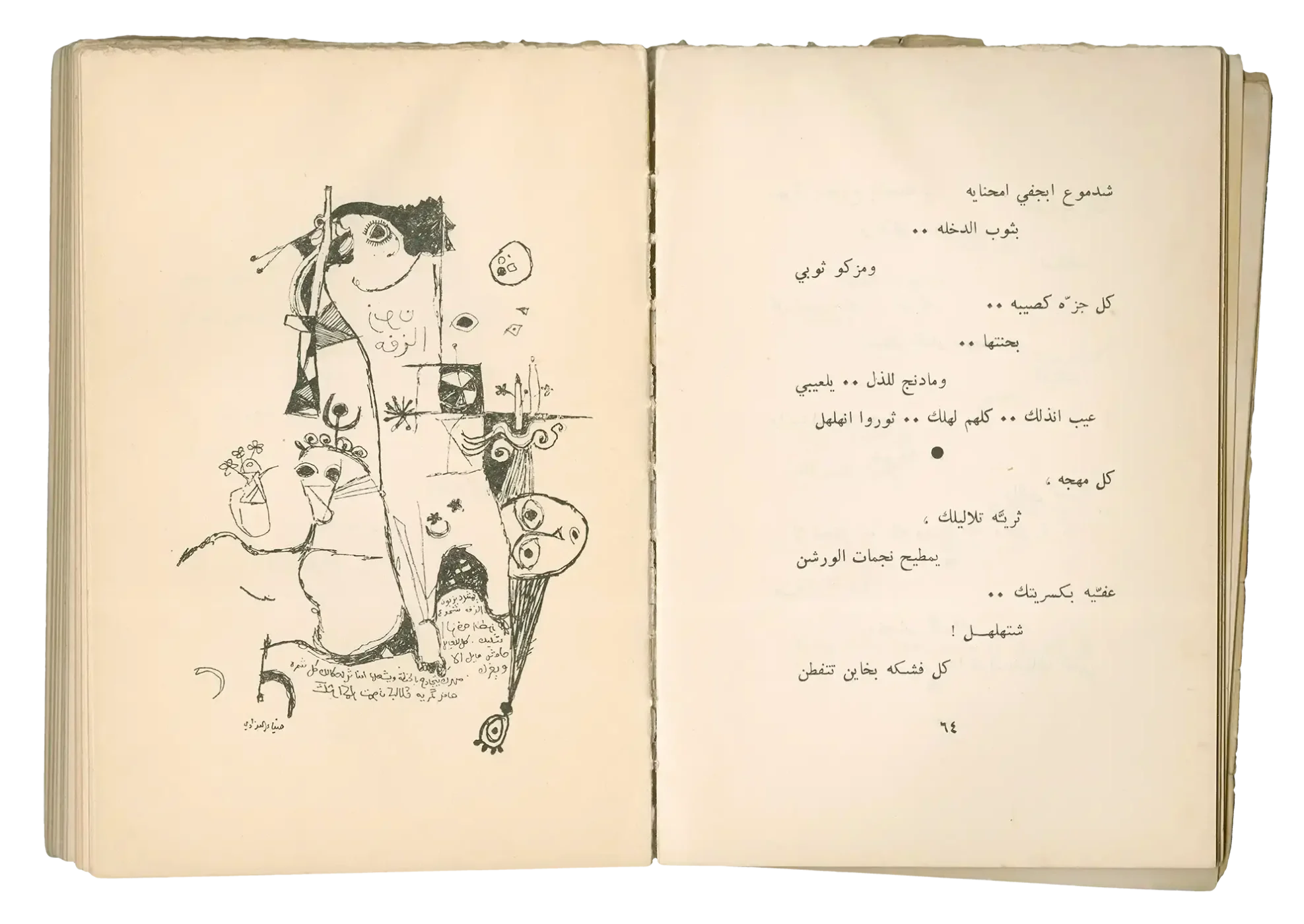
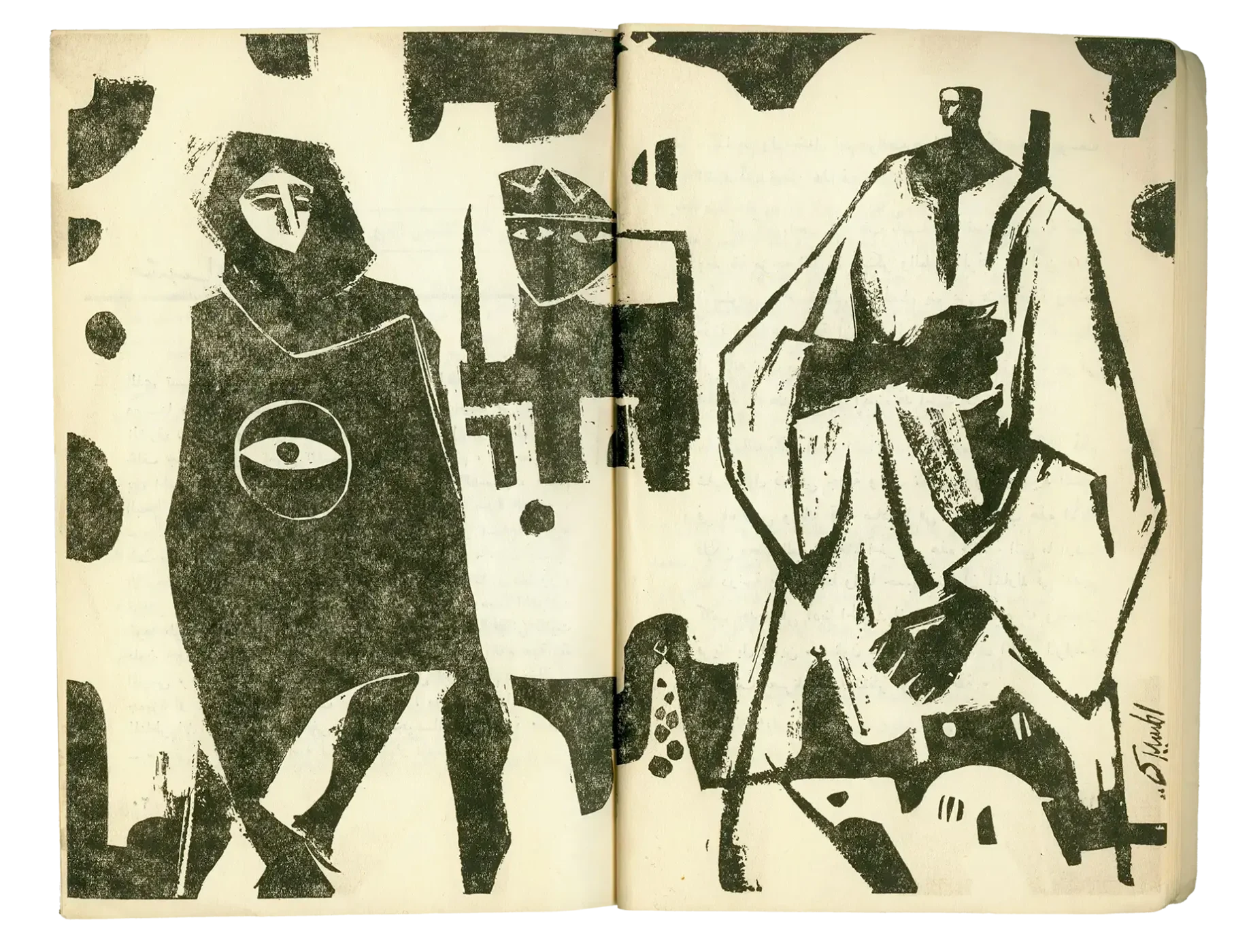
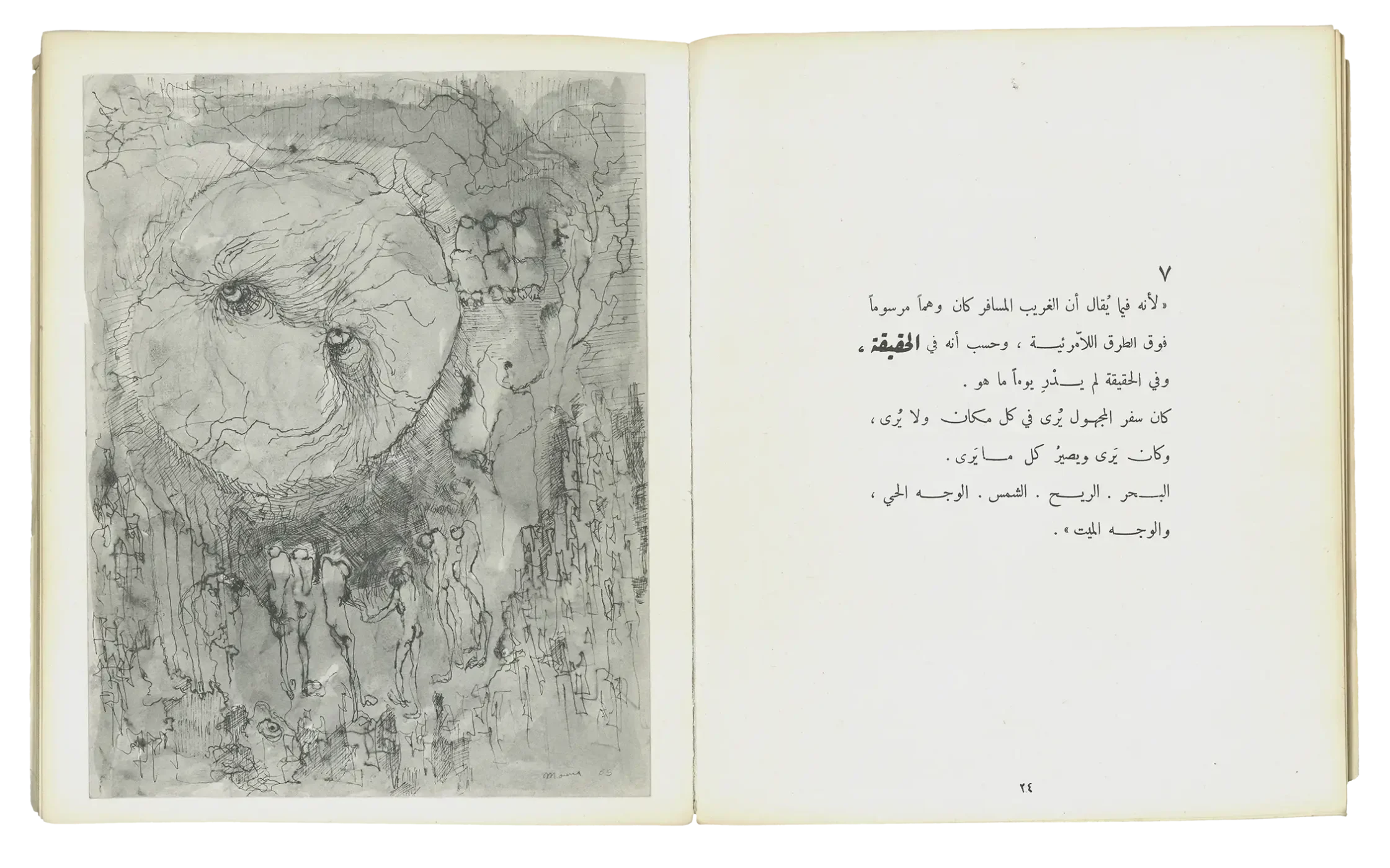
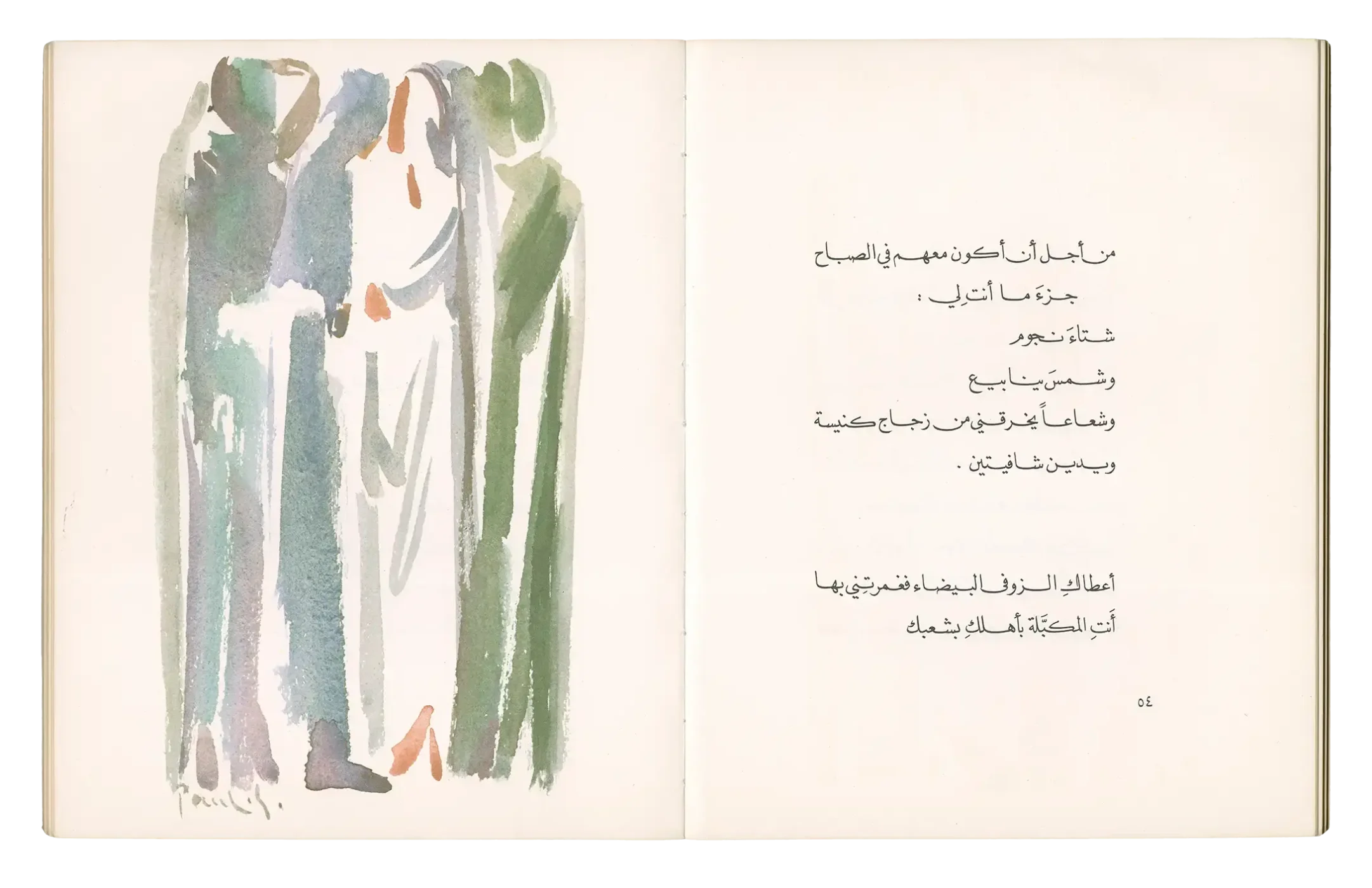
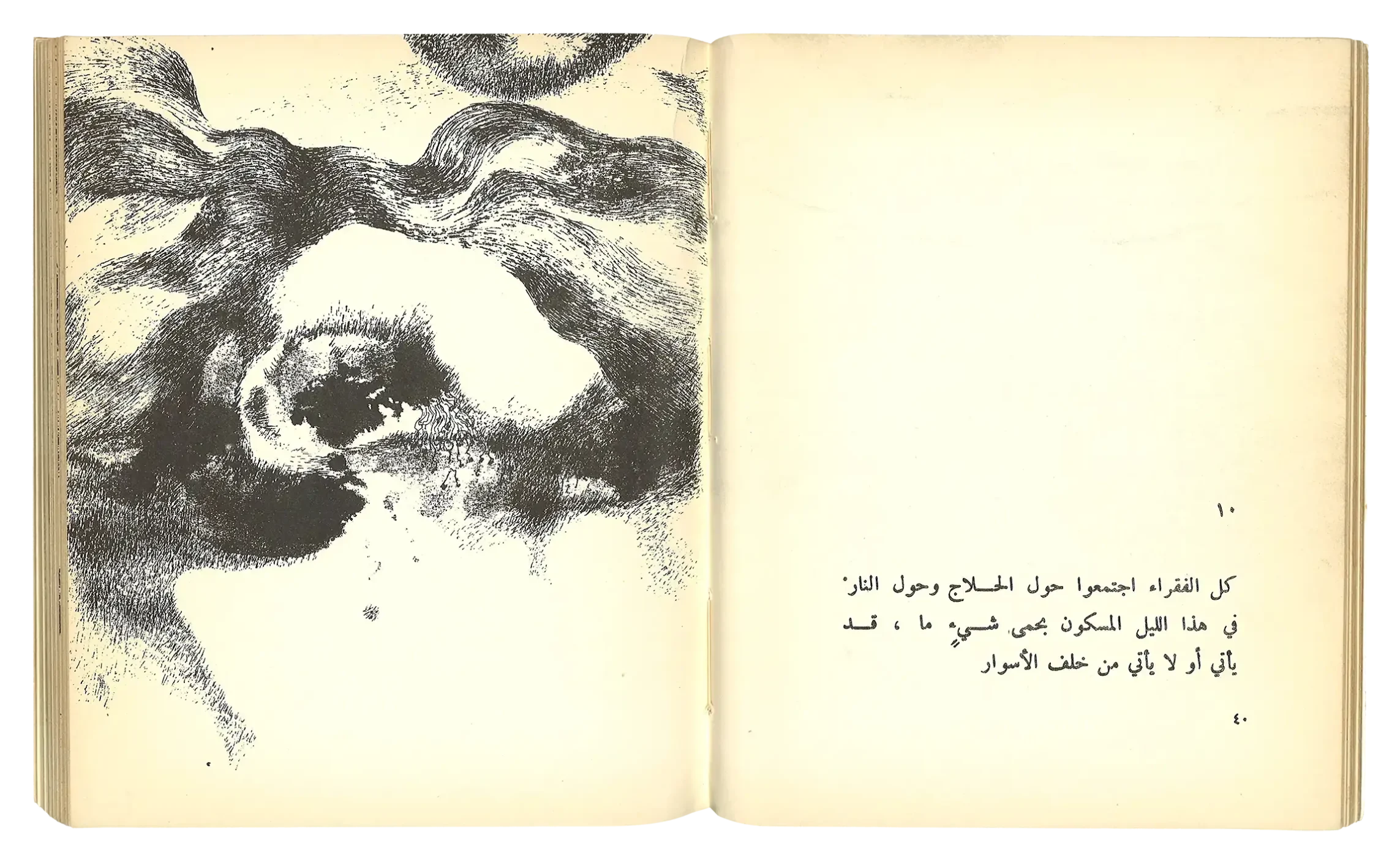
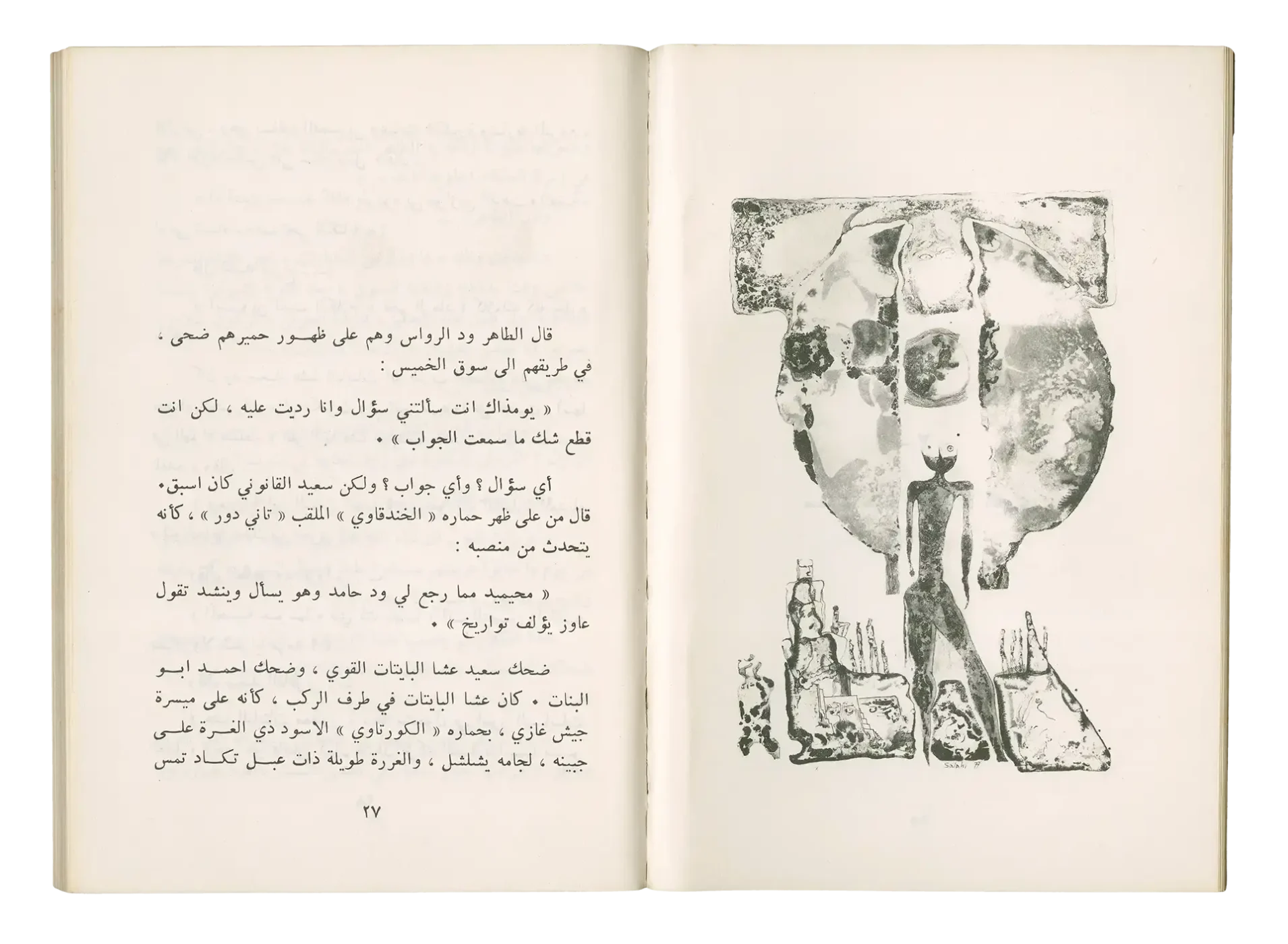
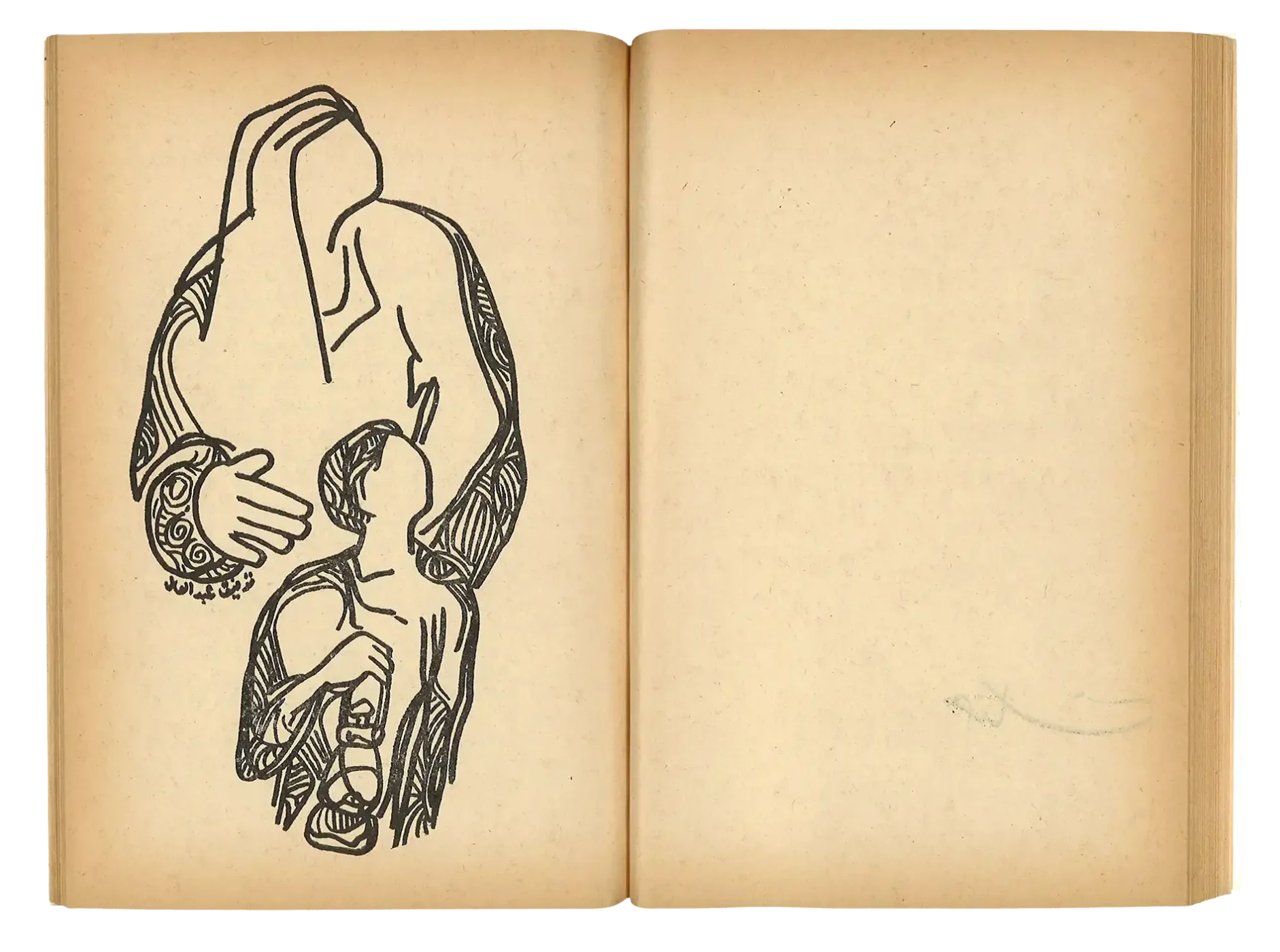
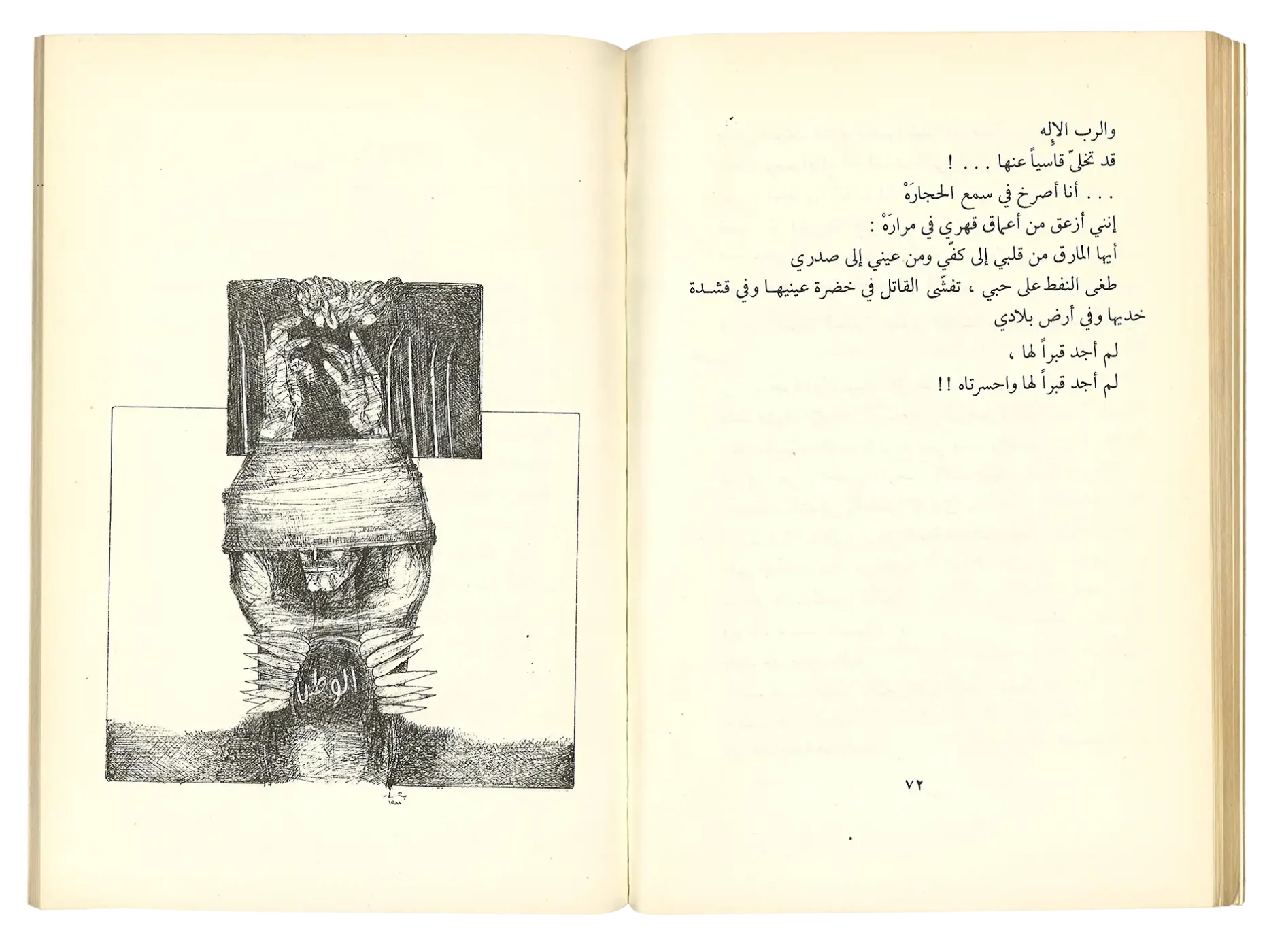
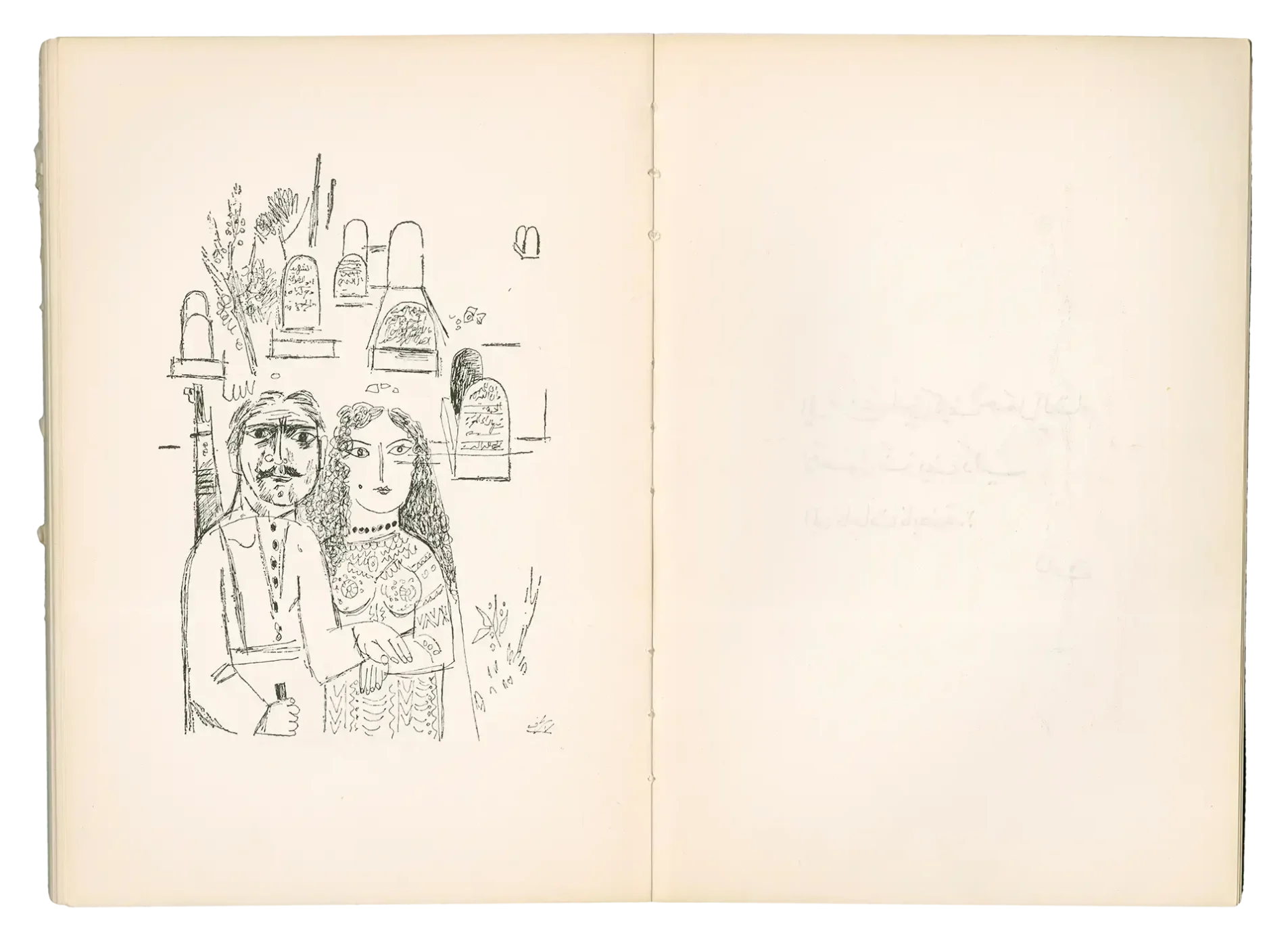
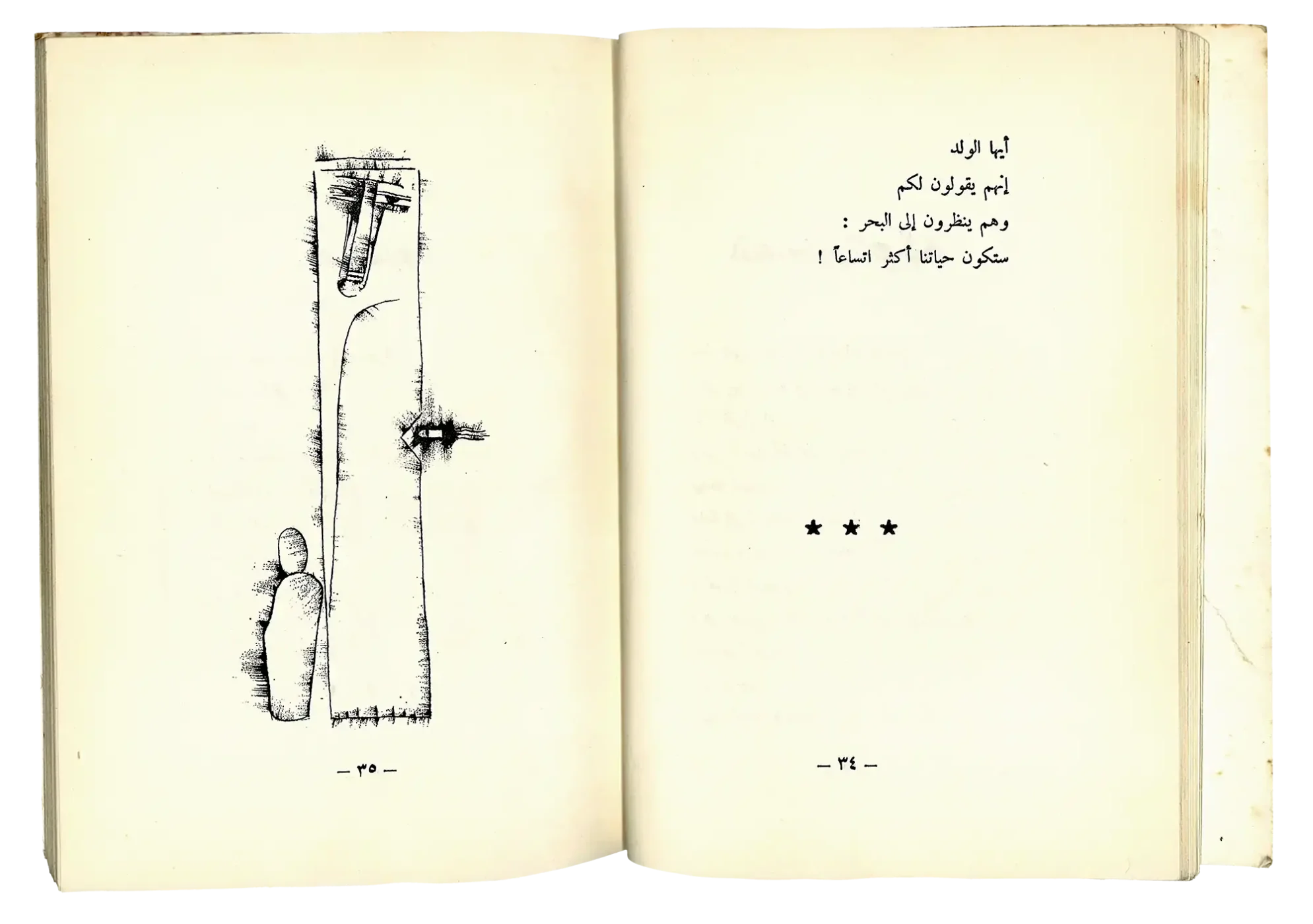
الكلمة كصورة
Word as Image
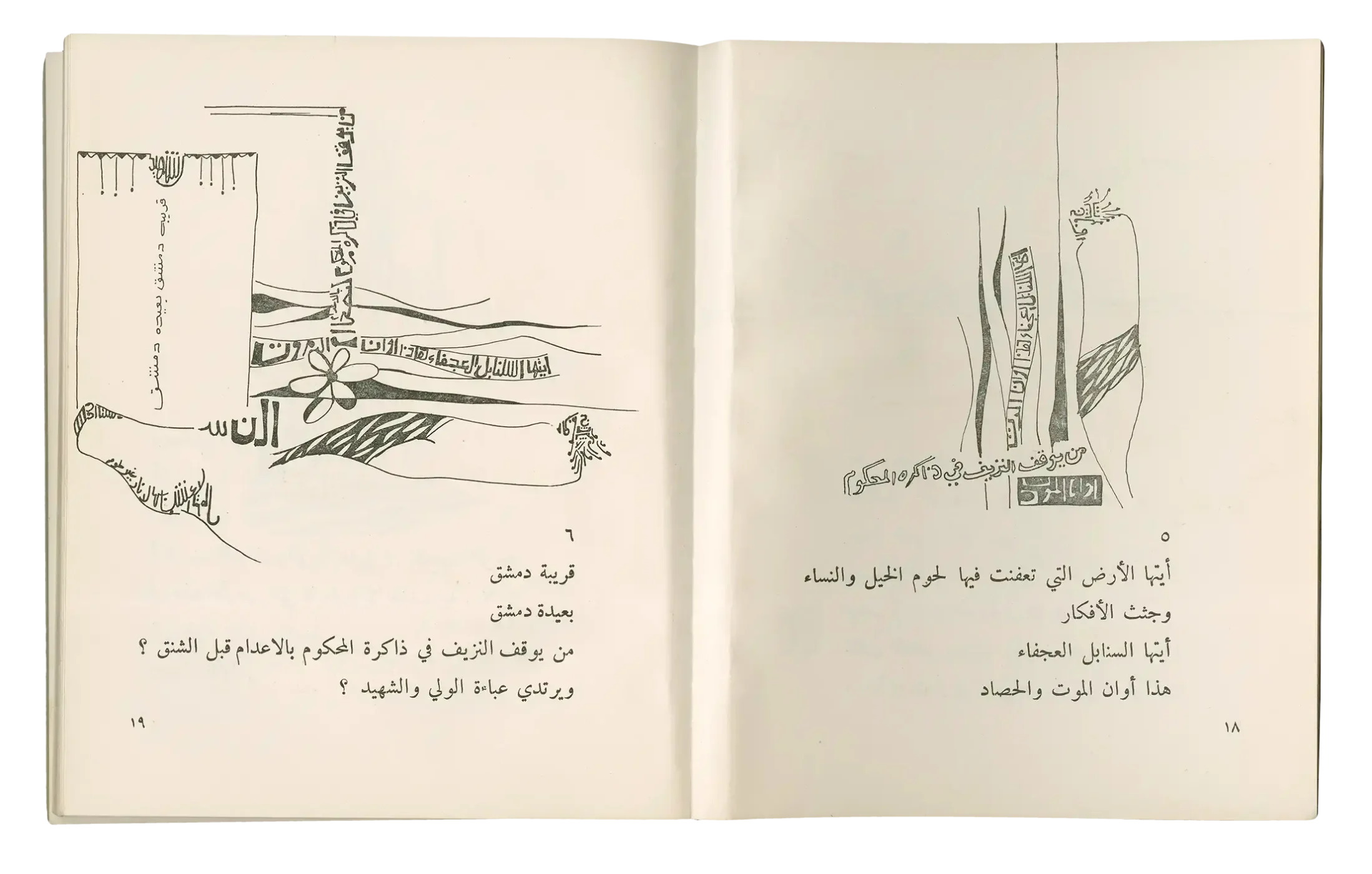
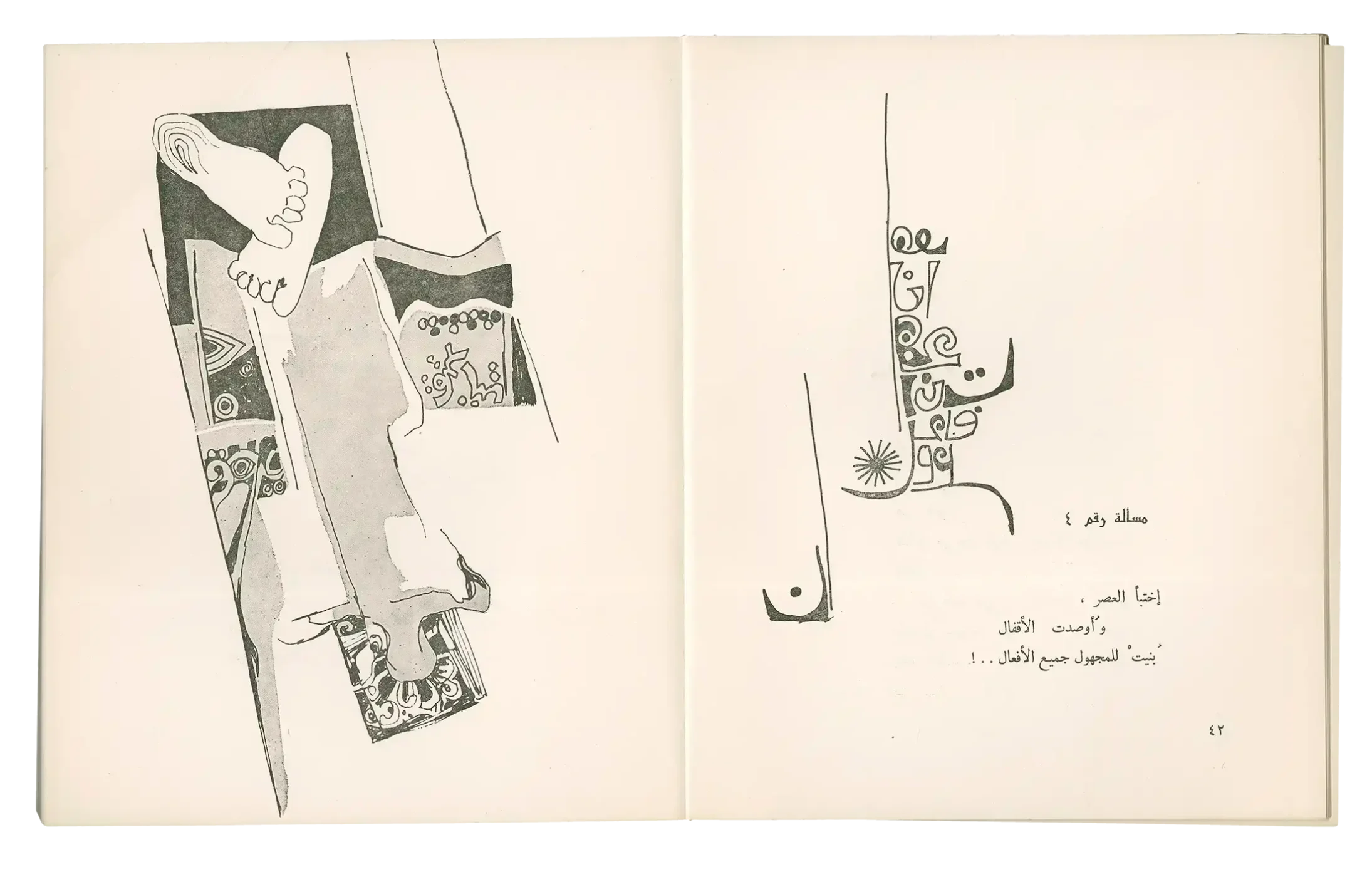
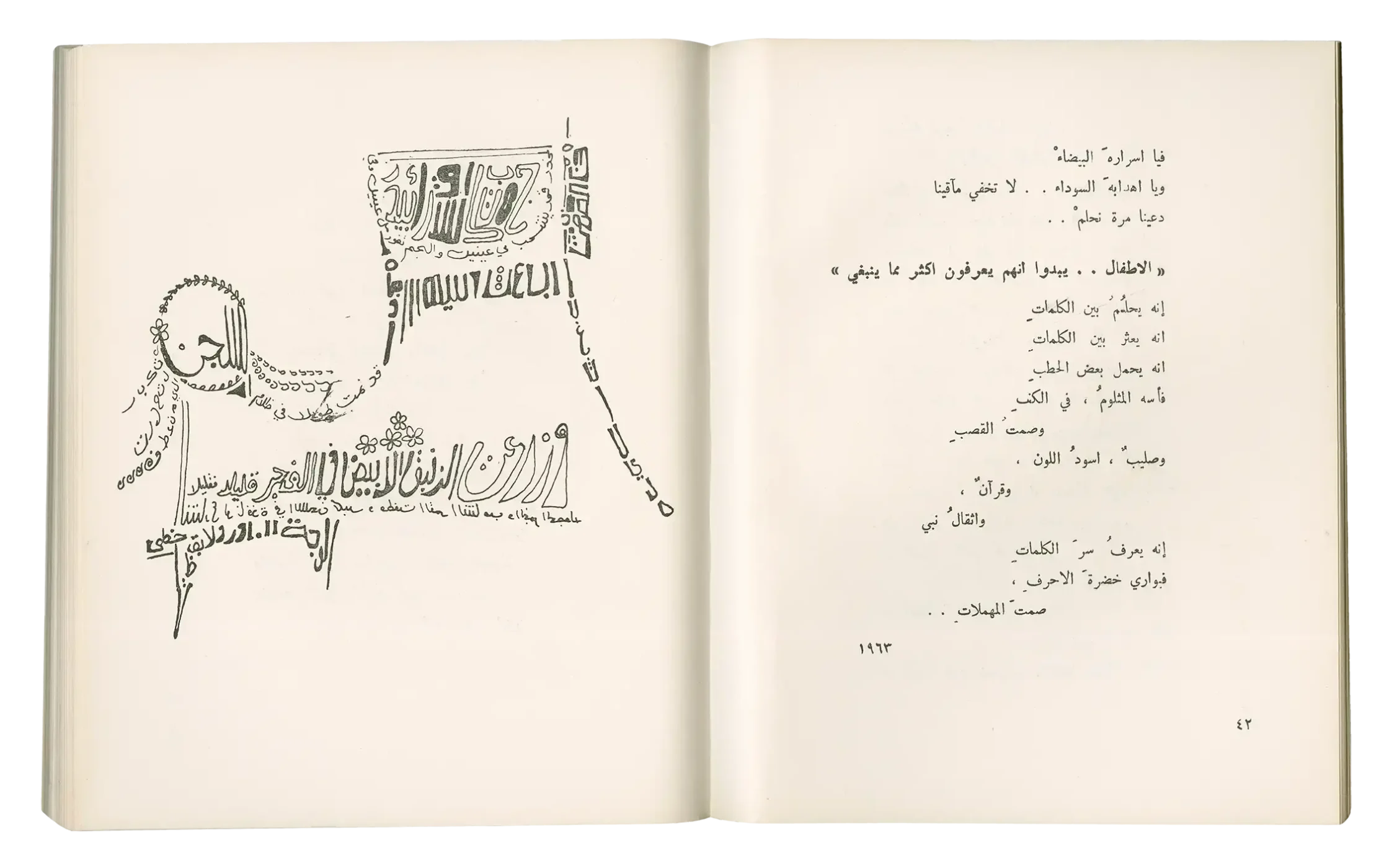
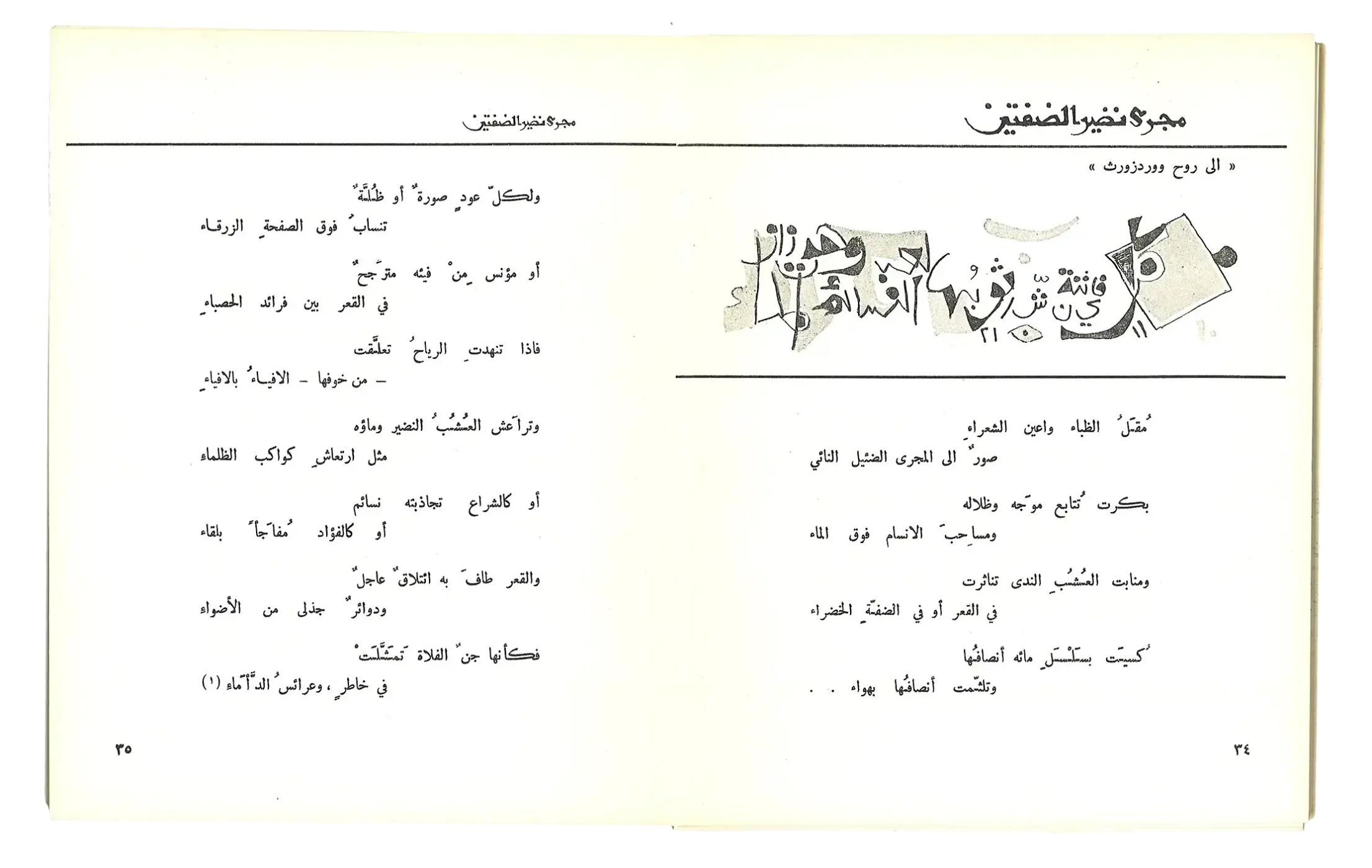
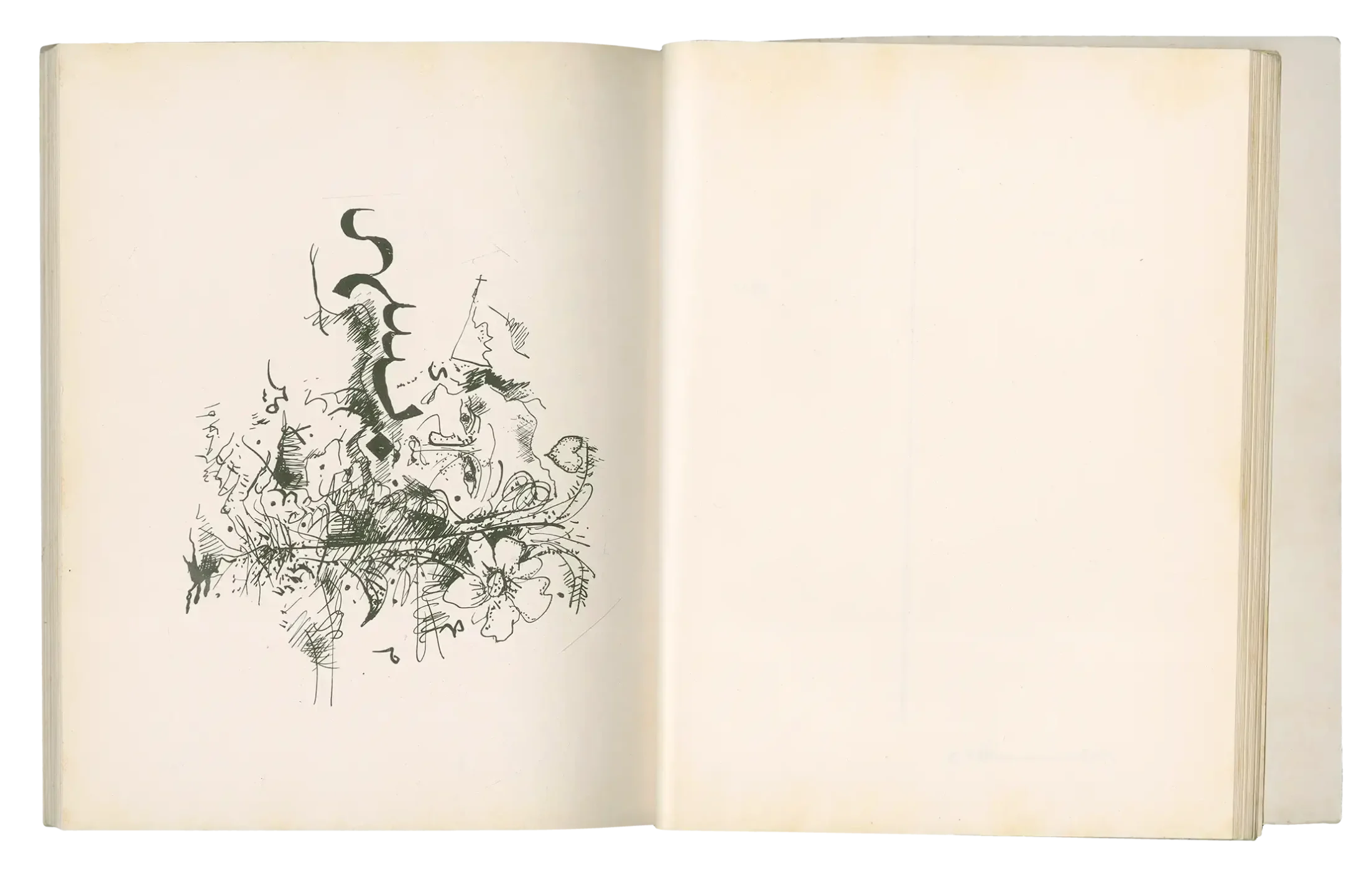
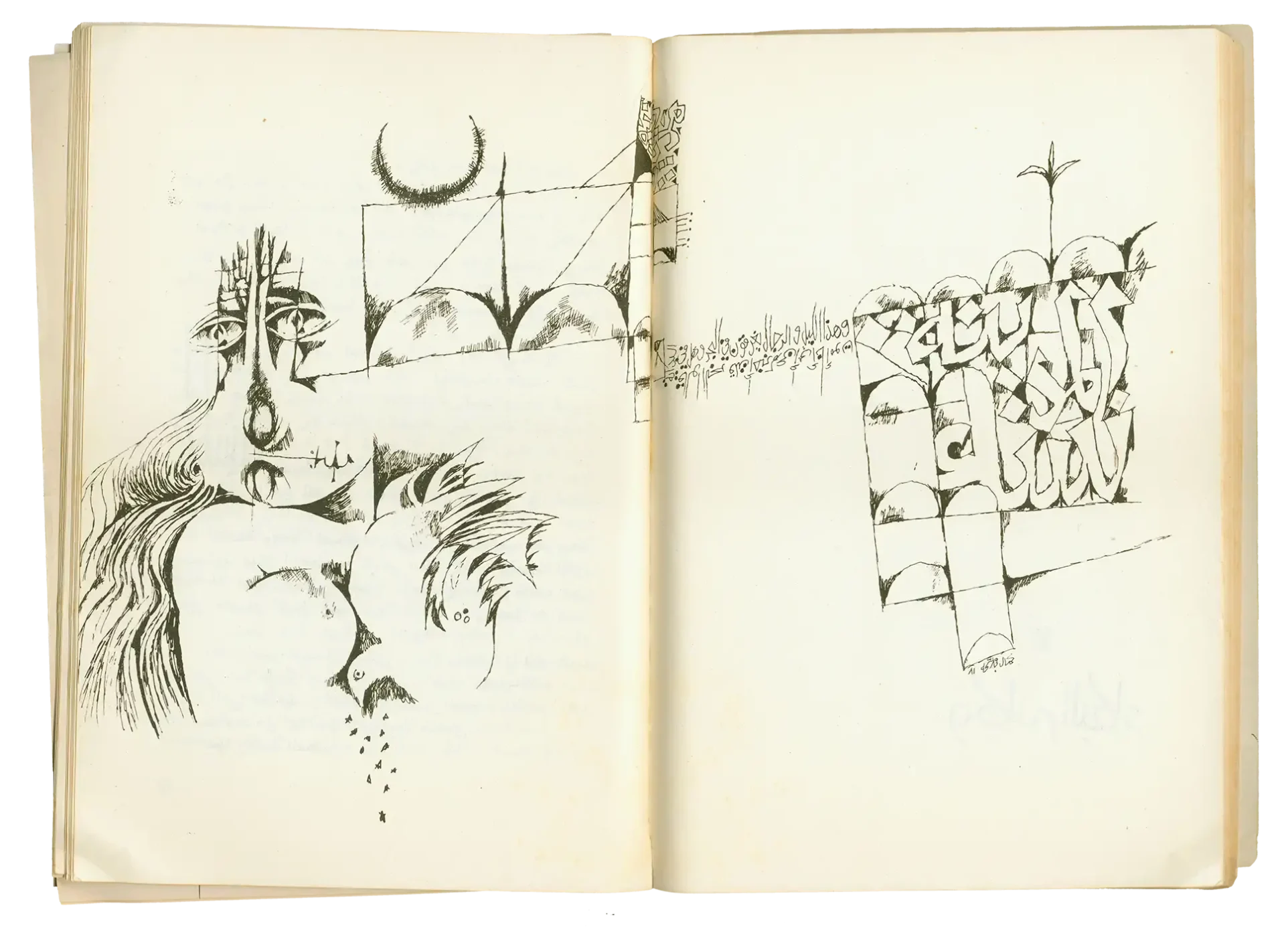
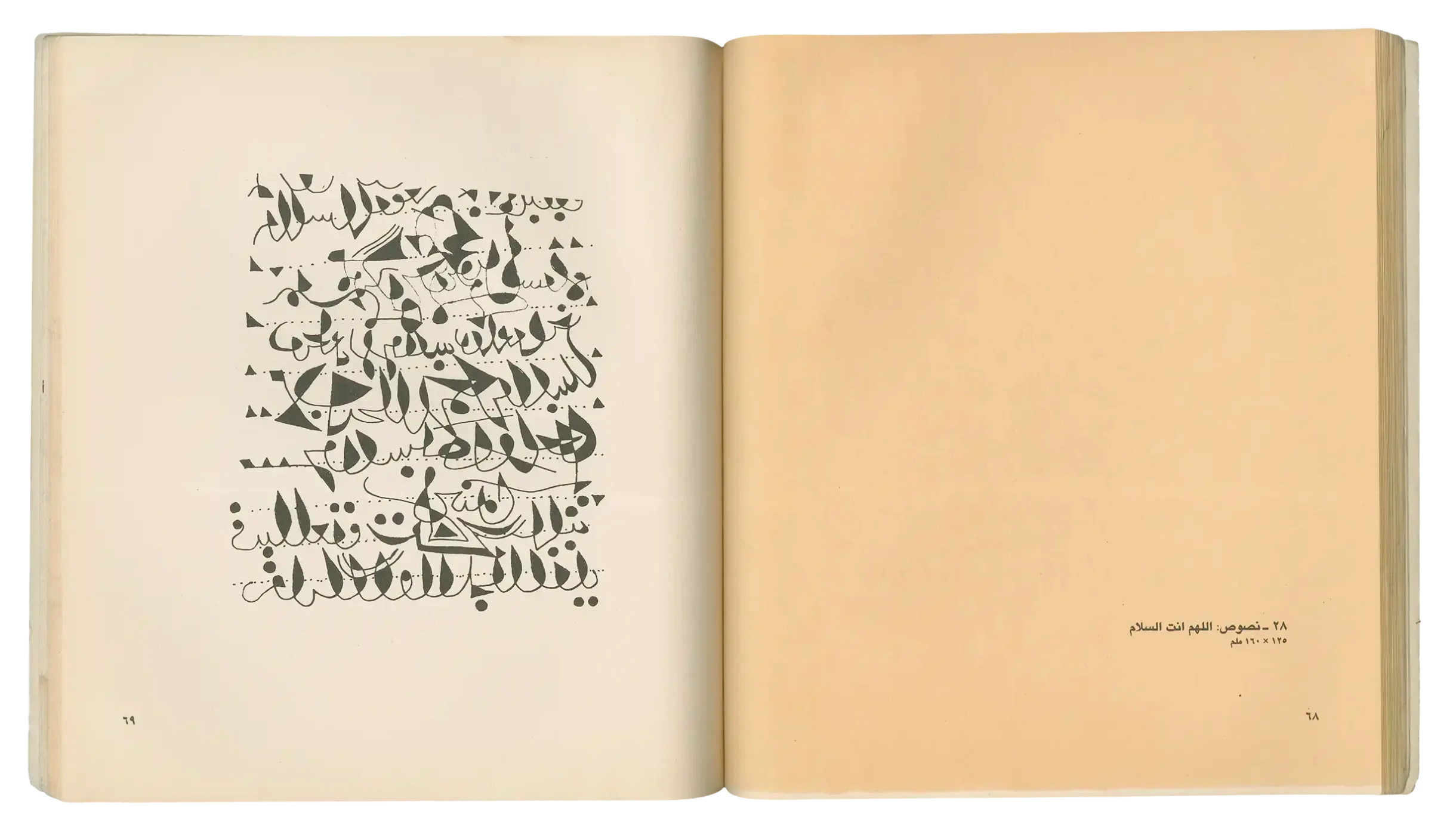
الكتاب كعمل فنّي
Bookwork
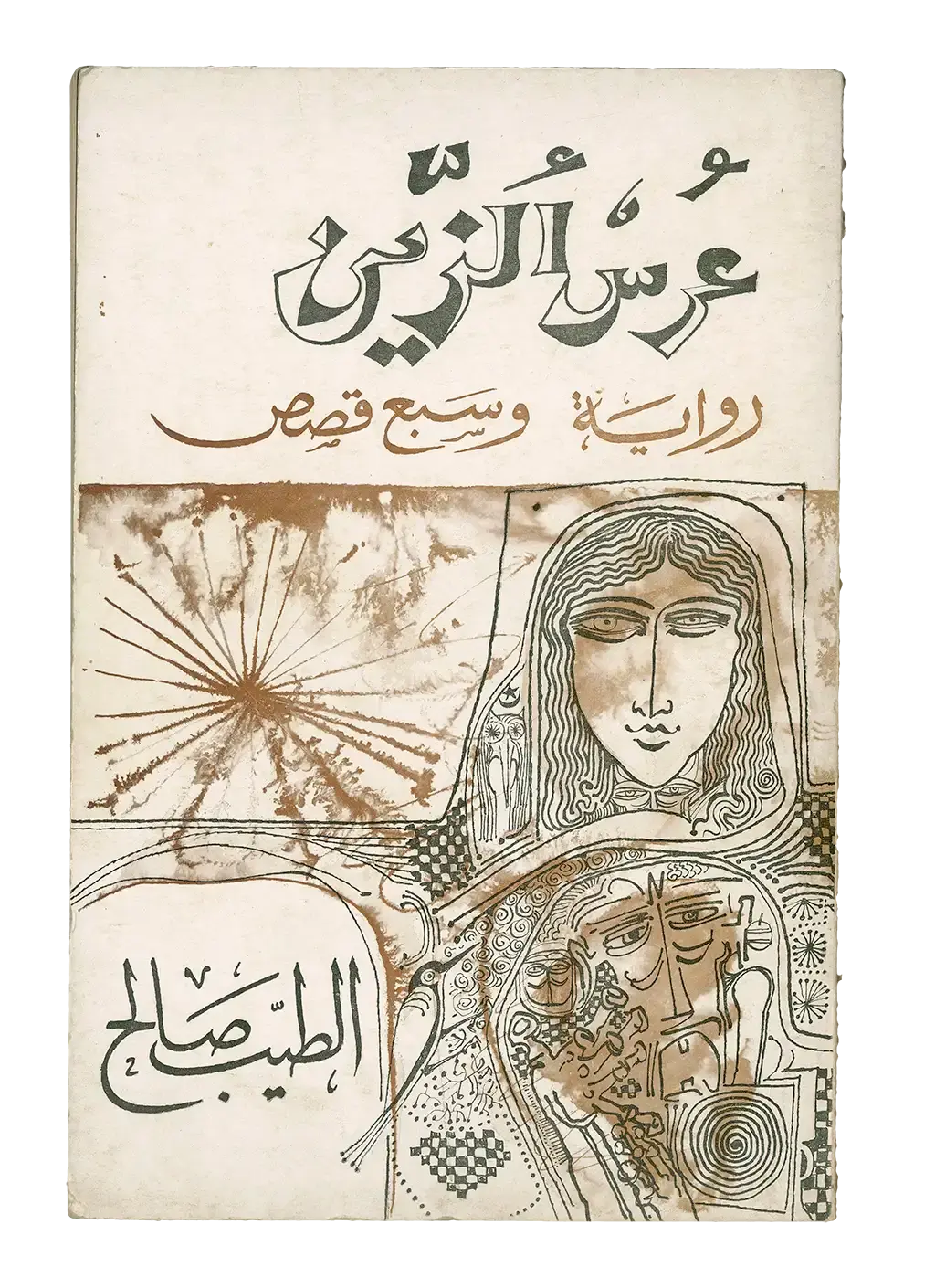
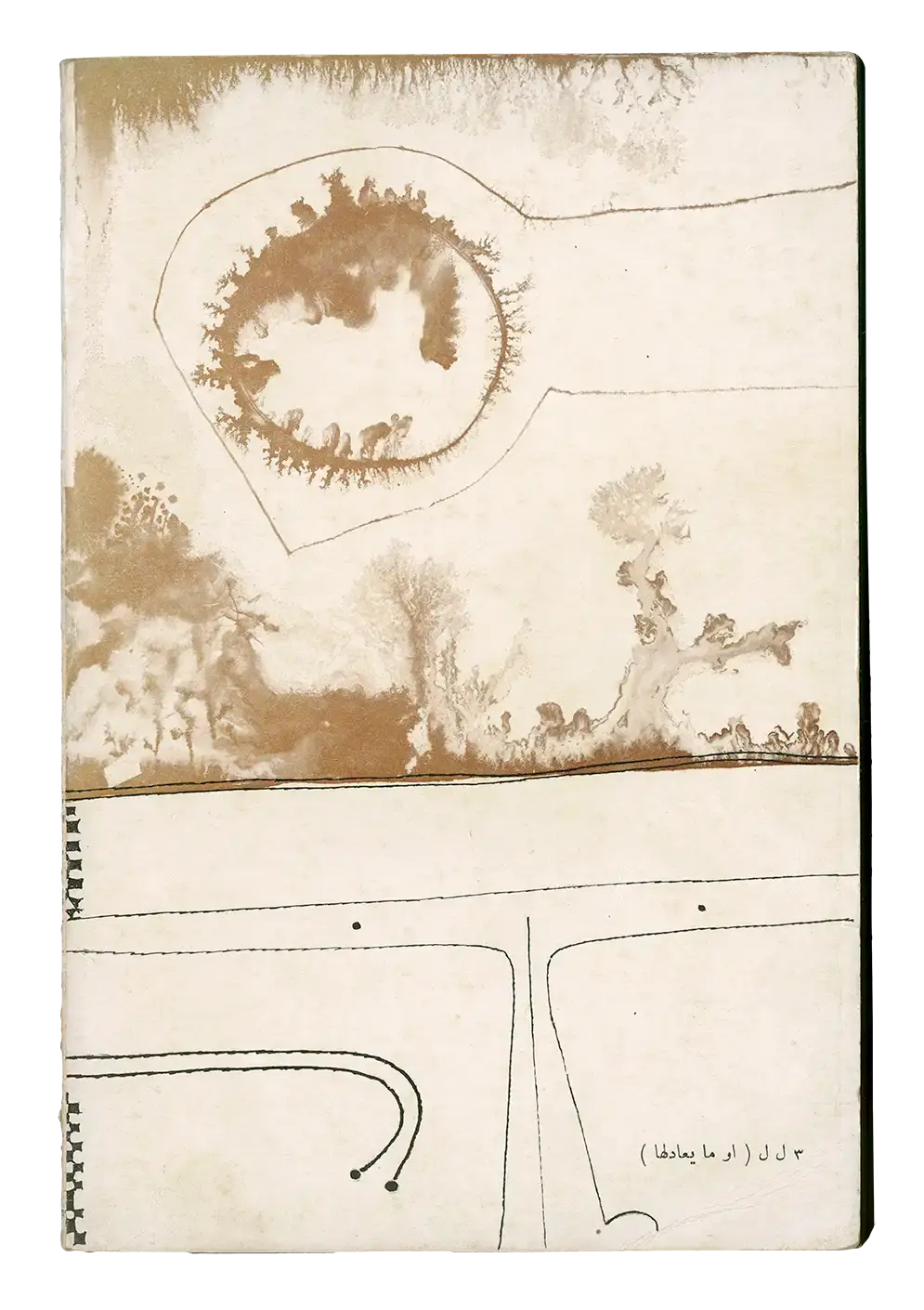
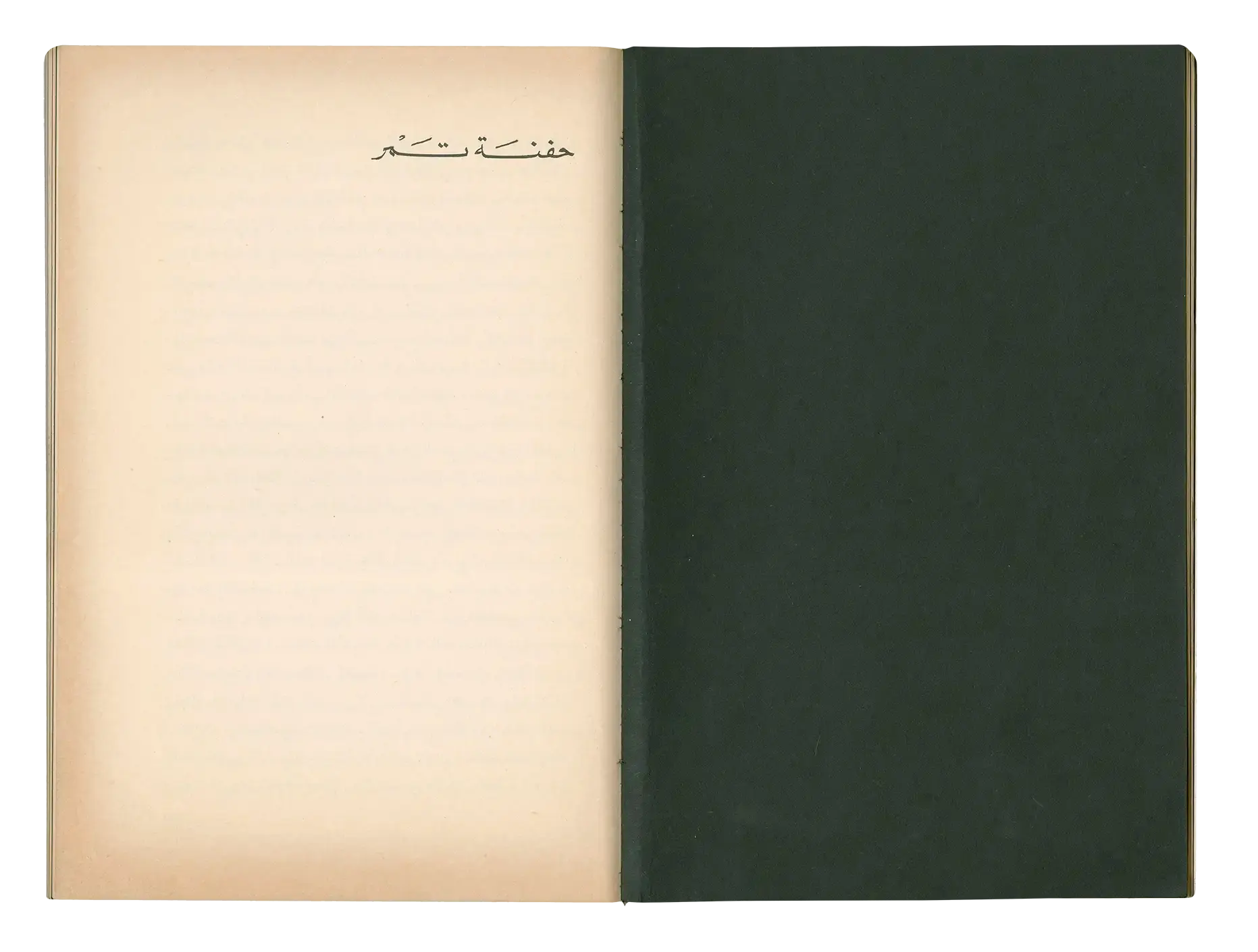
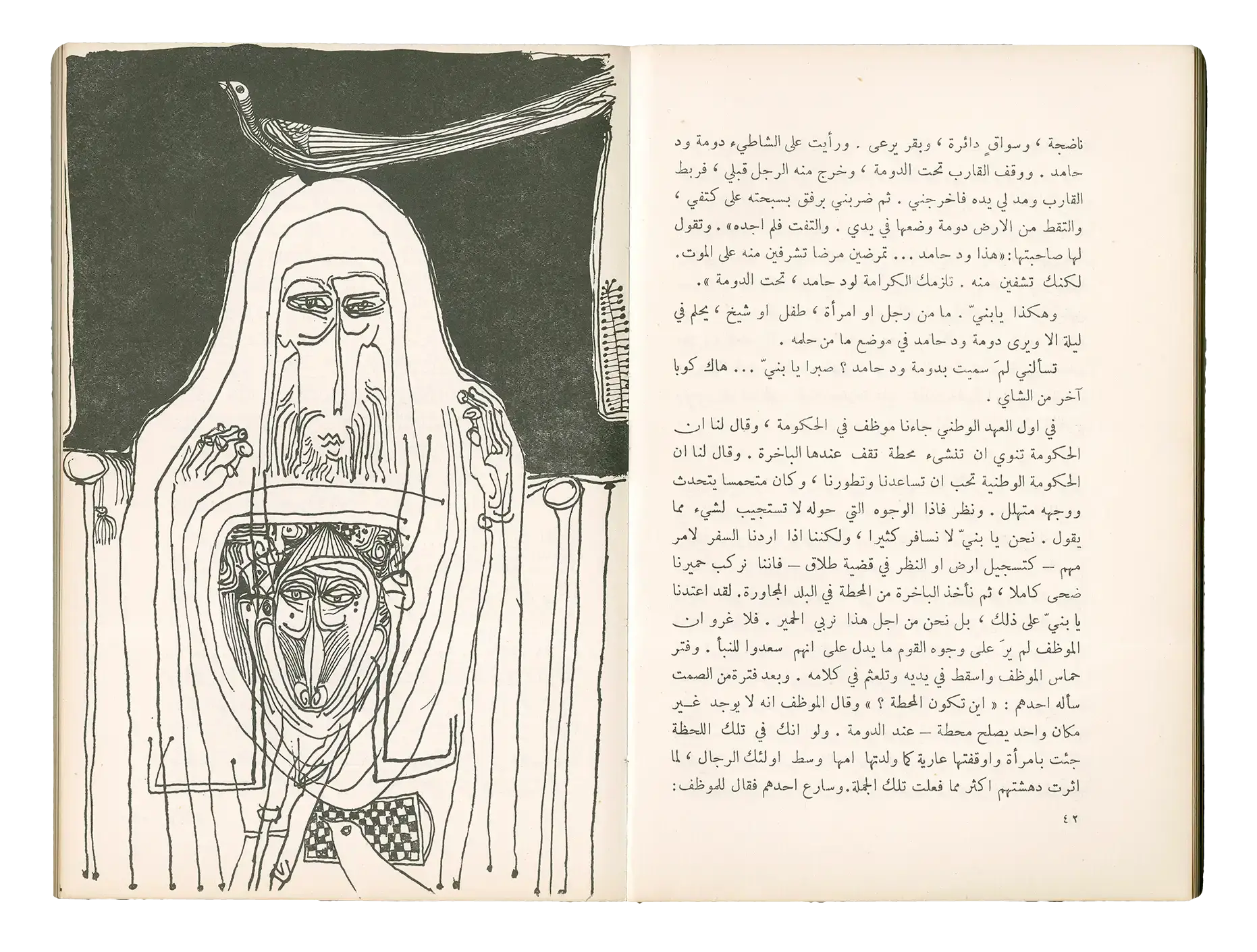
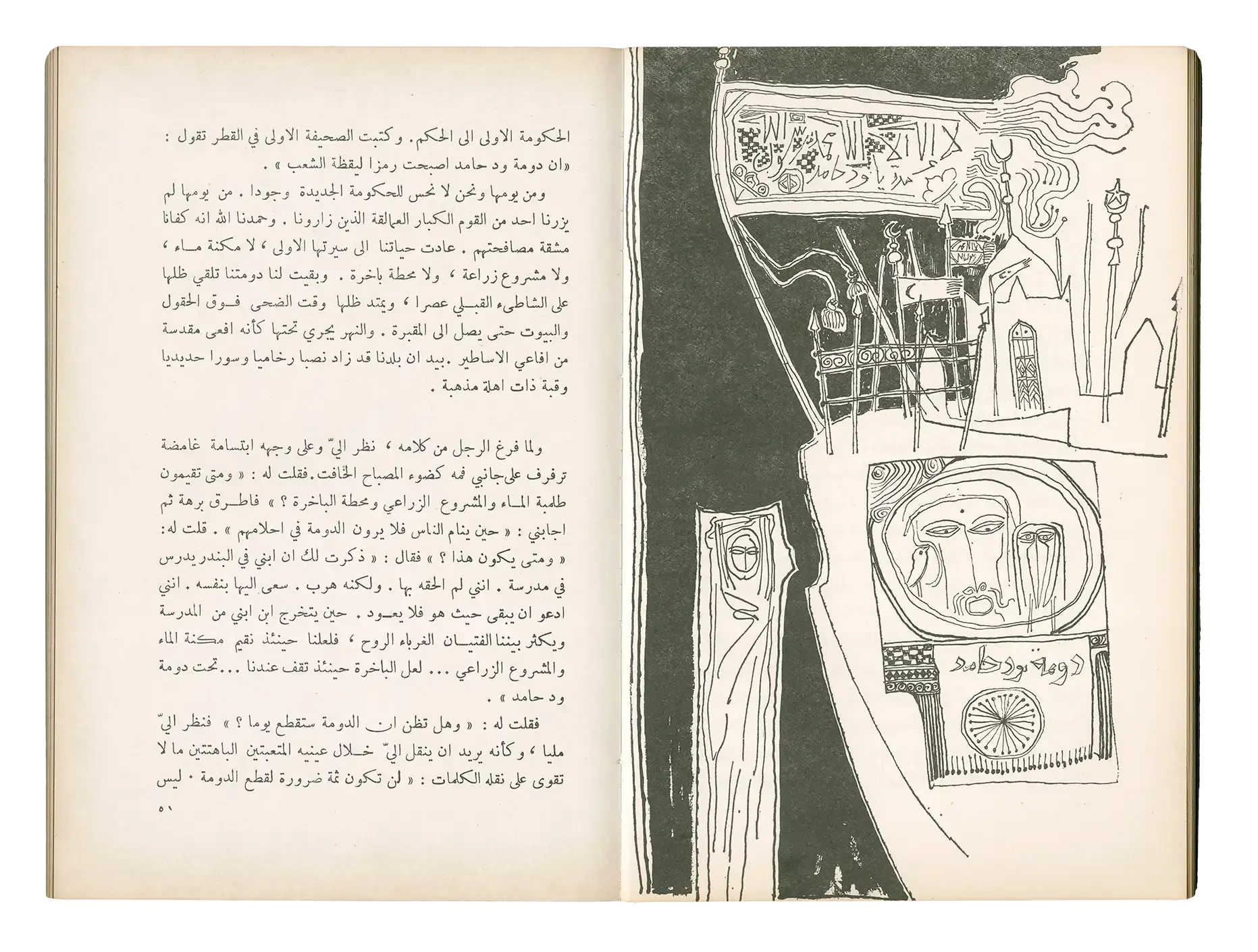
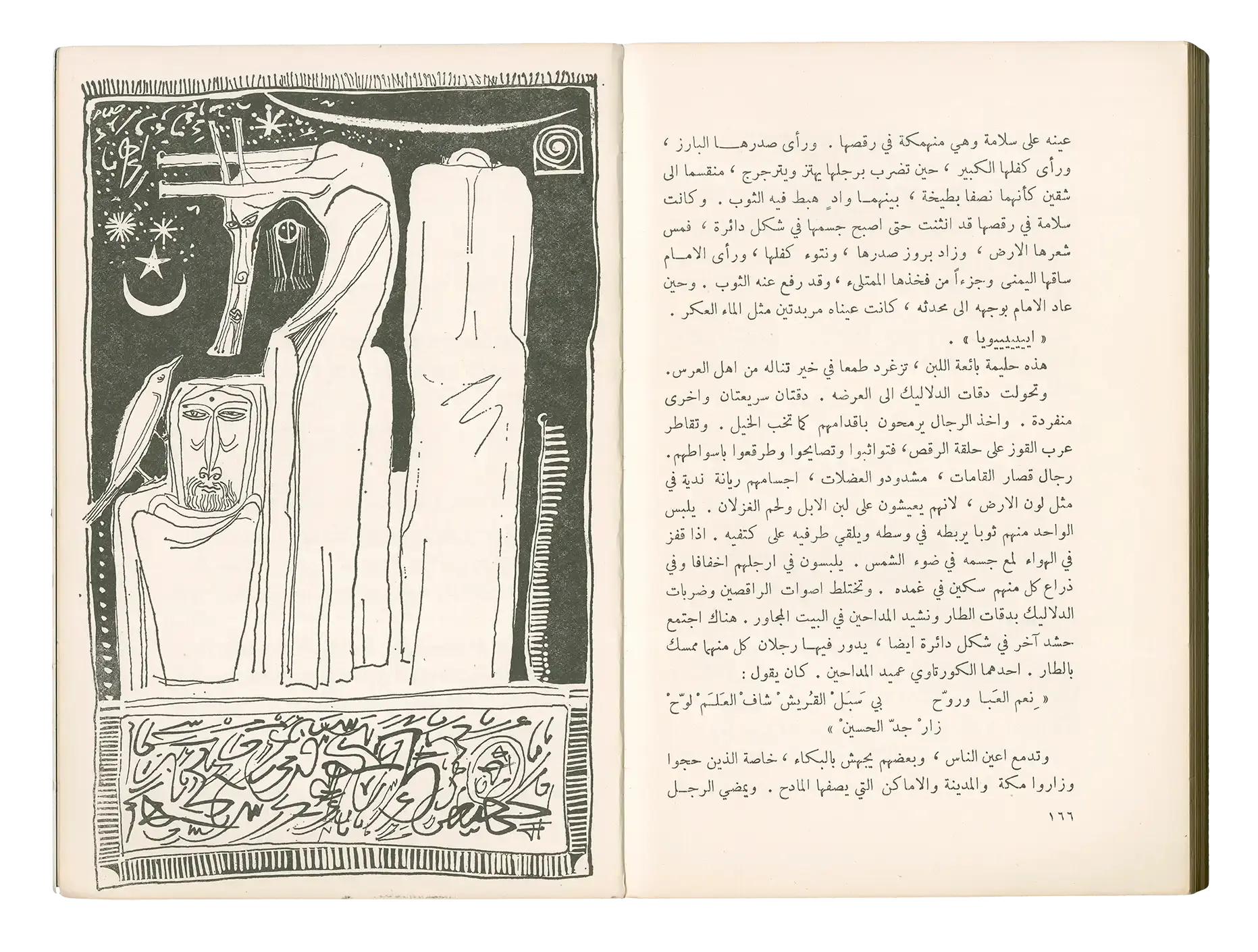
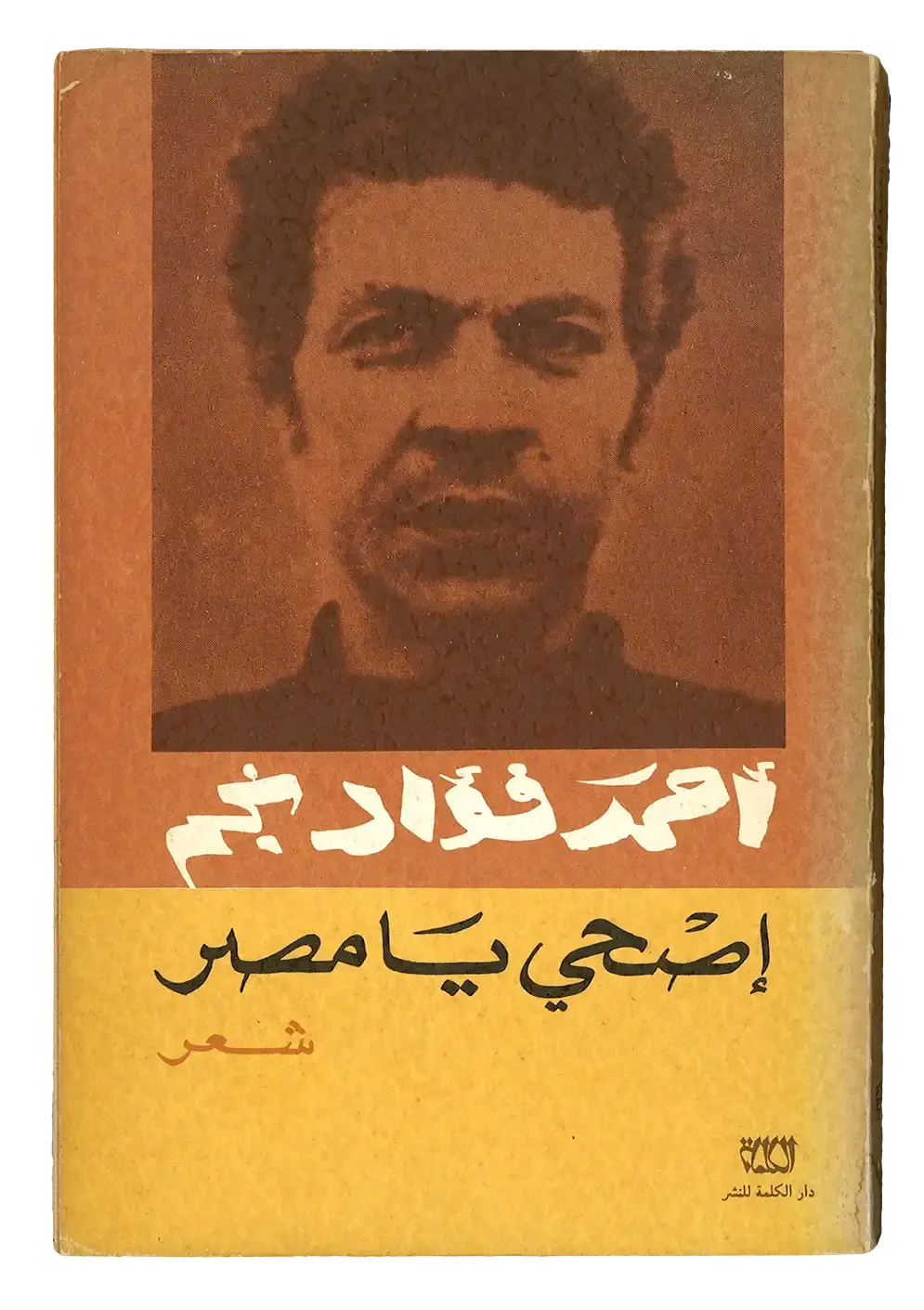
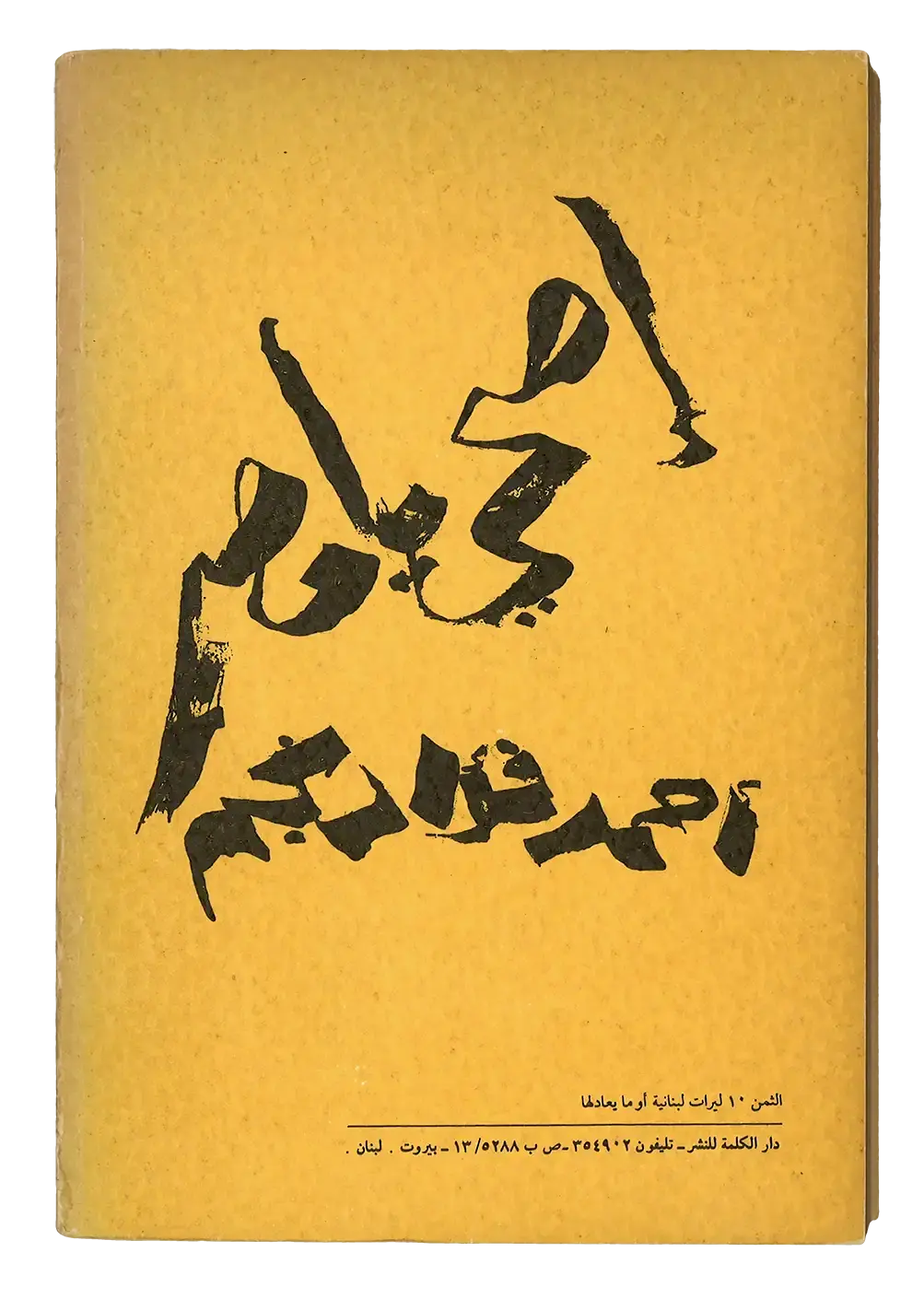
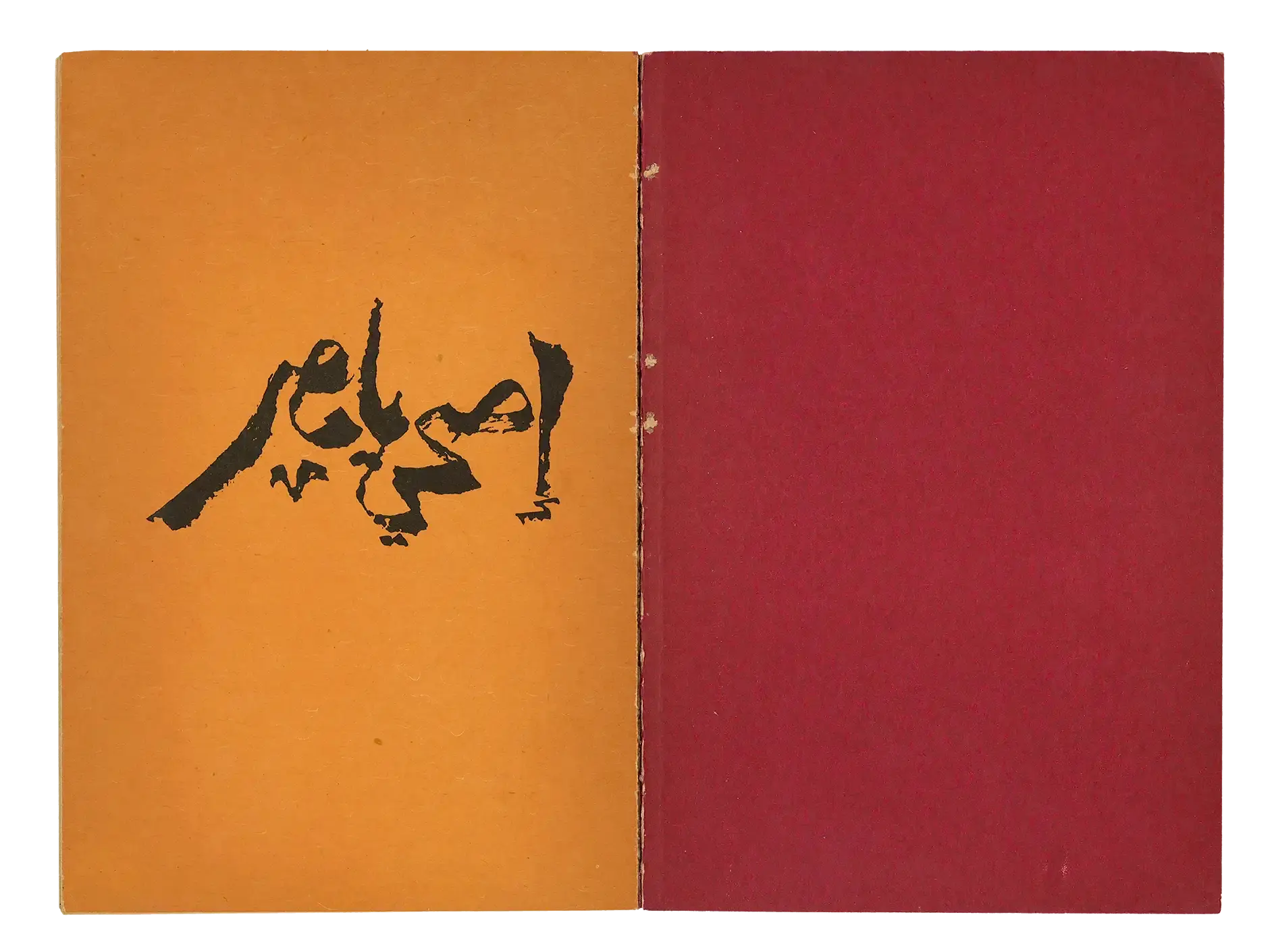
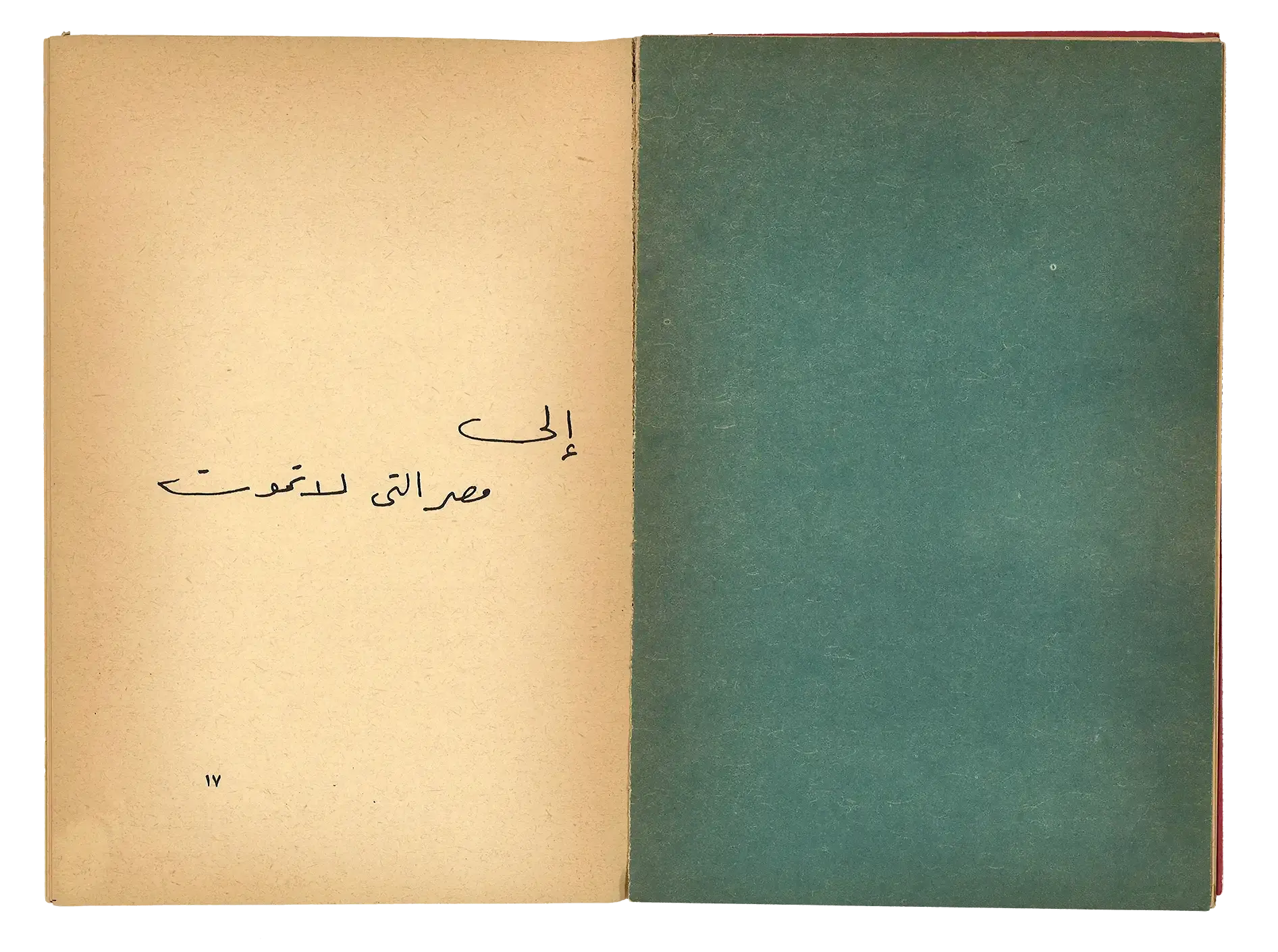
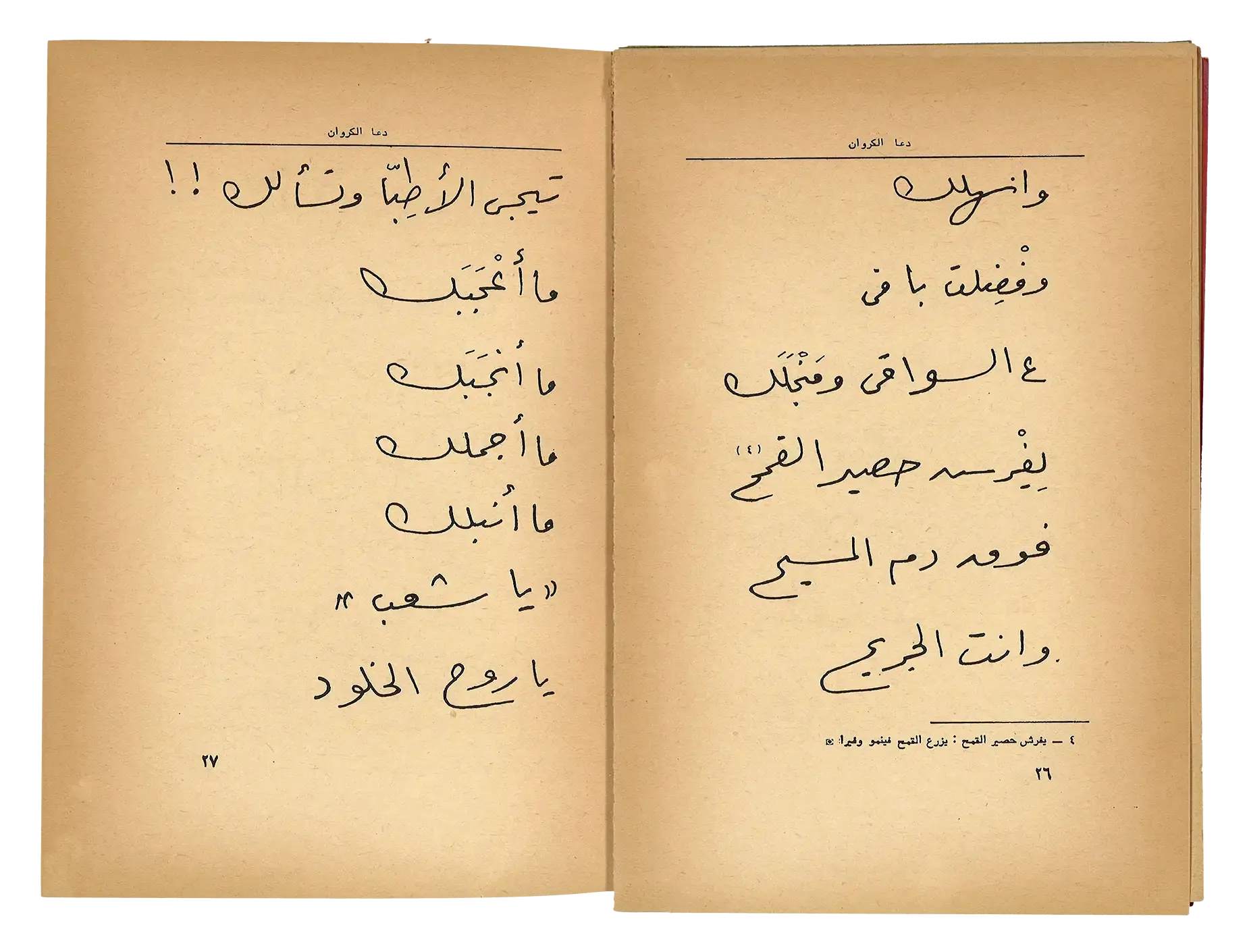
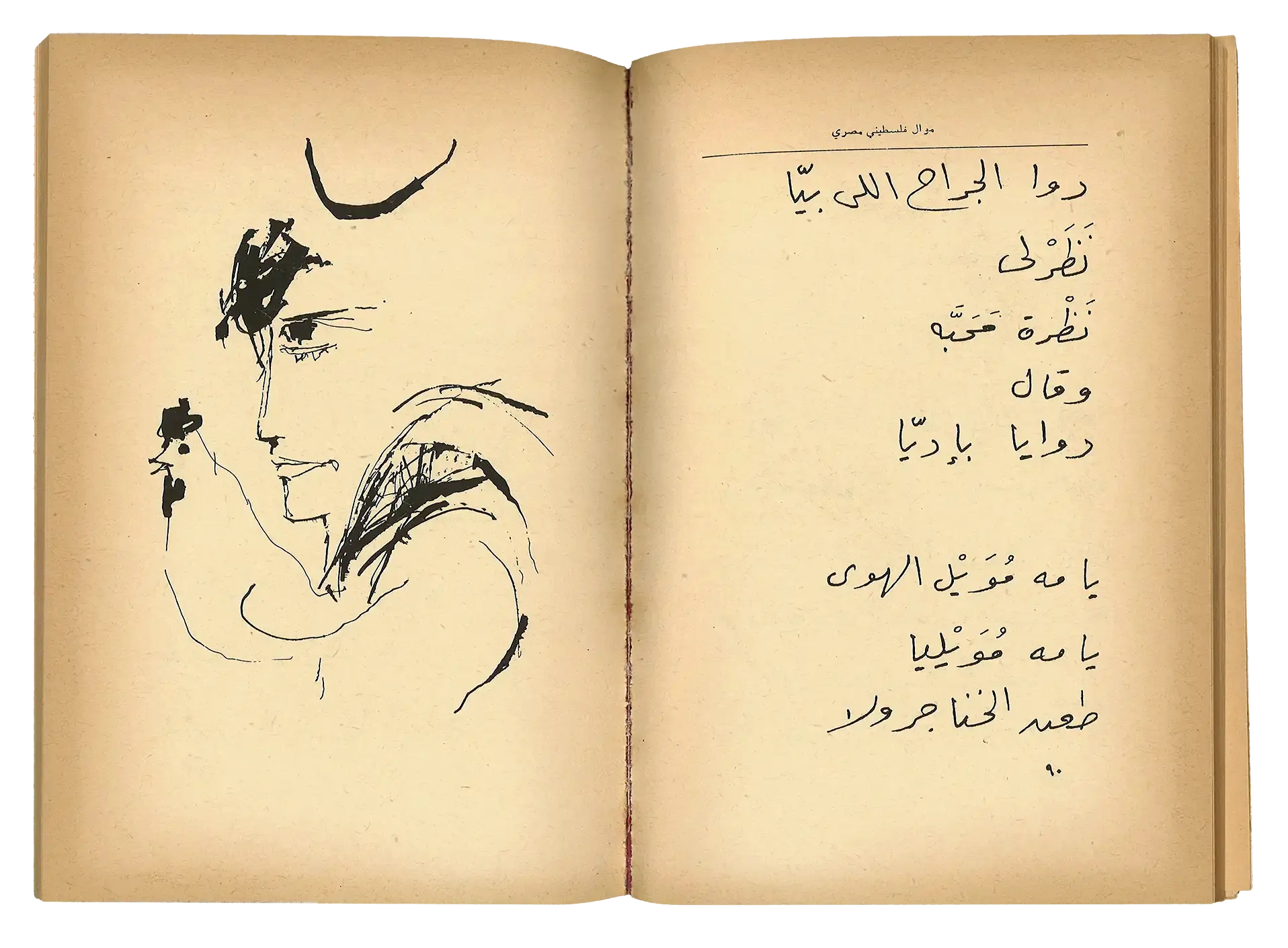
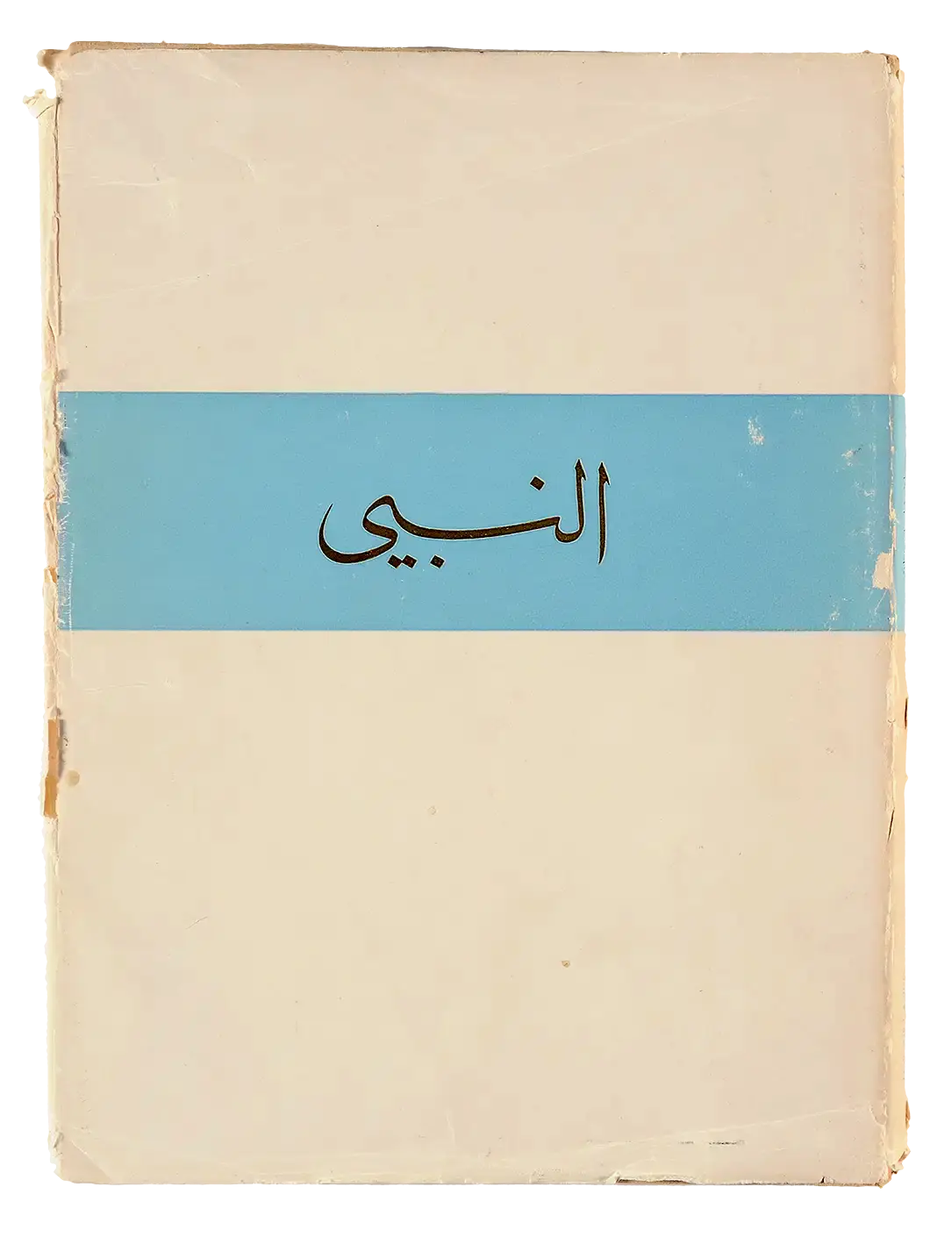
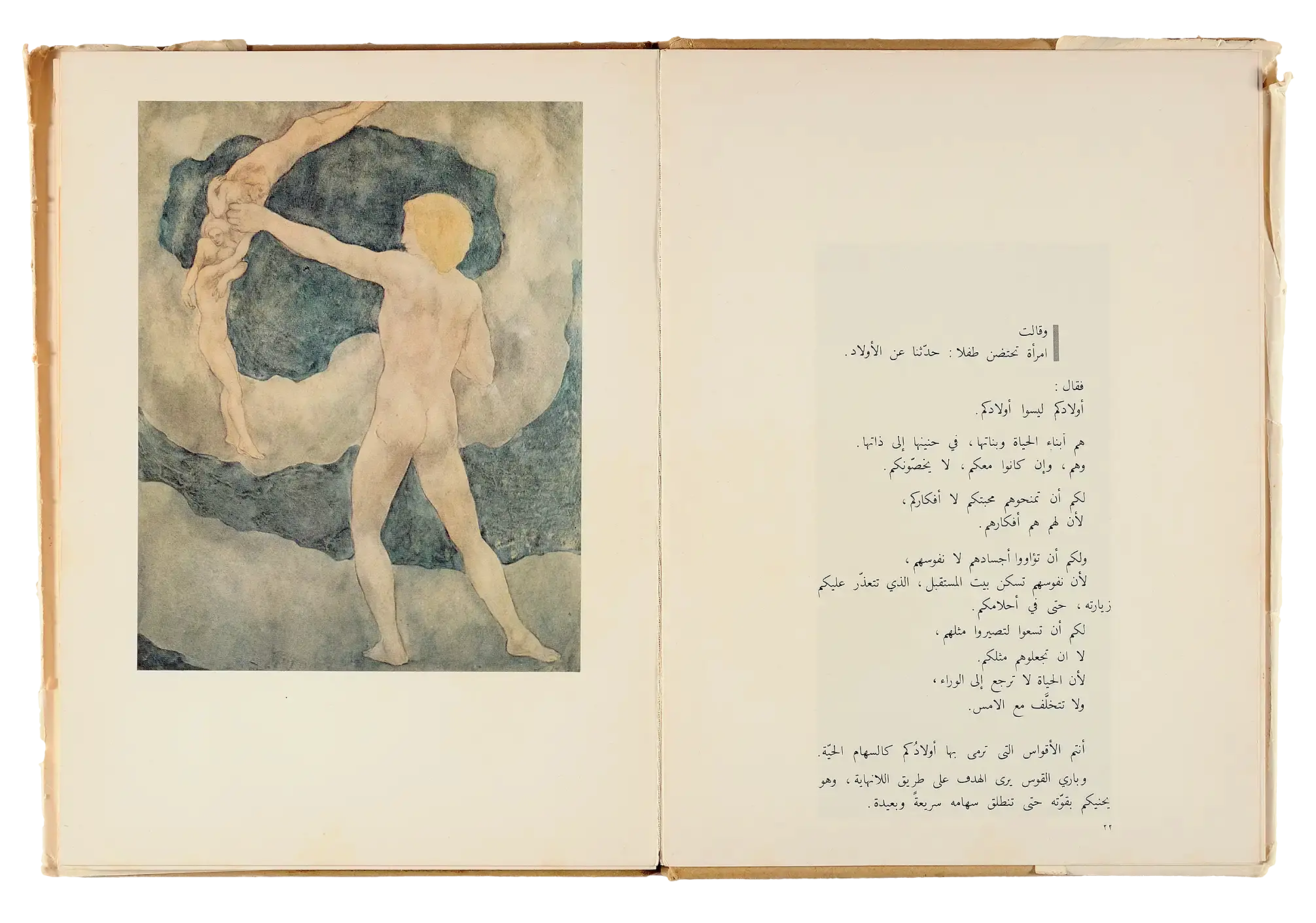
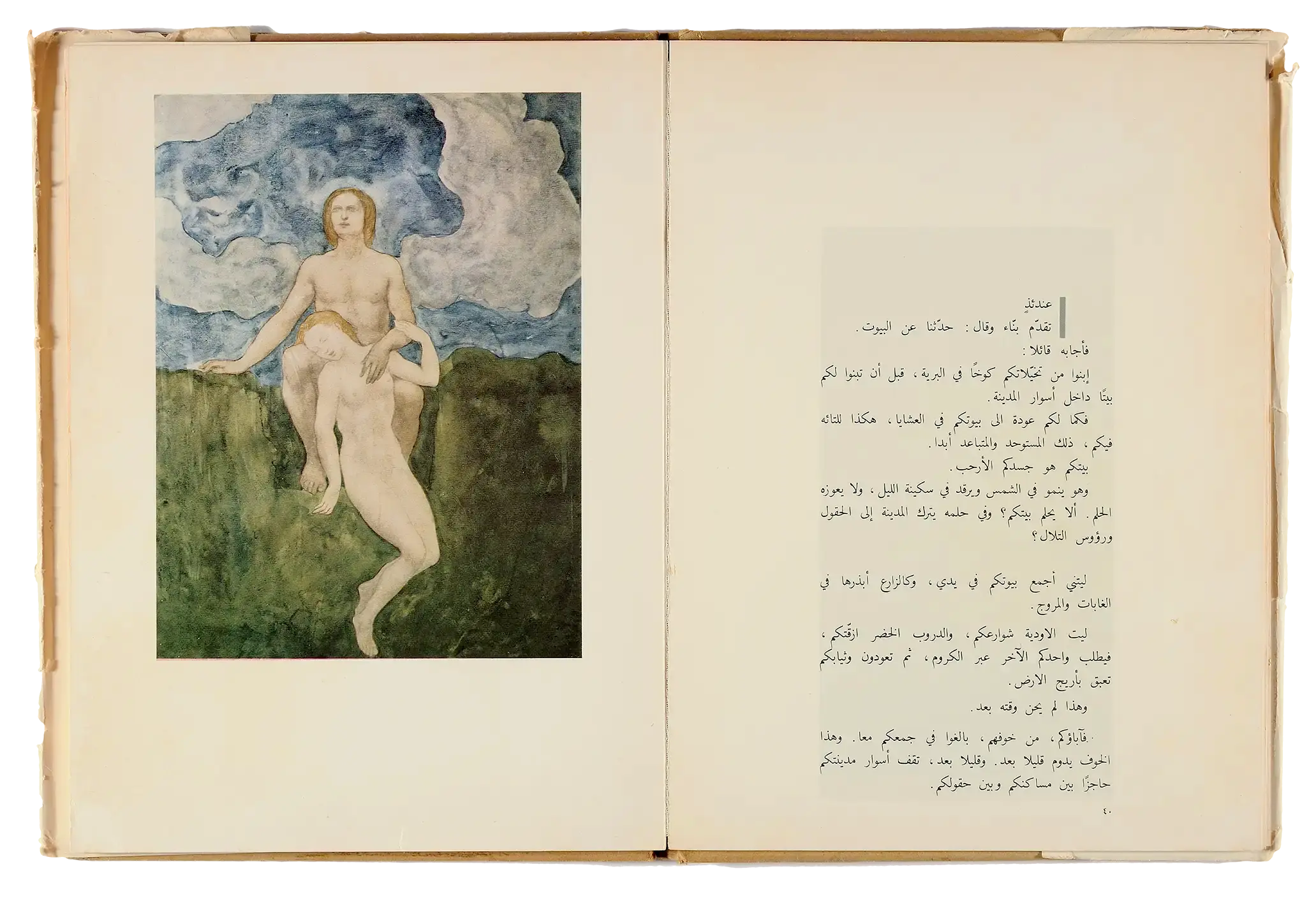
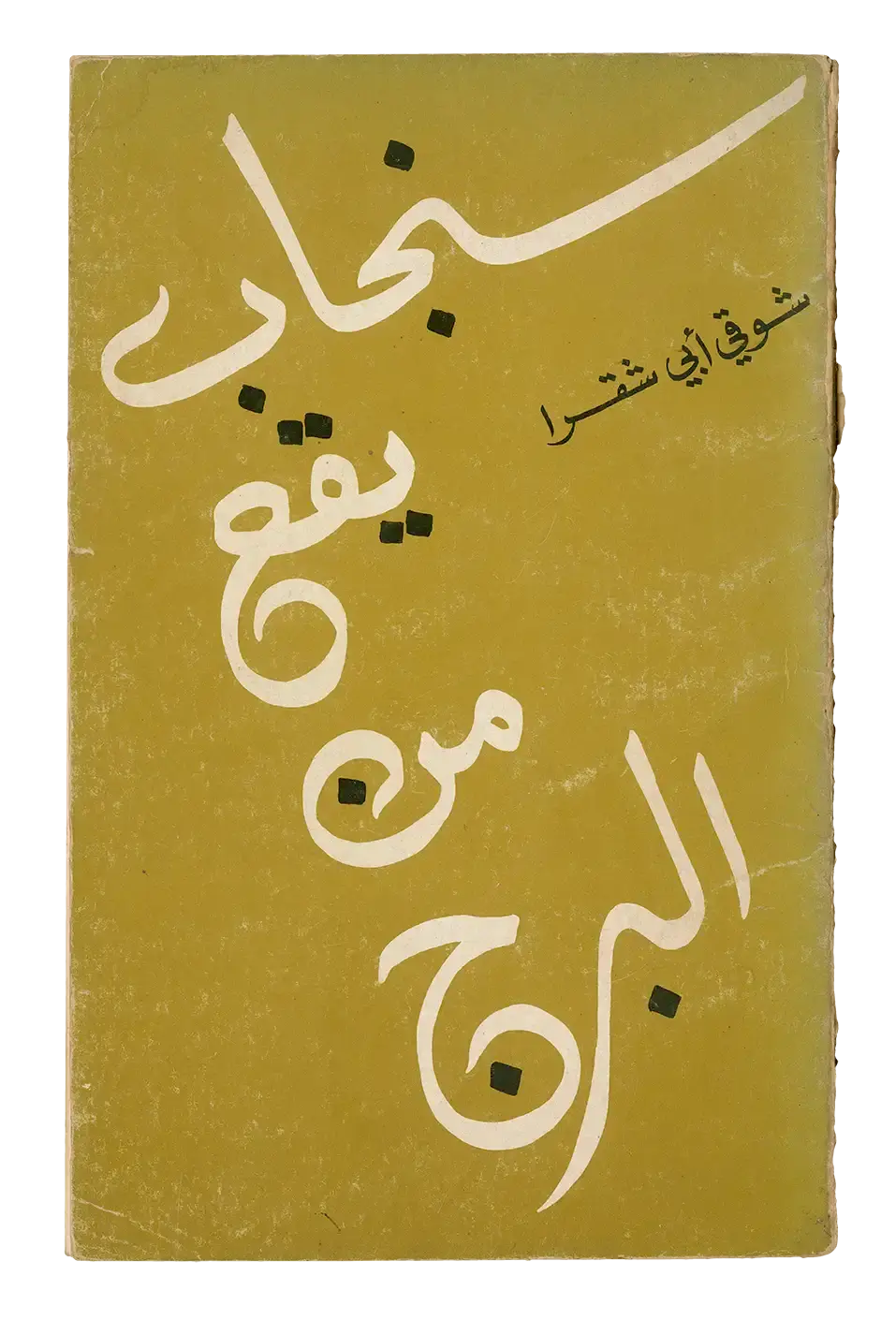
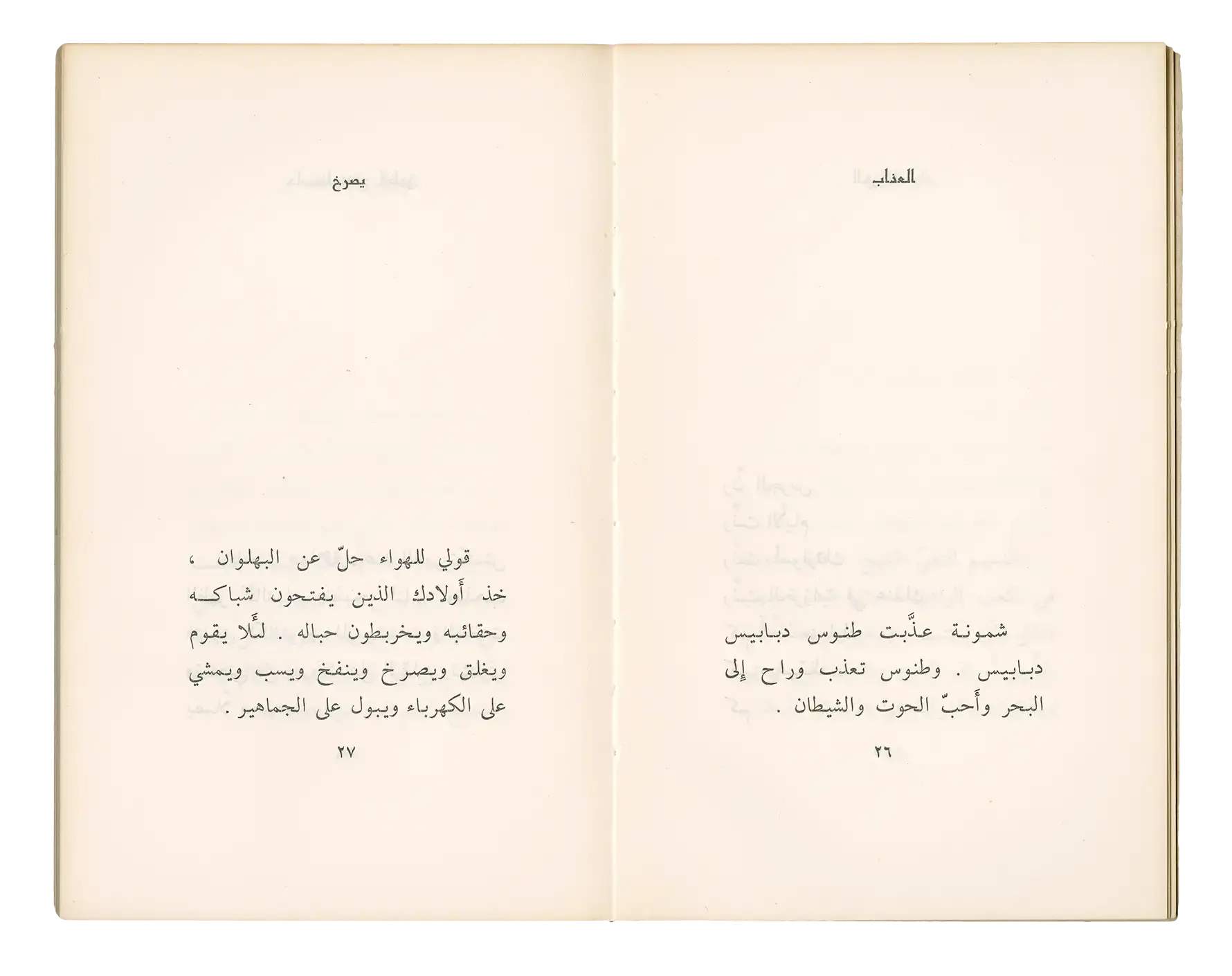
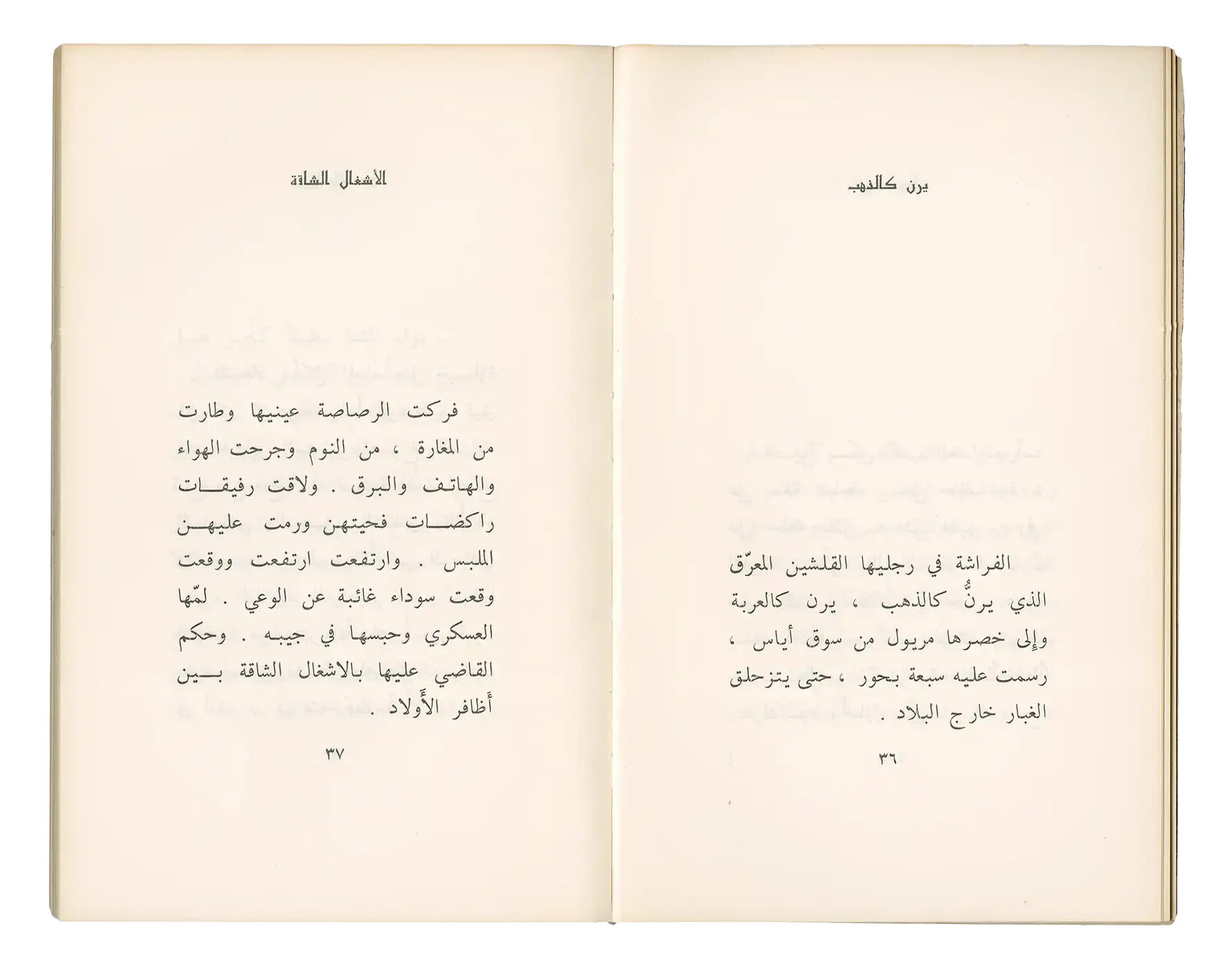
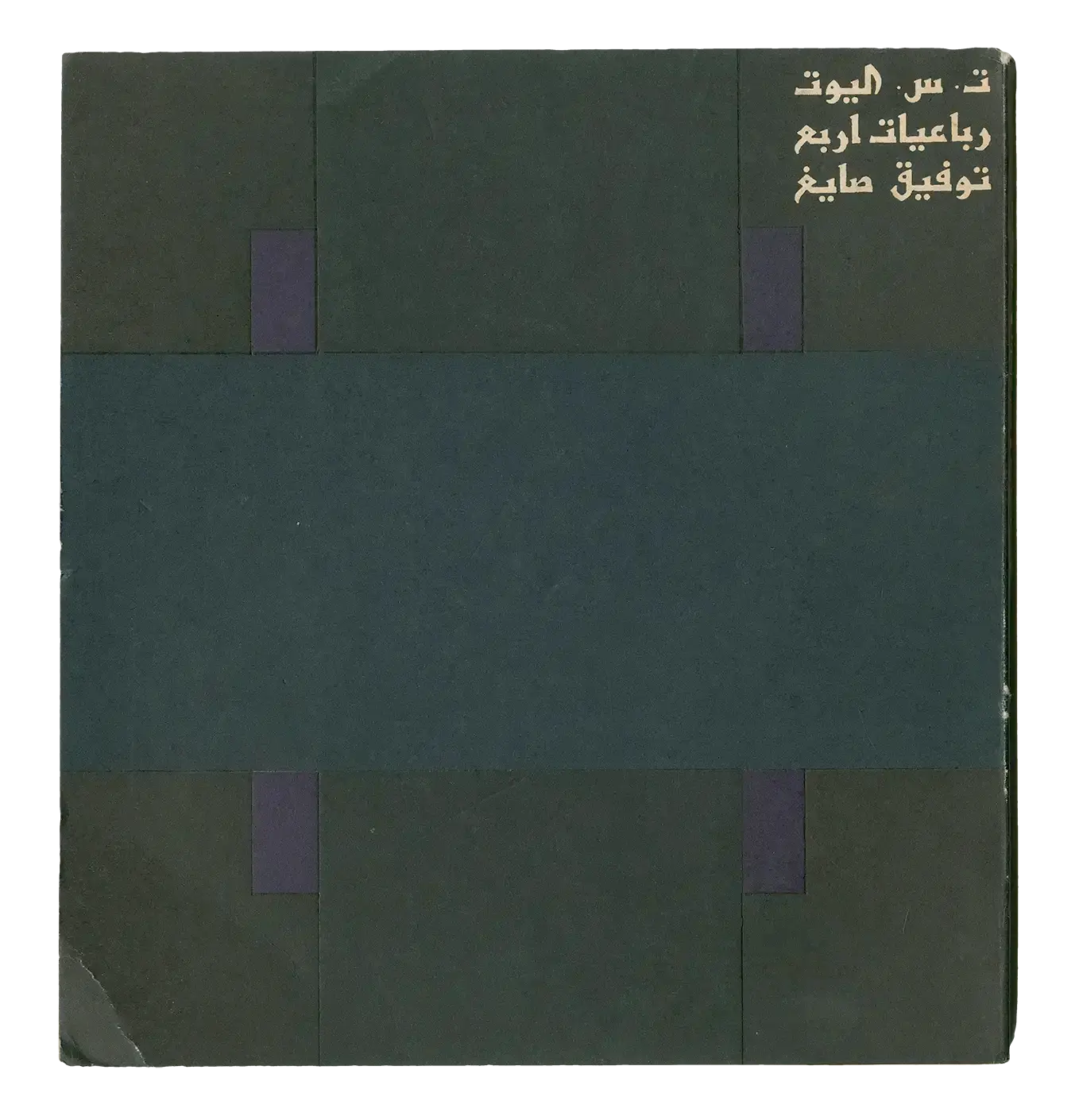
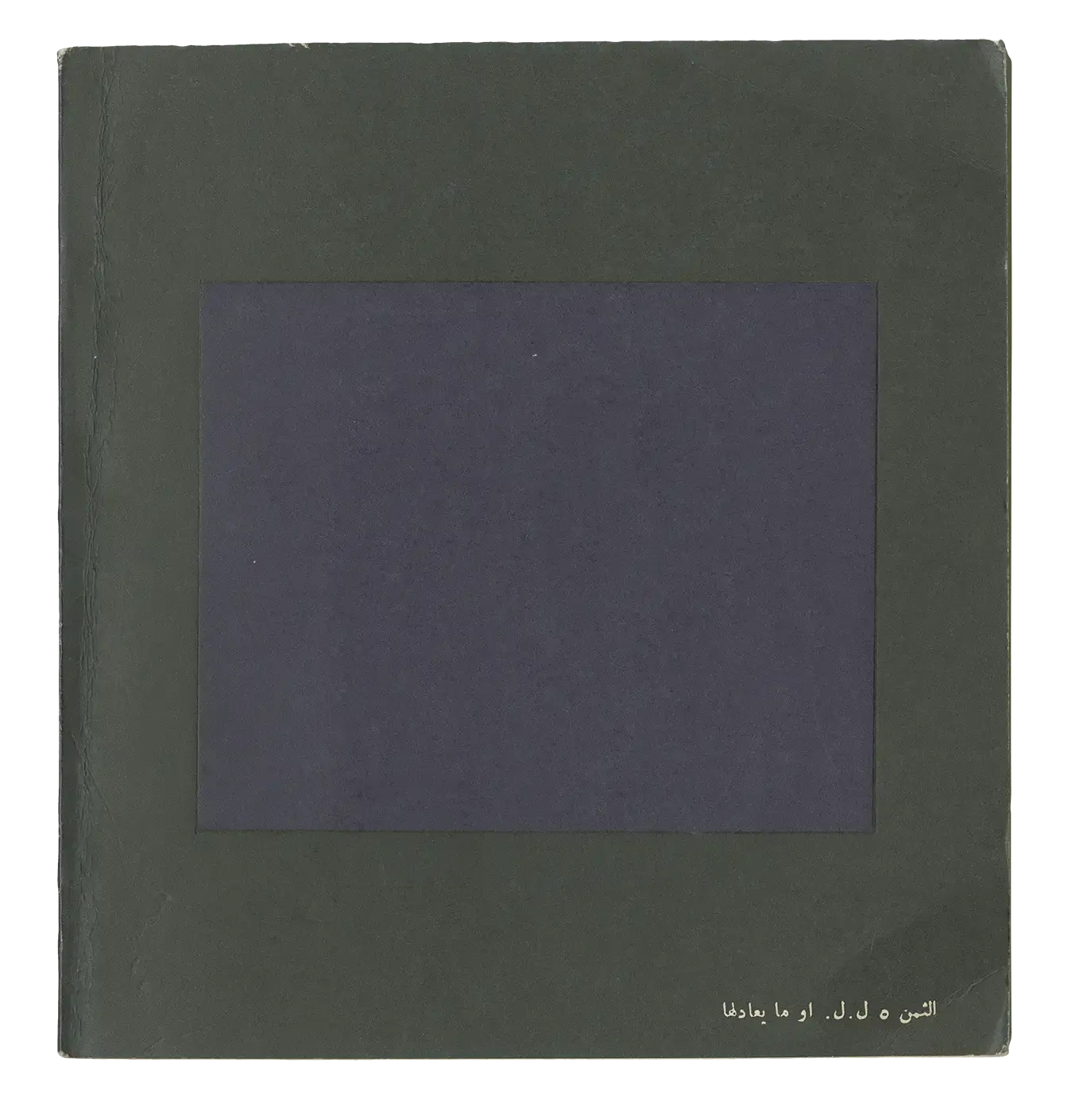
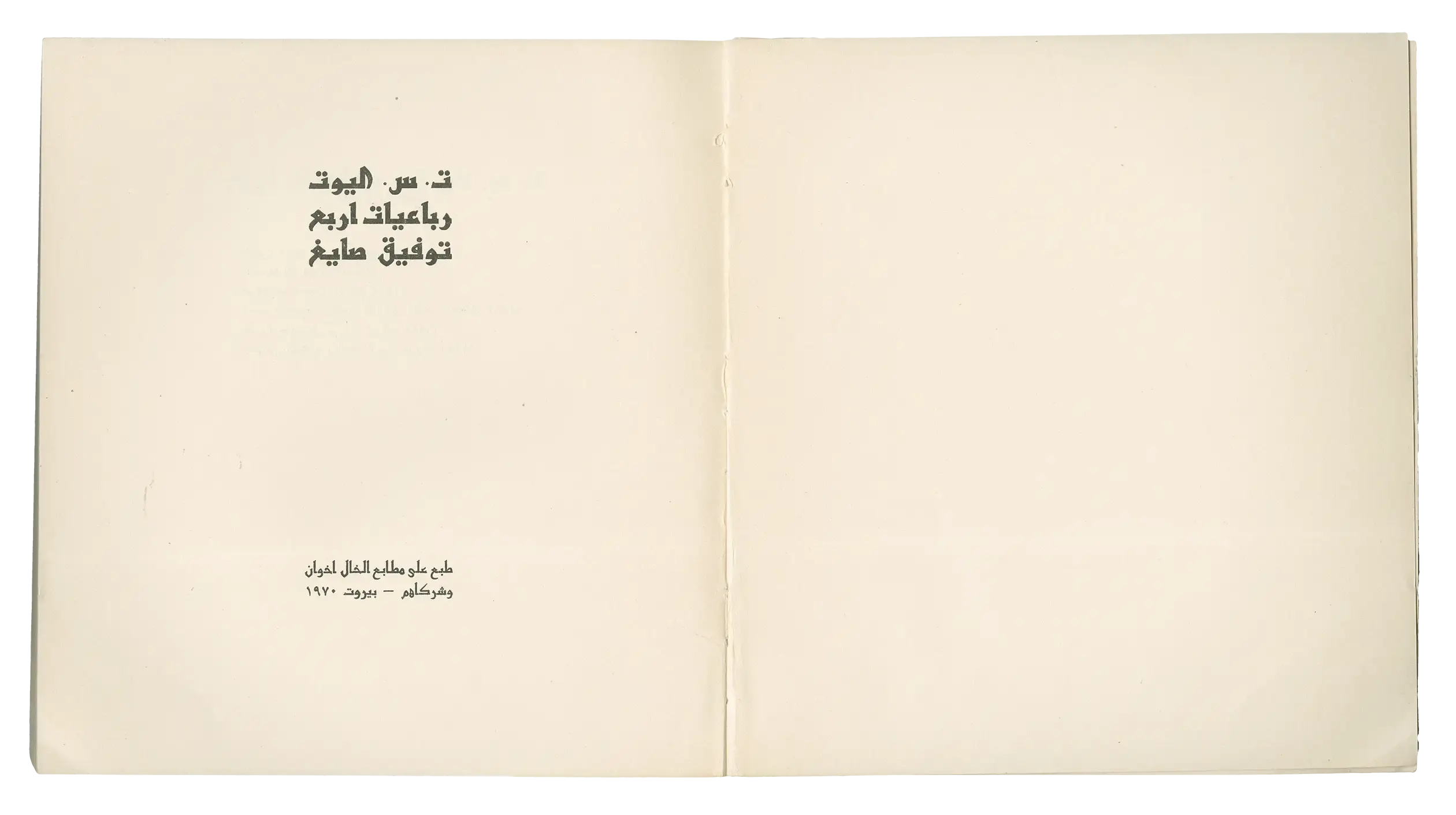
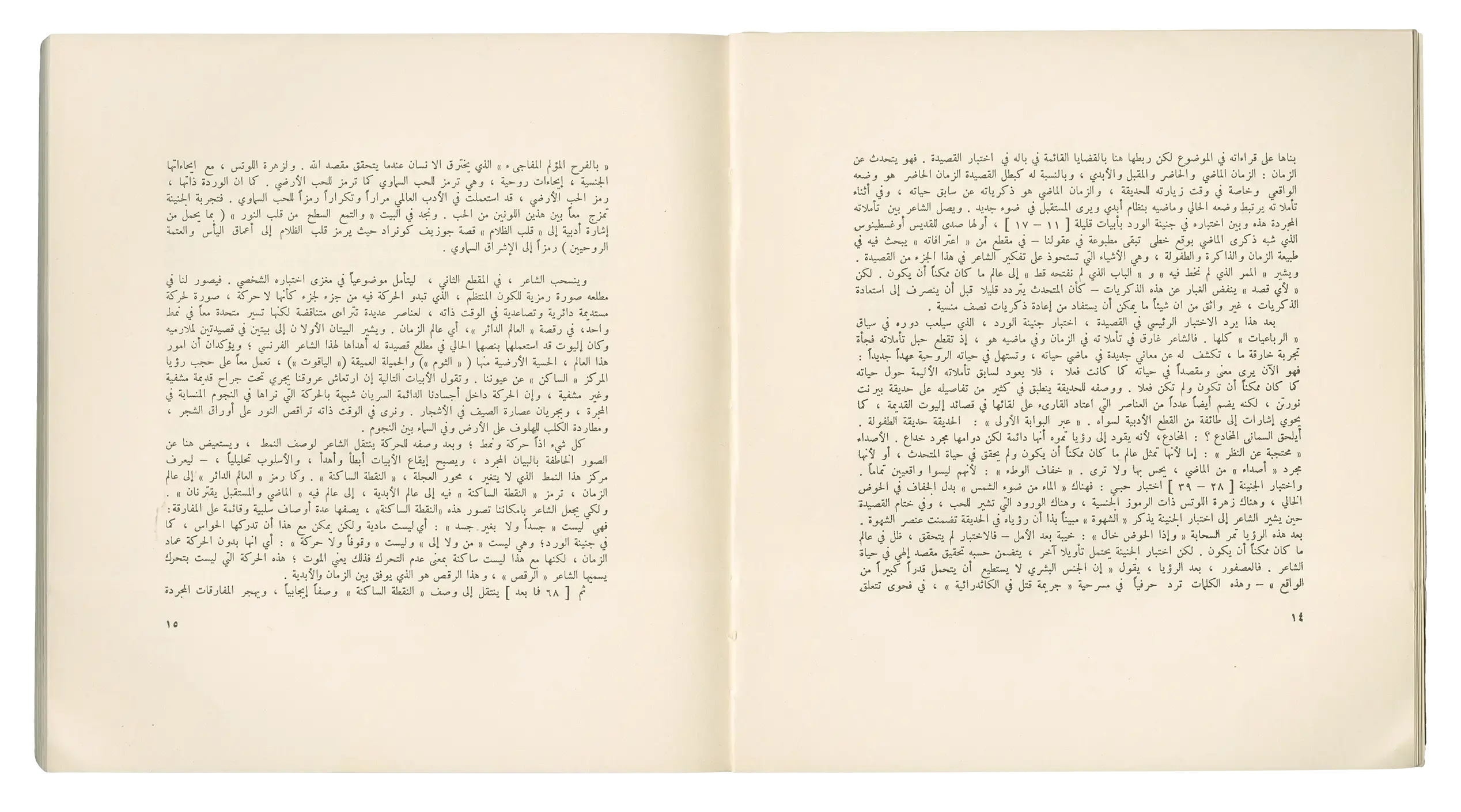
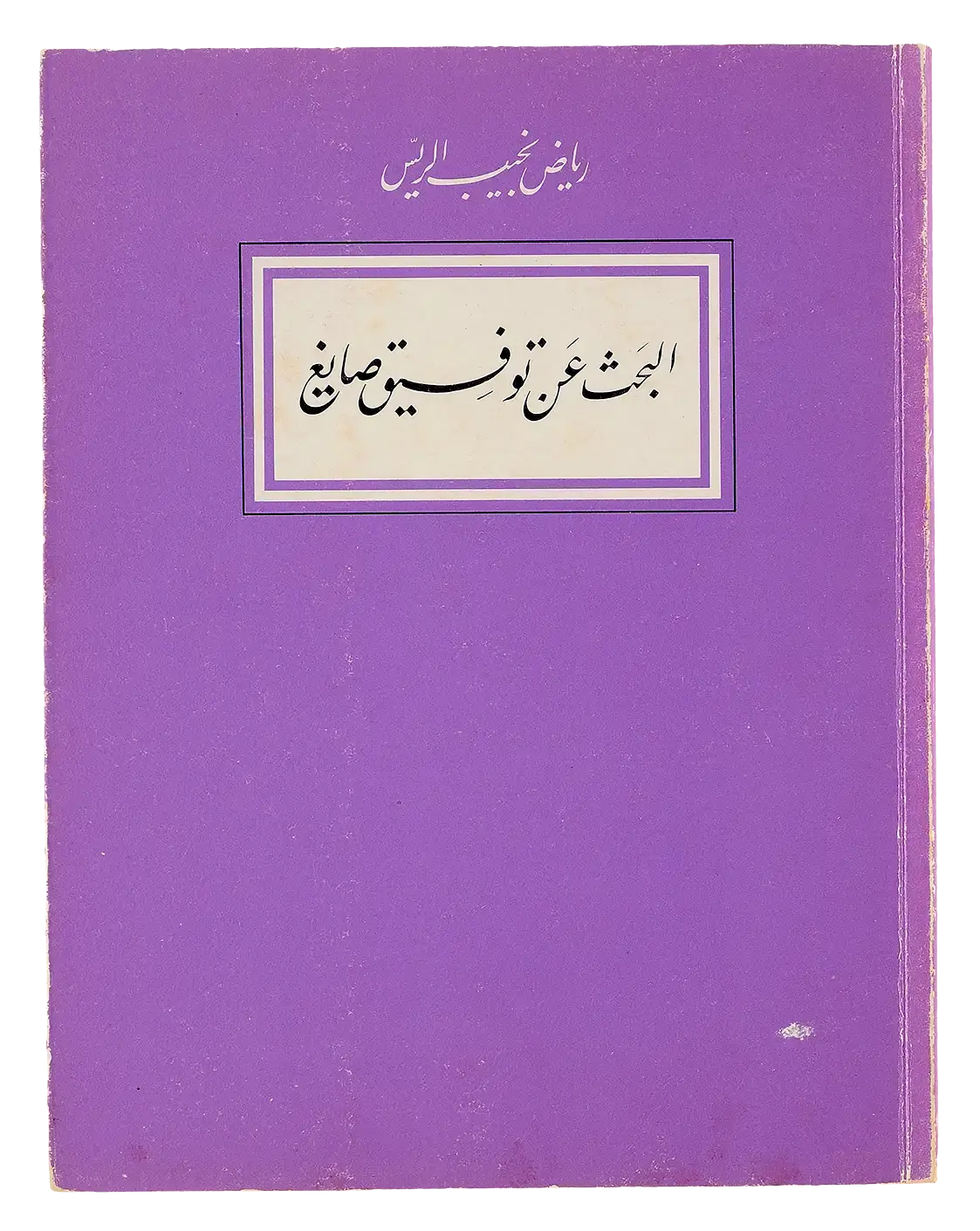
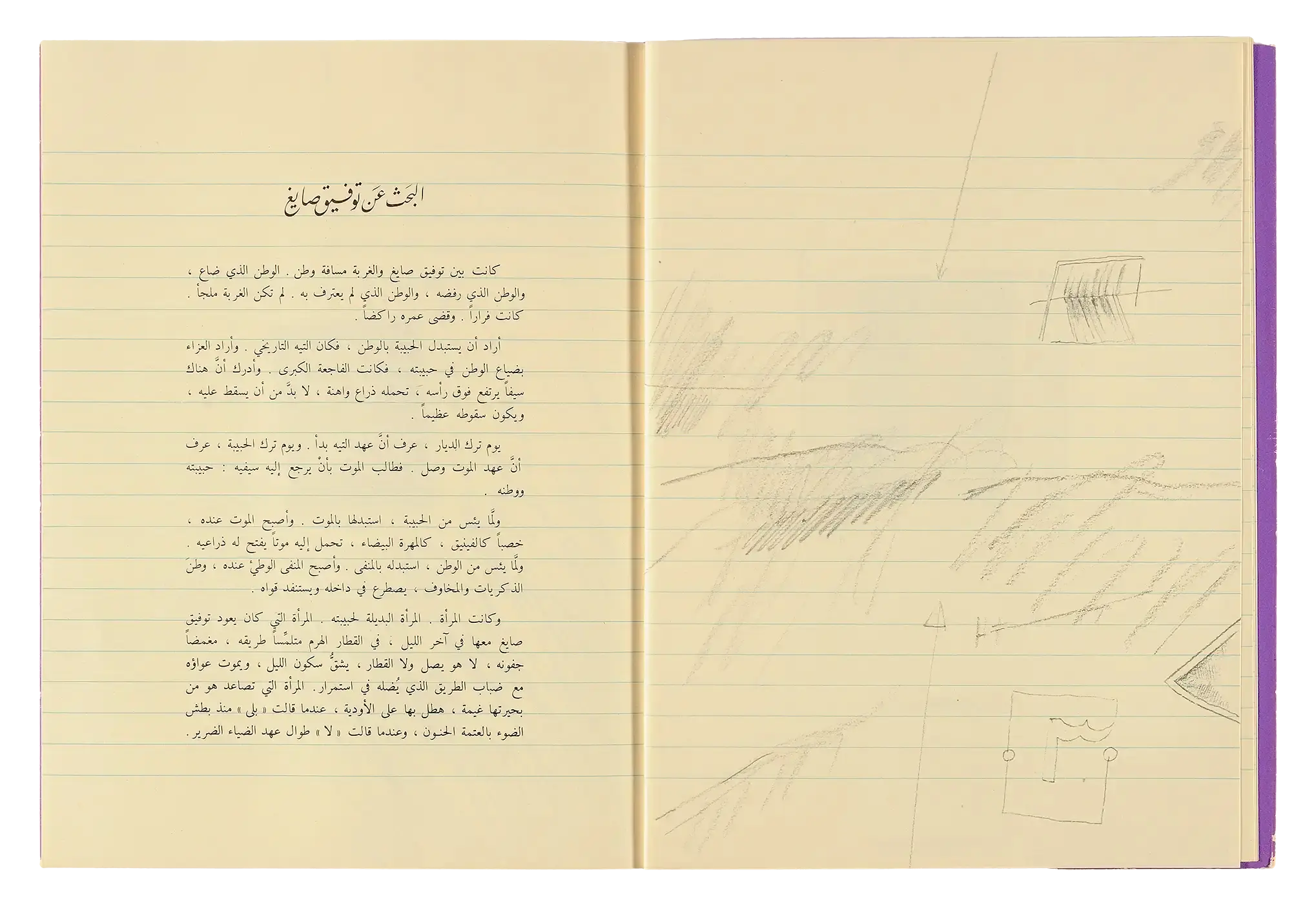
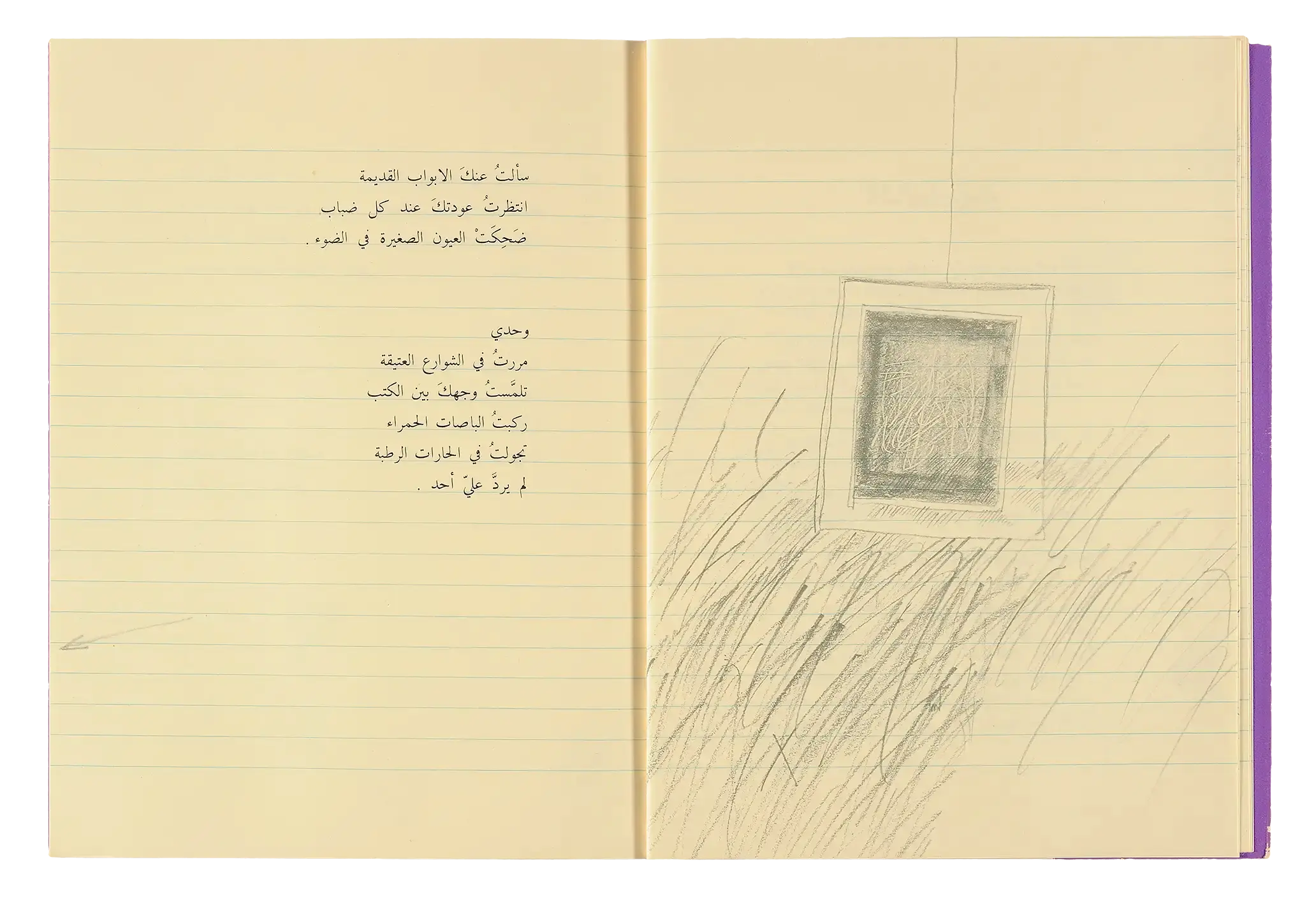
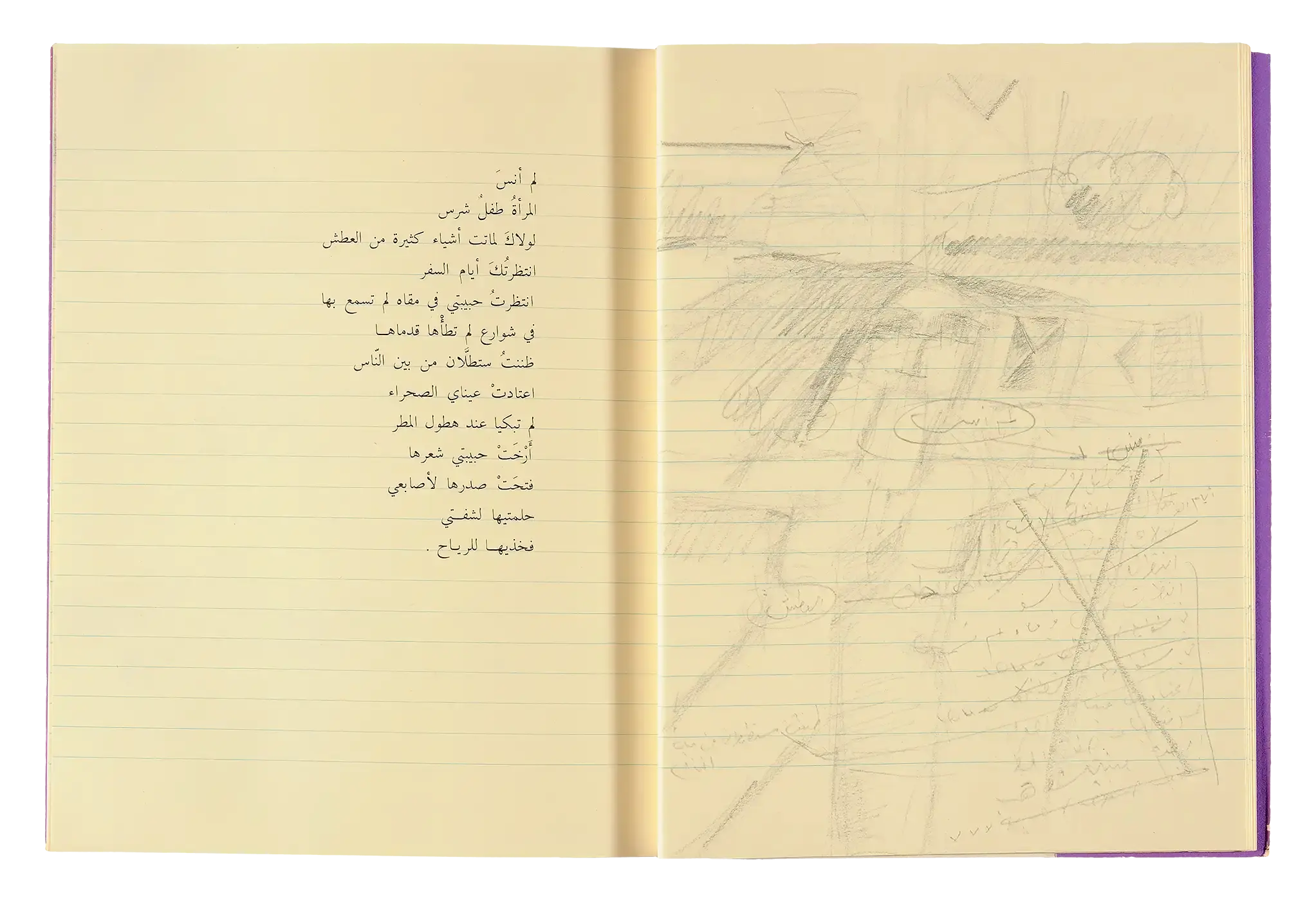
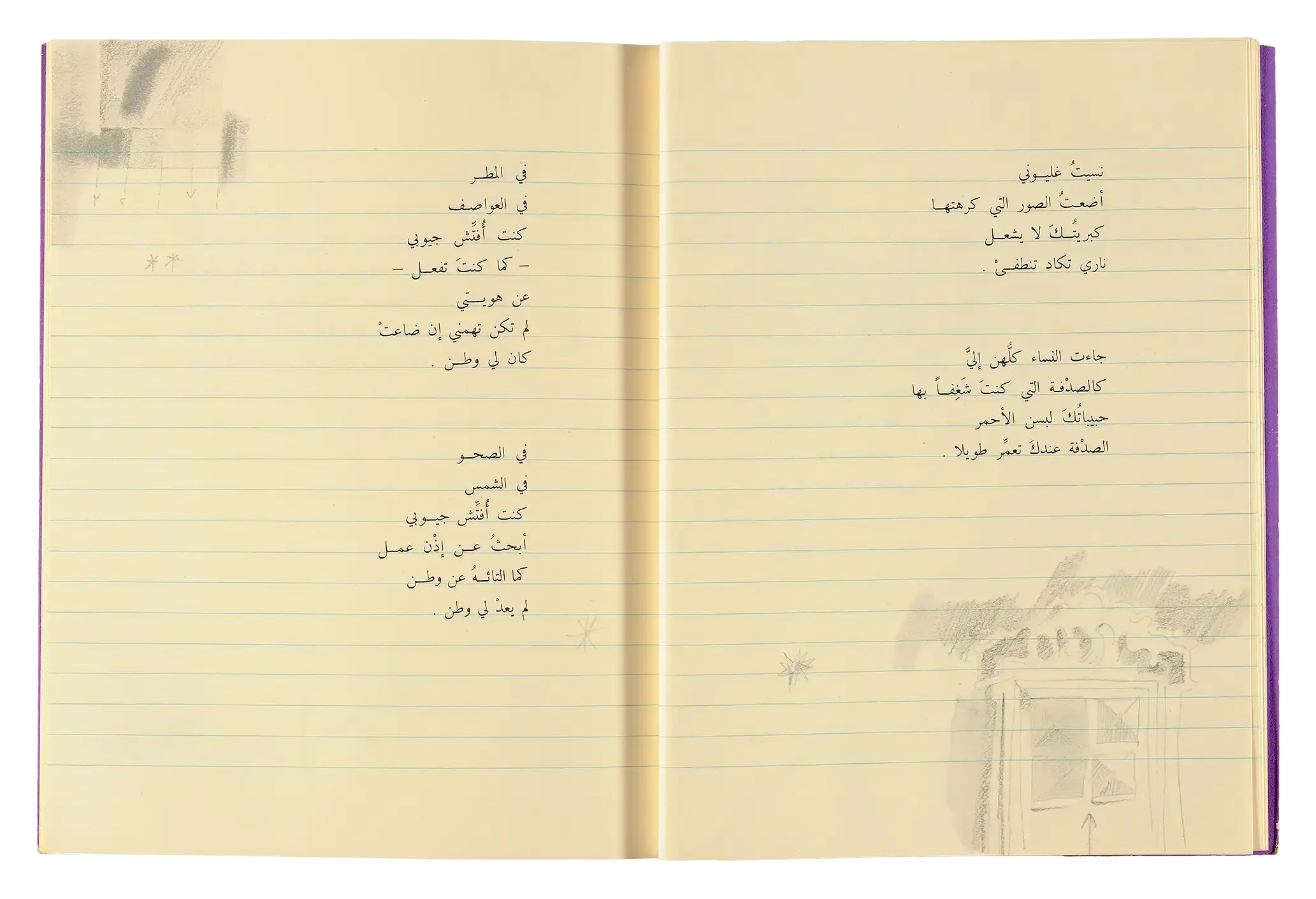
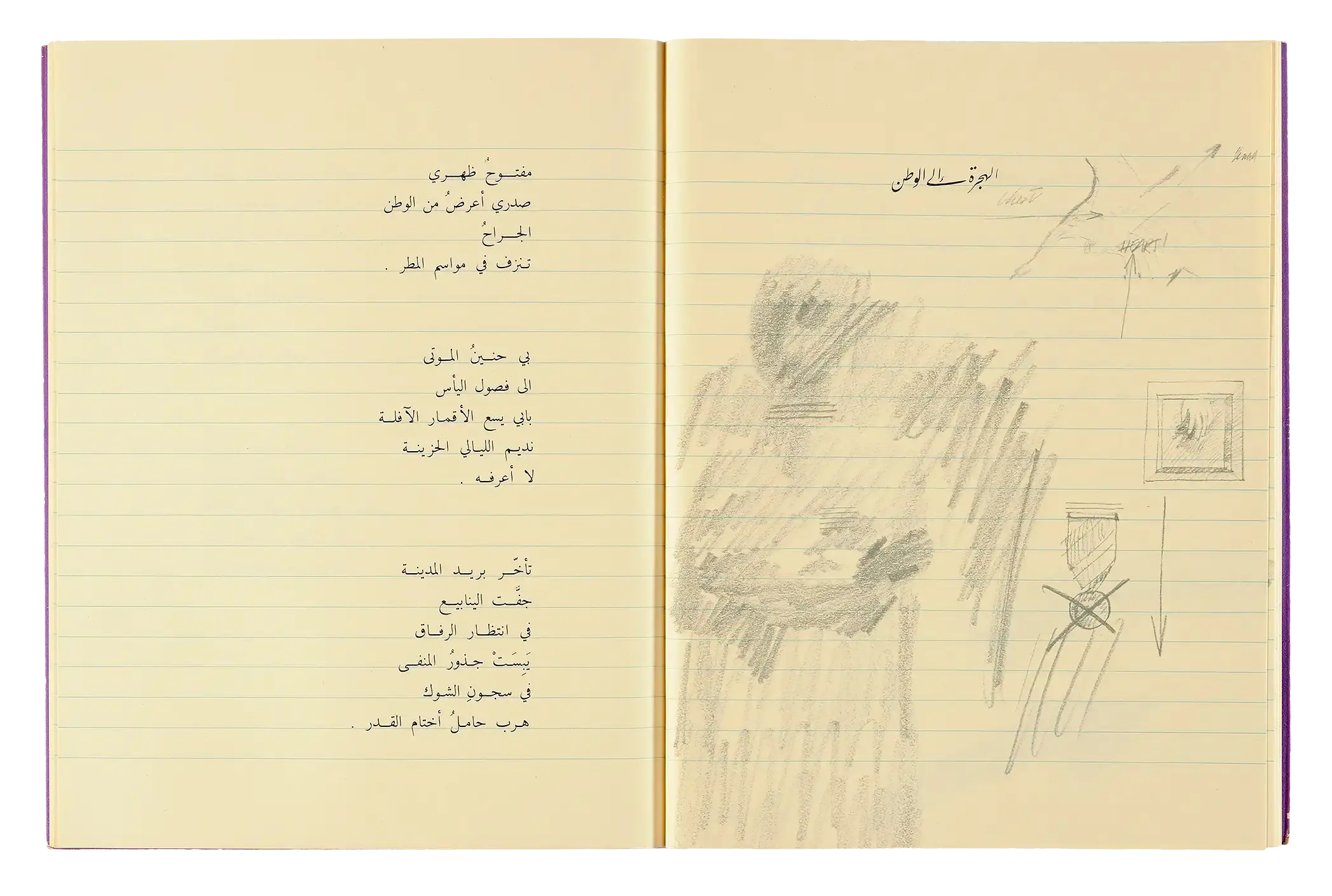
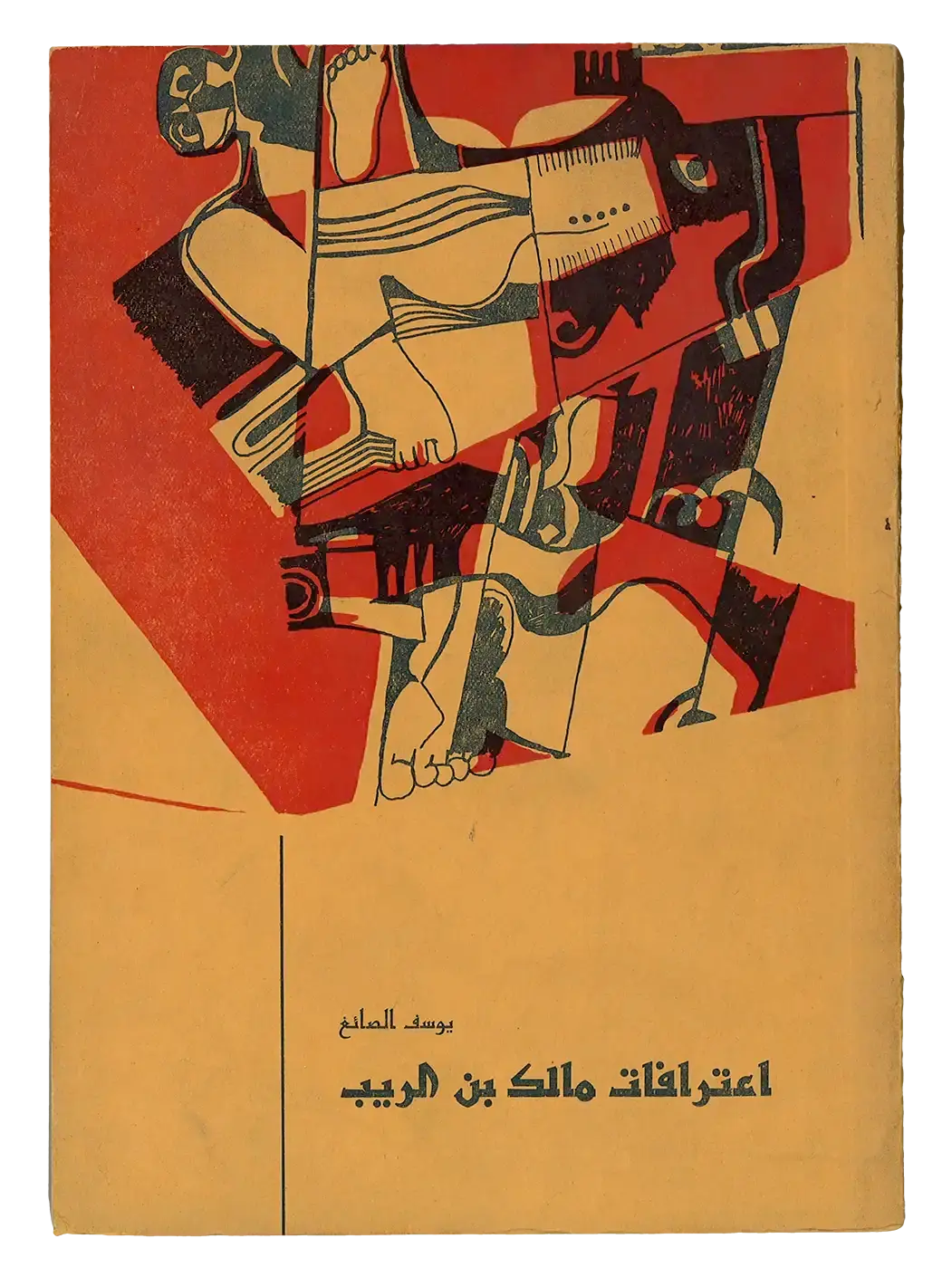
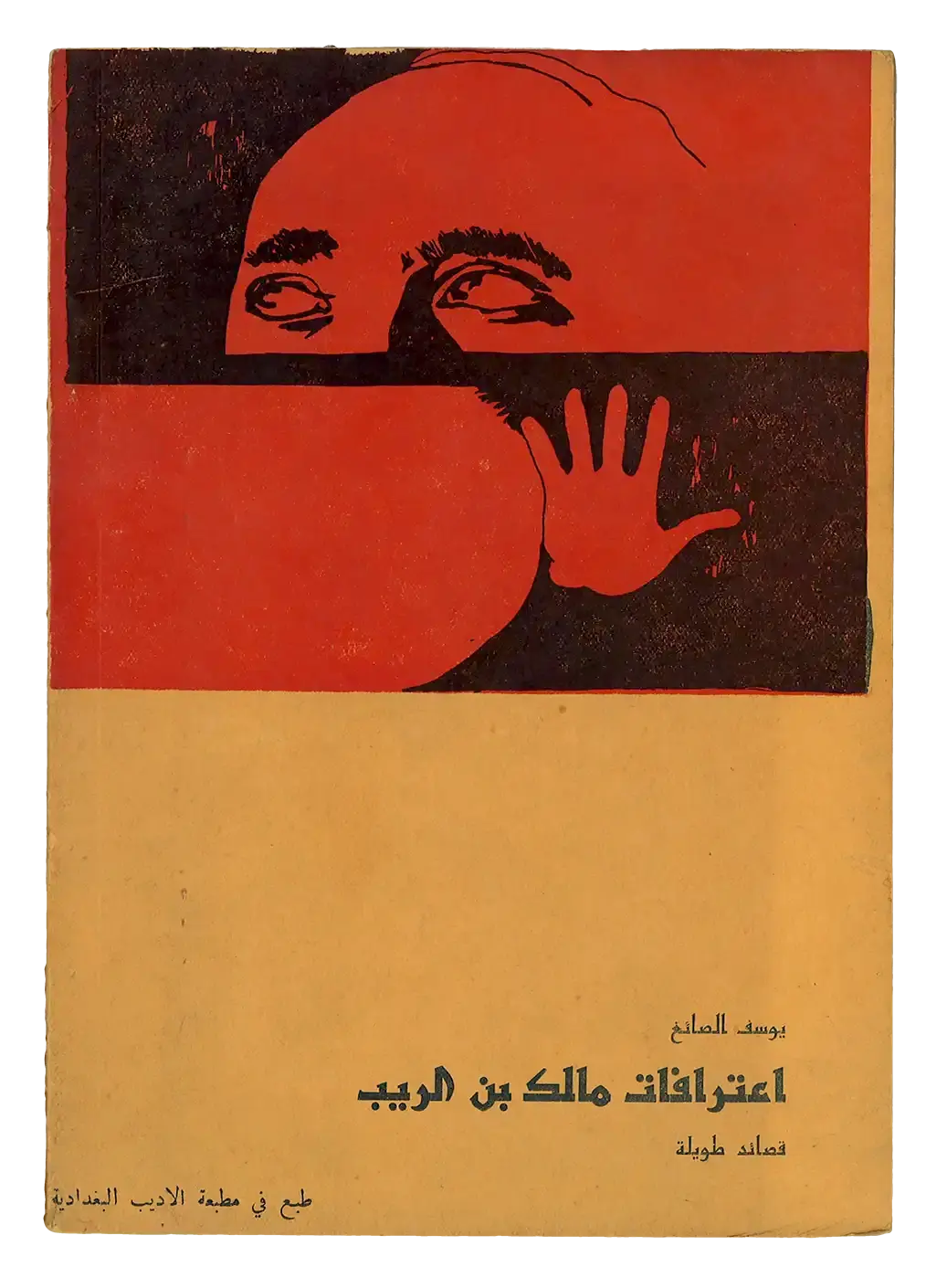
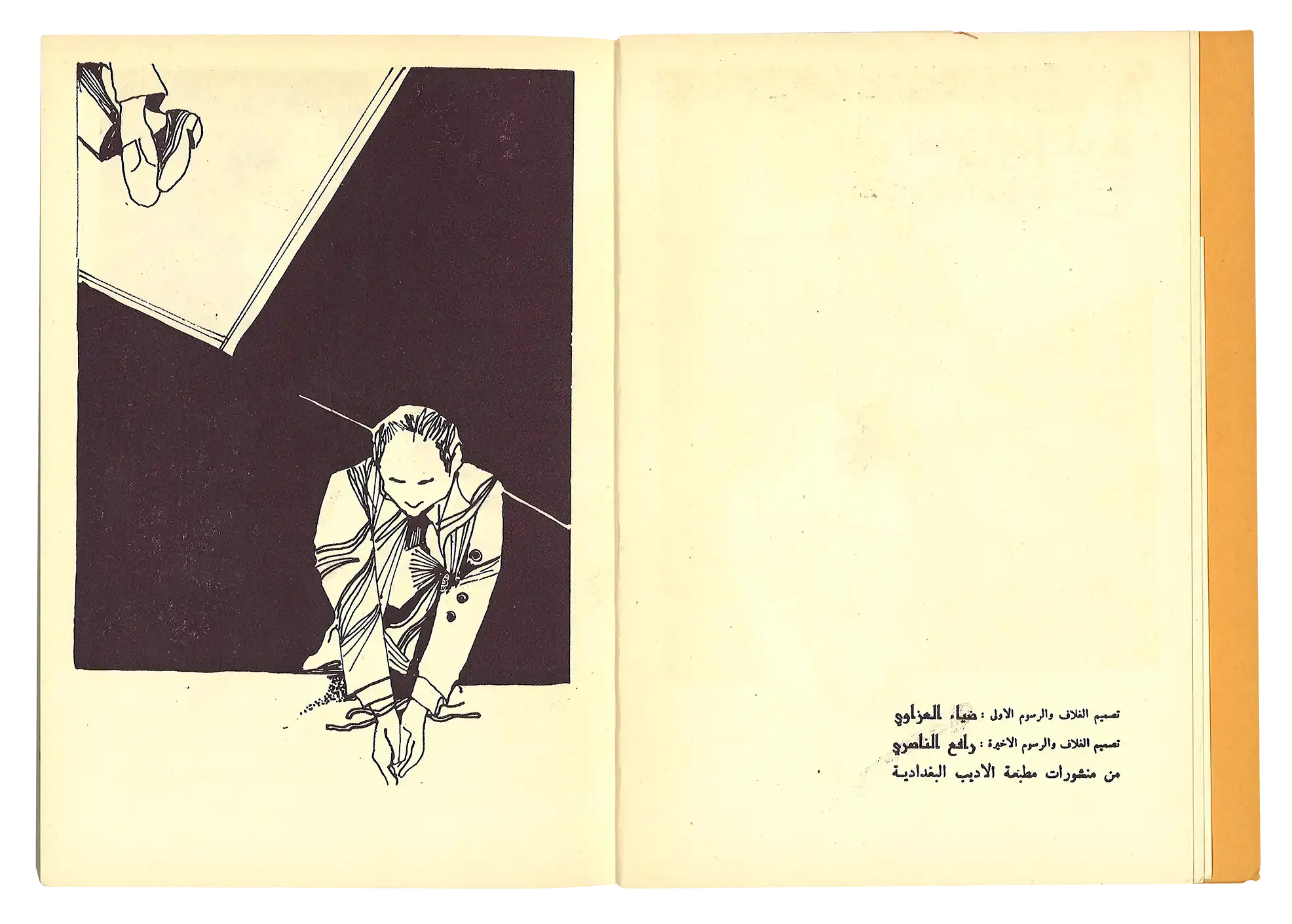
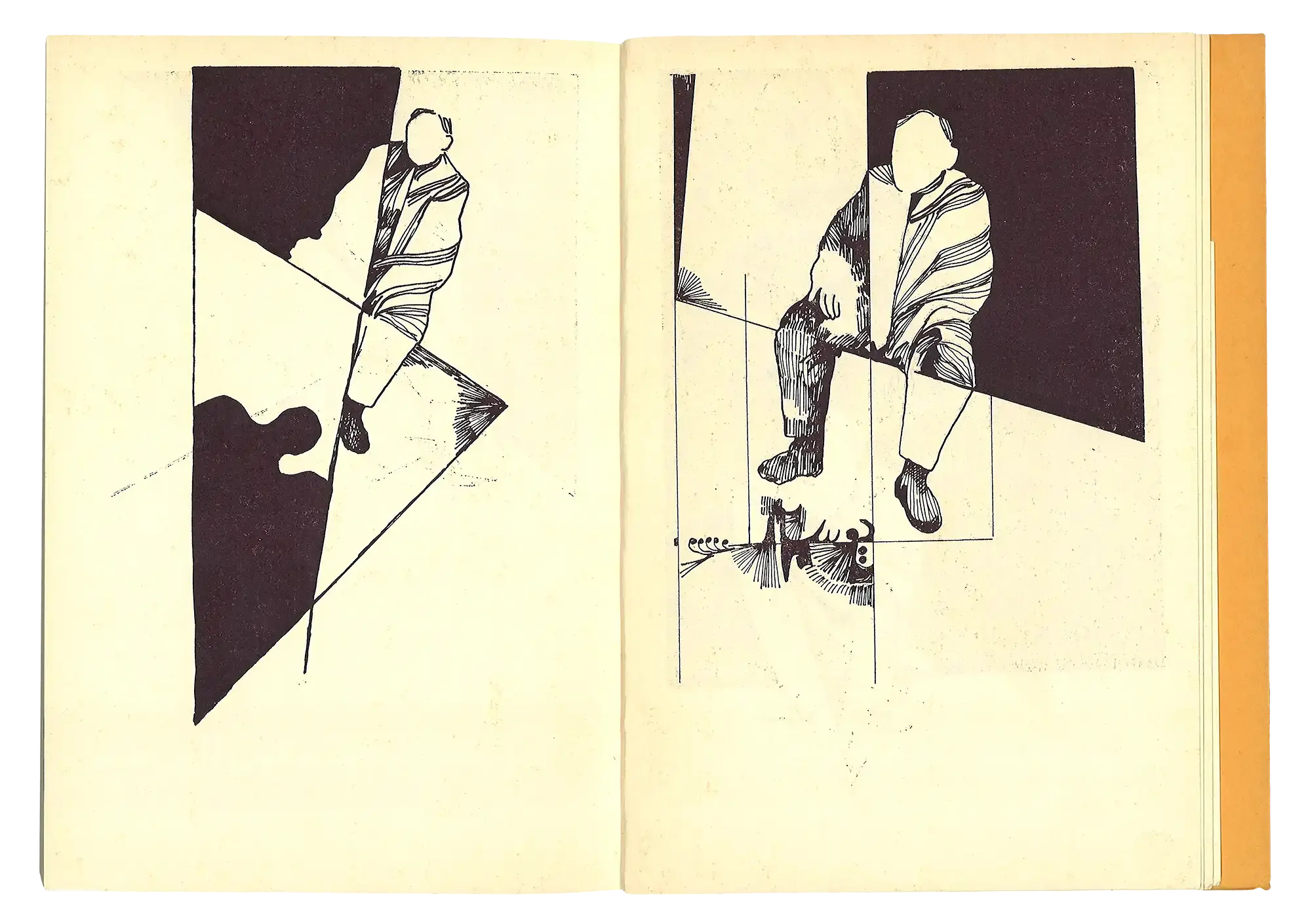
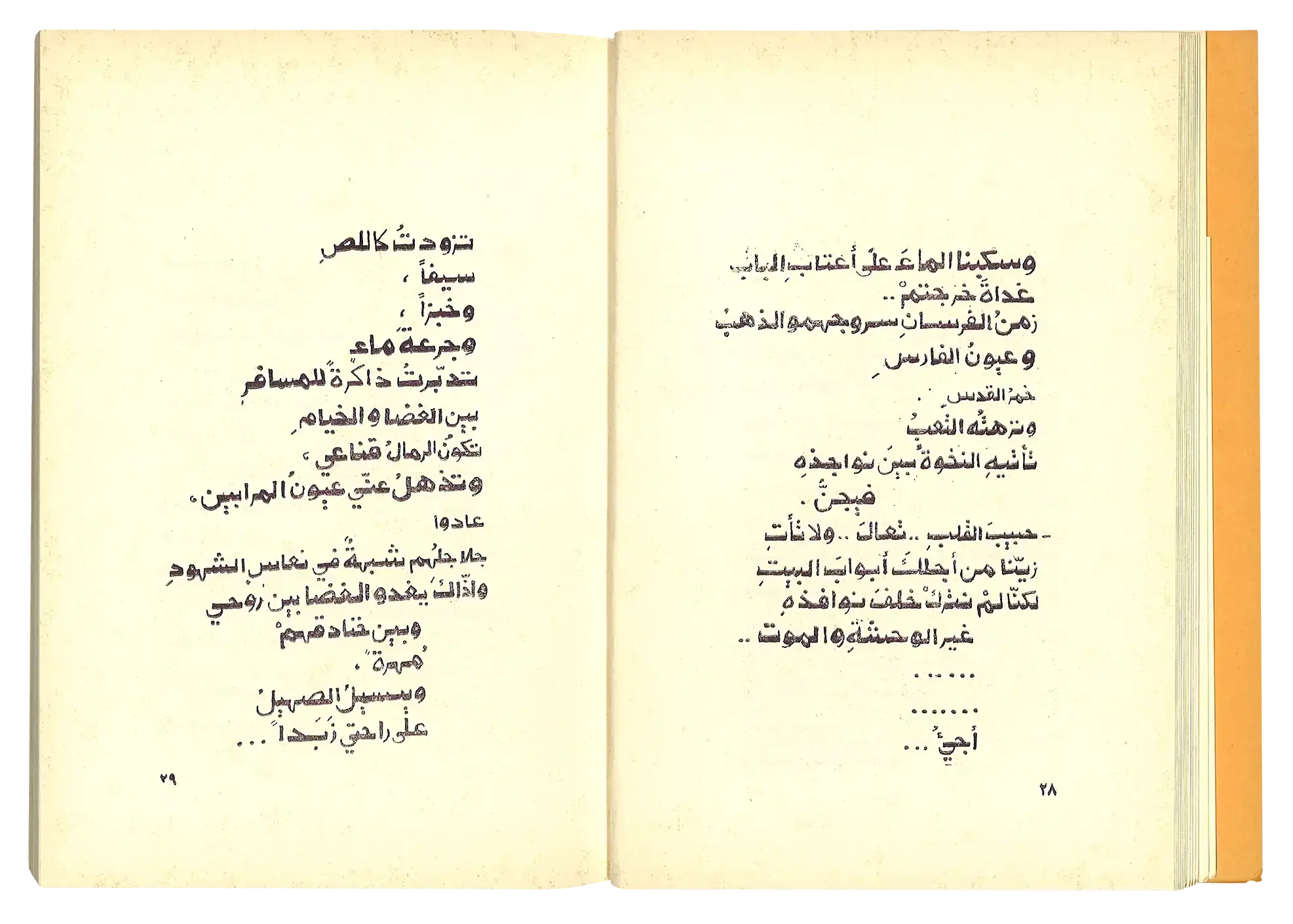
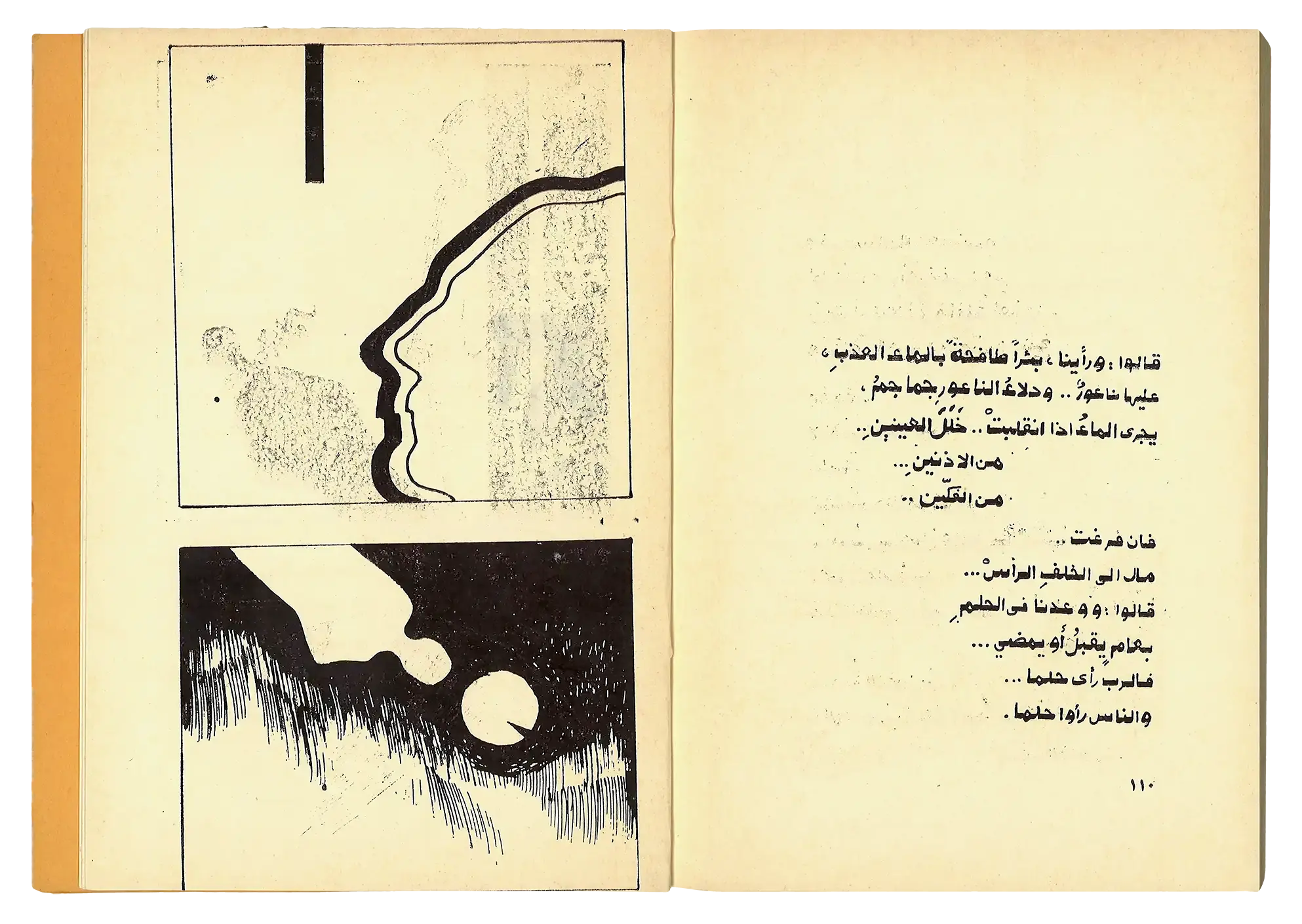
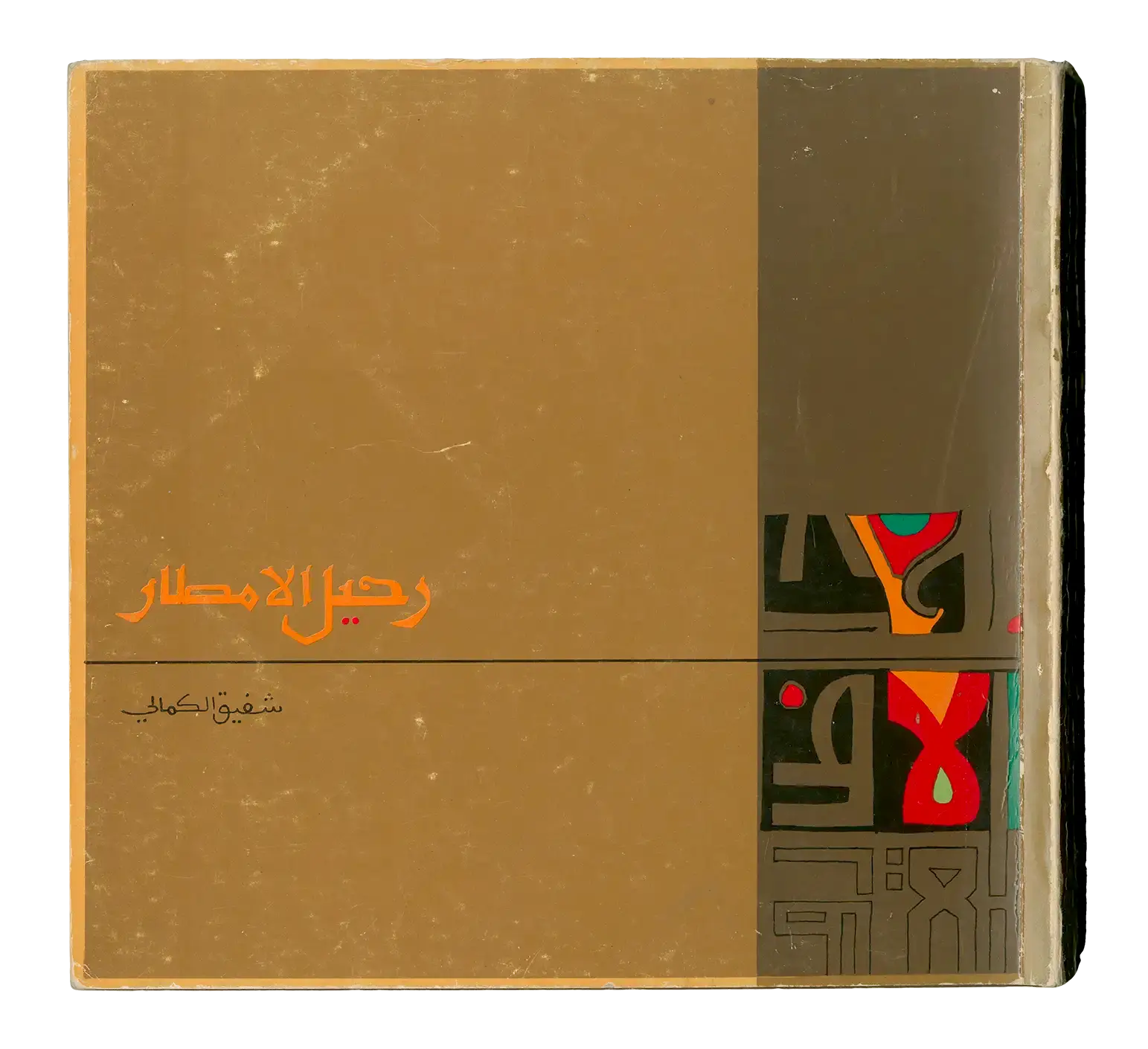
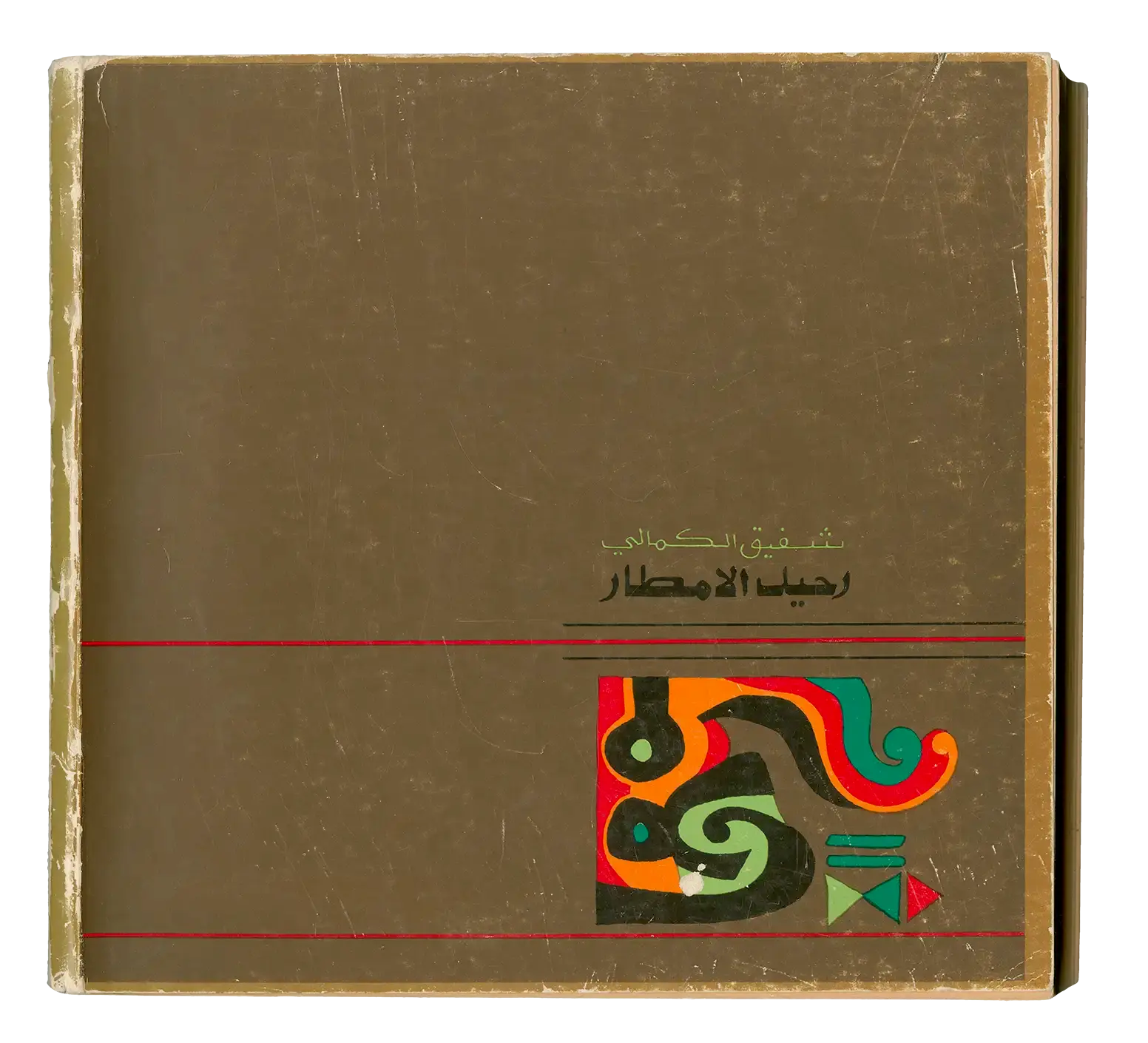
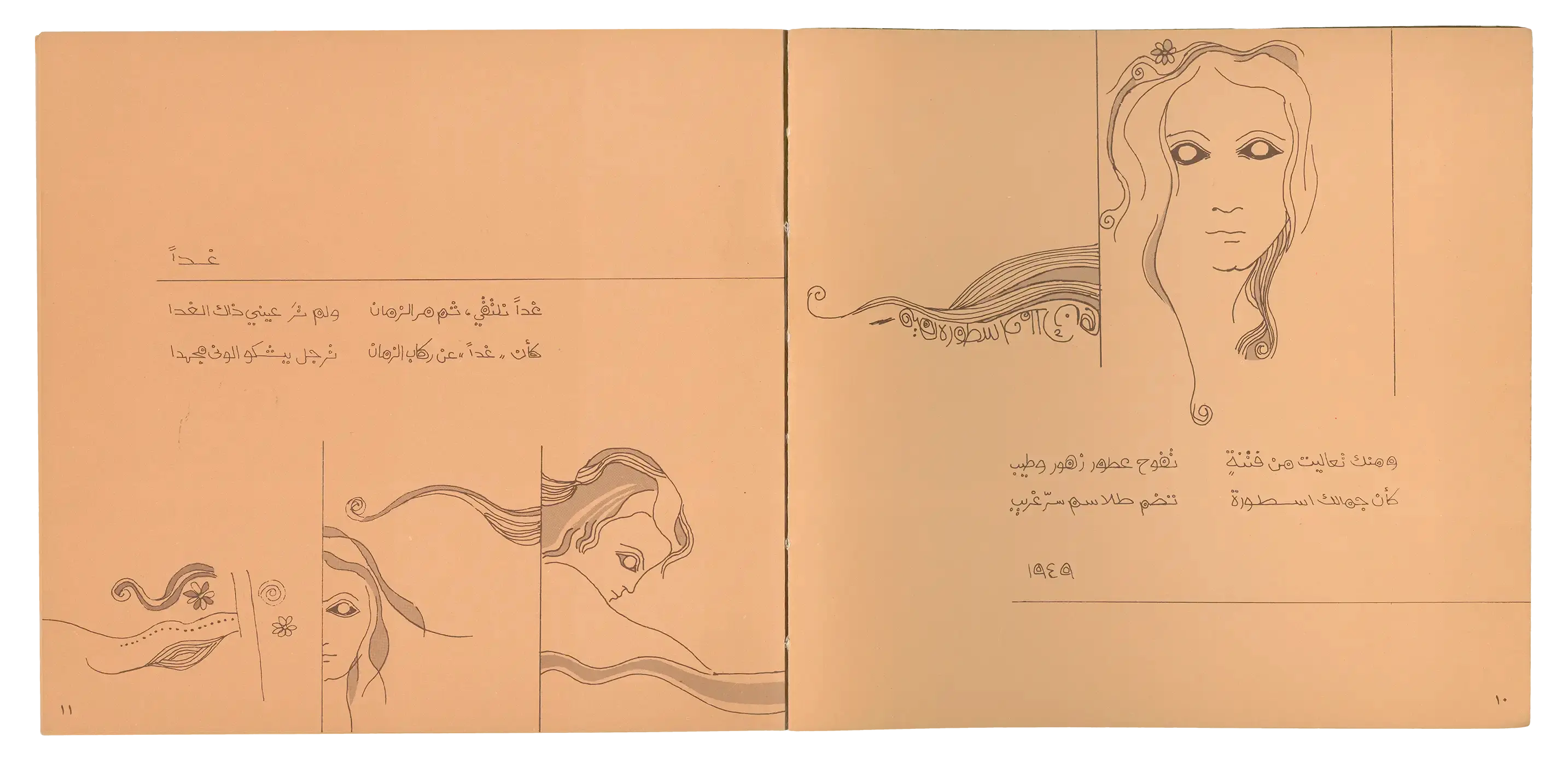
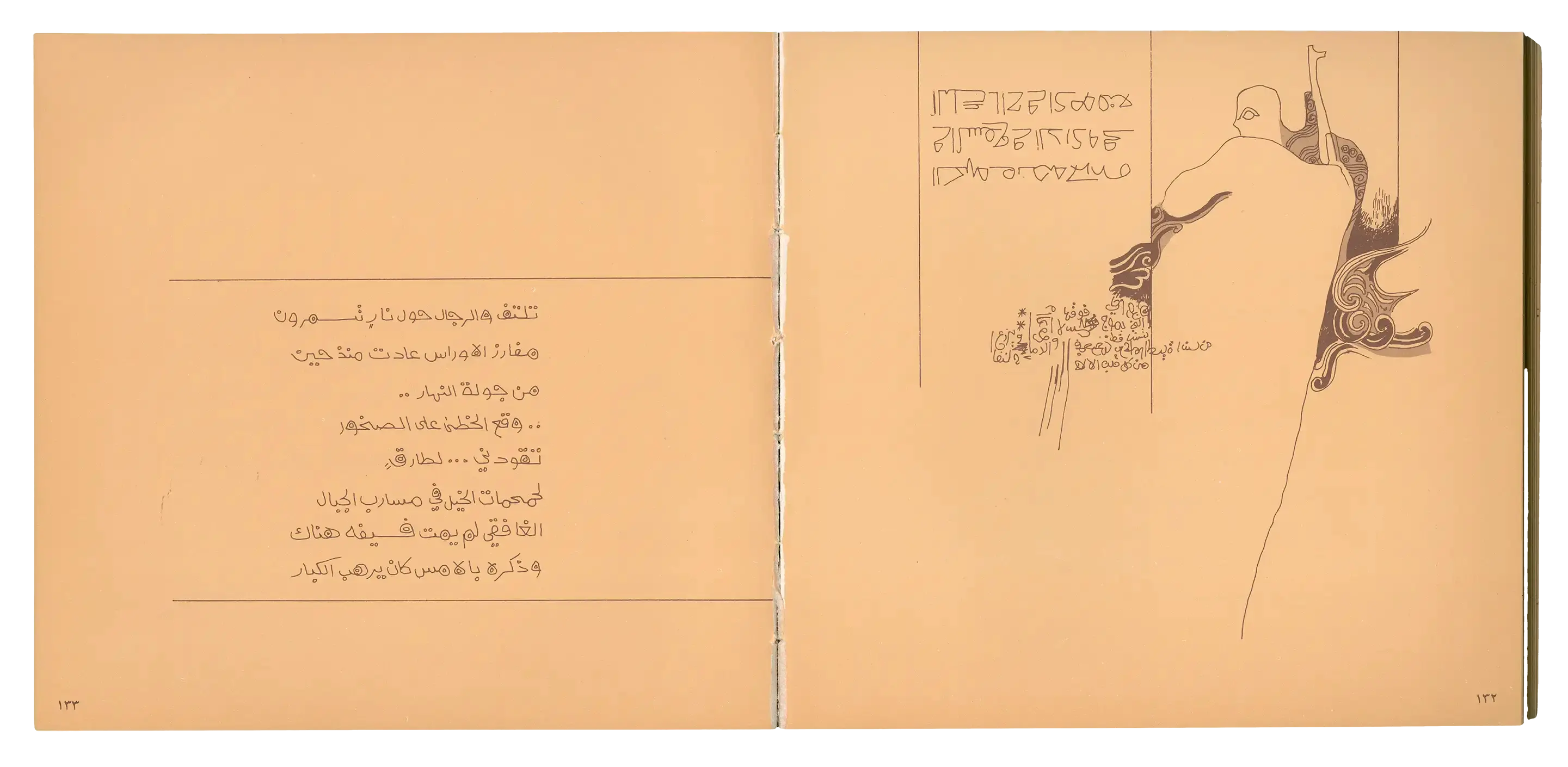
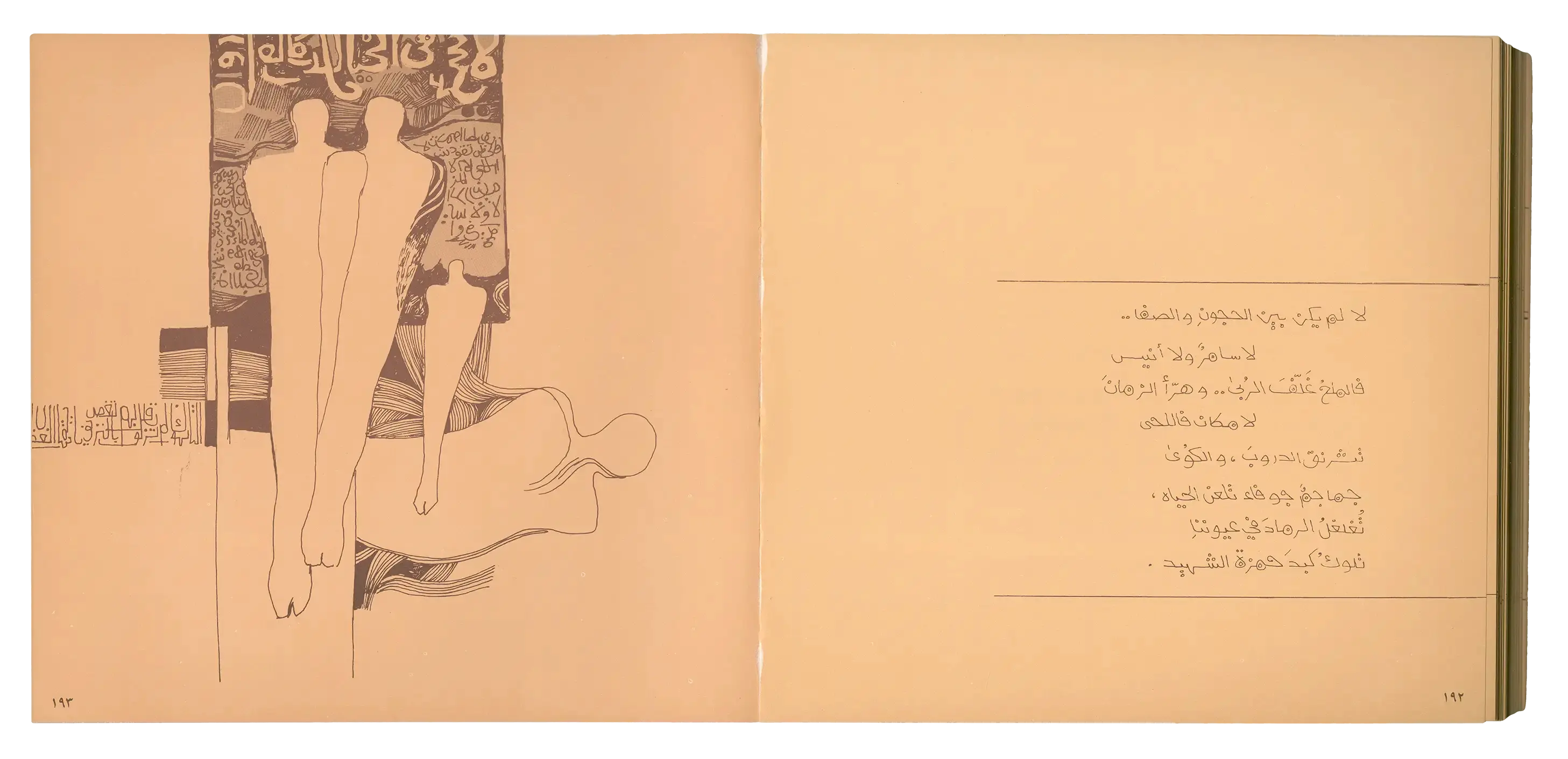
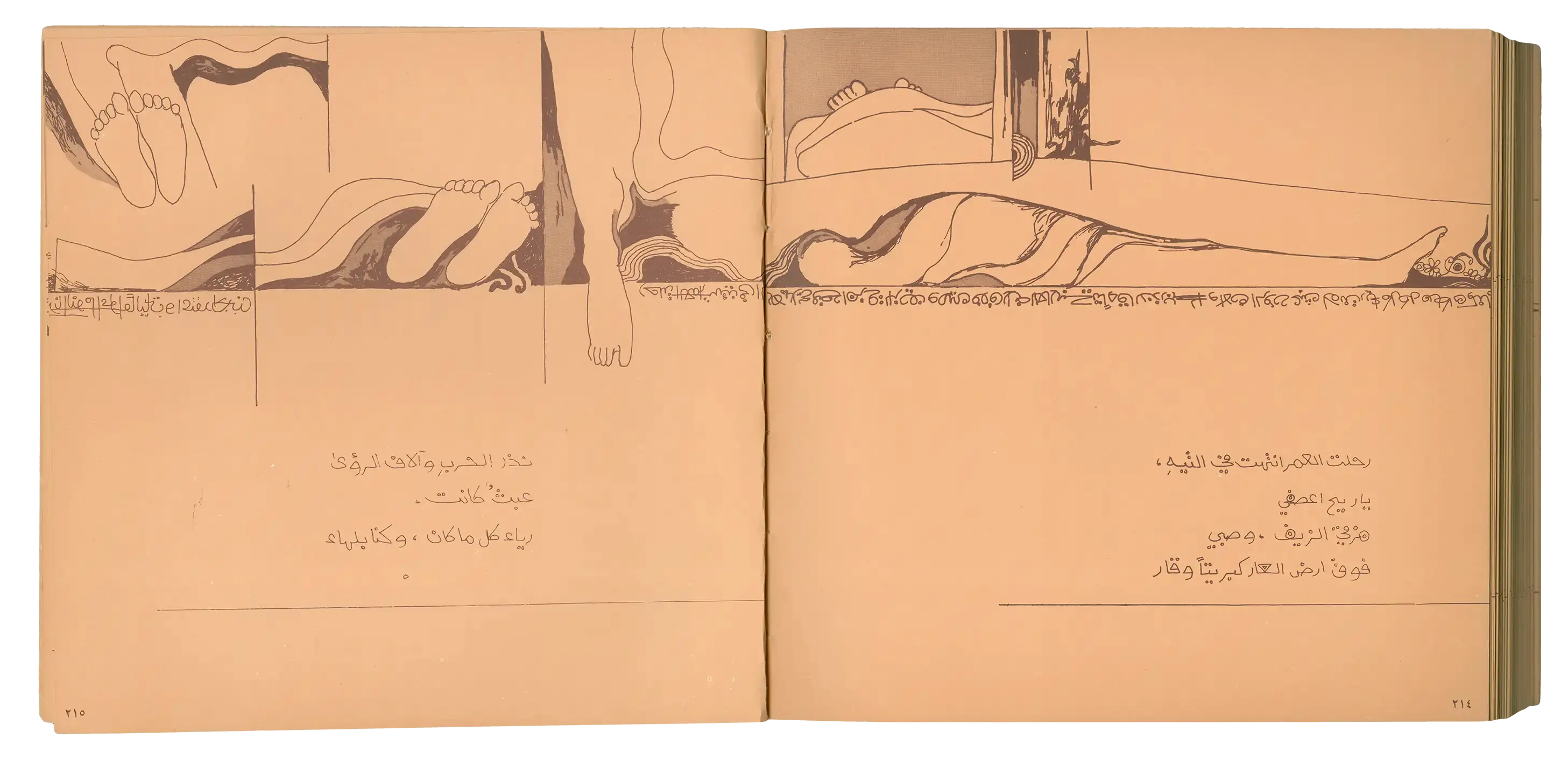
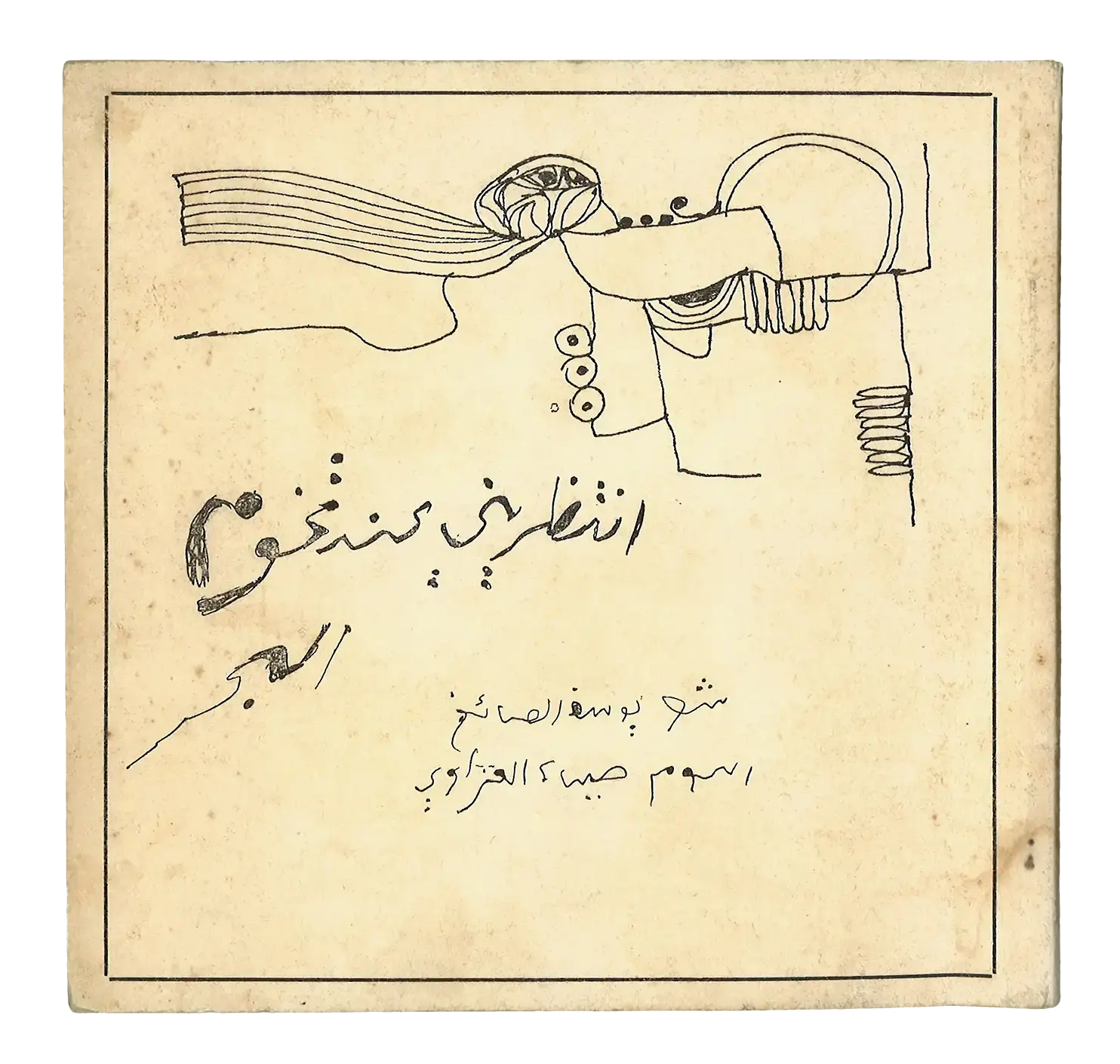
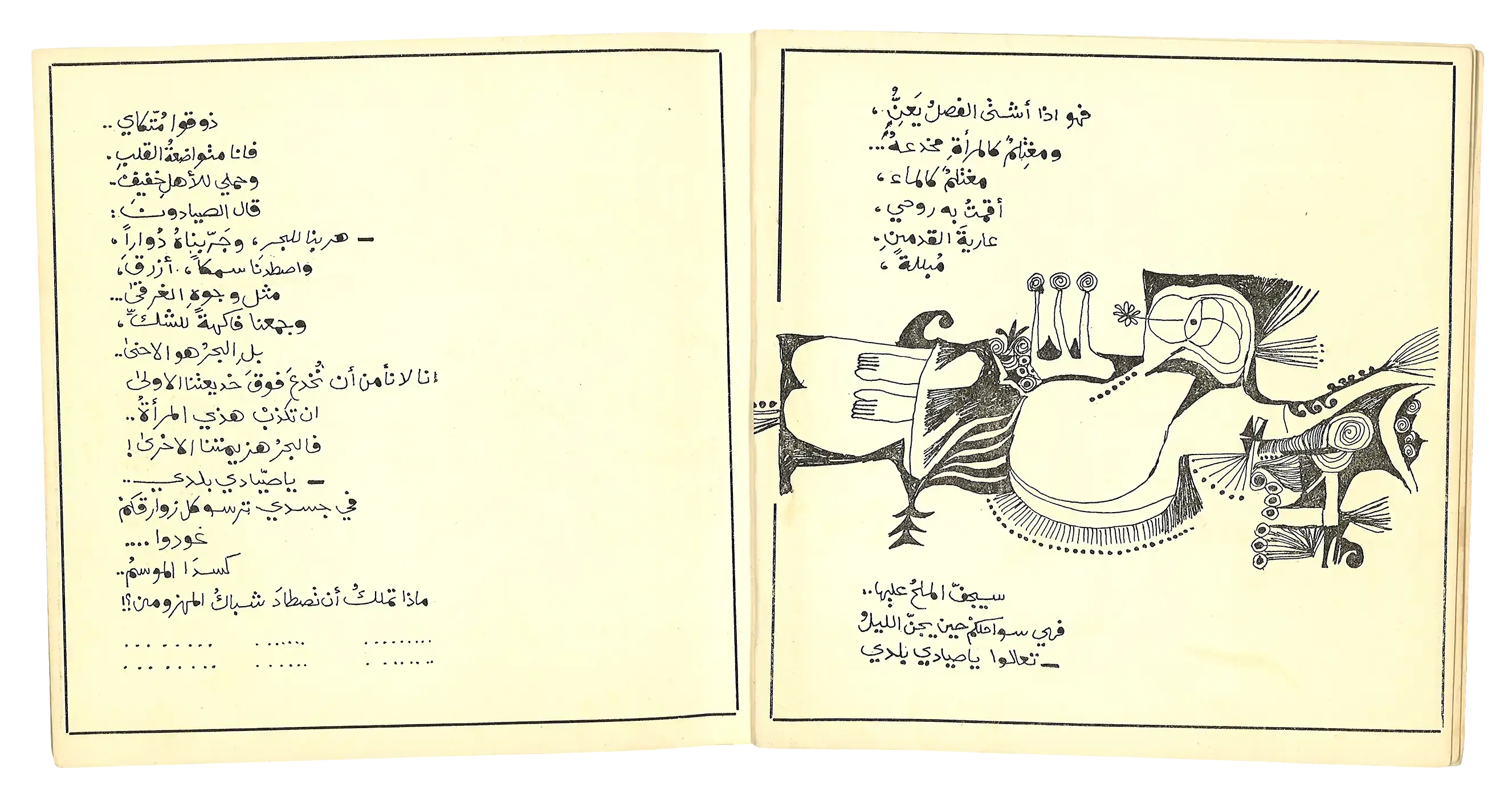
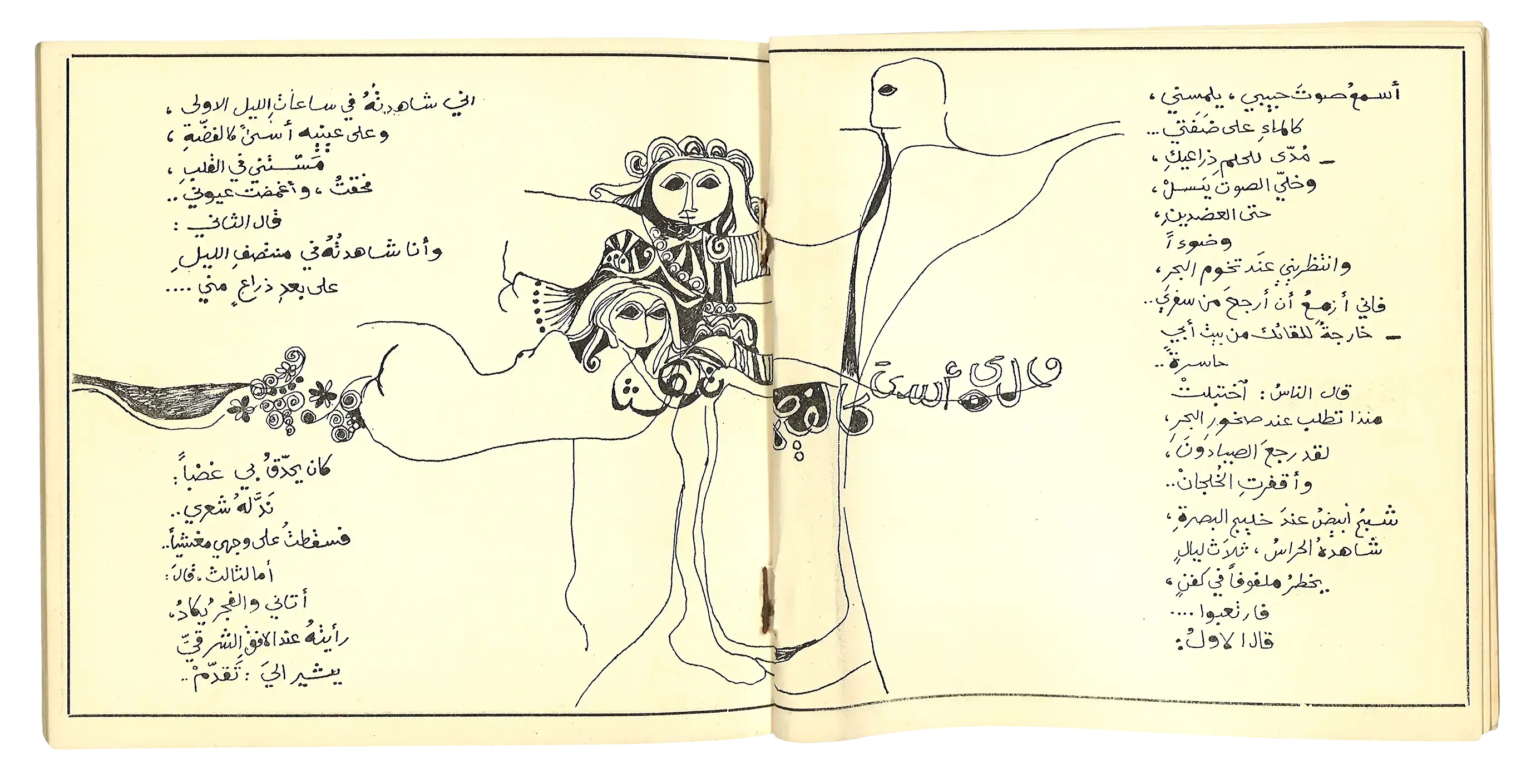
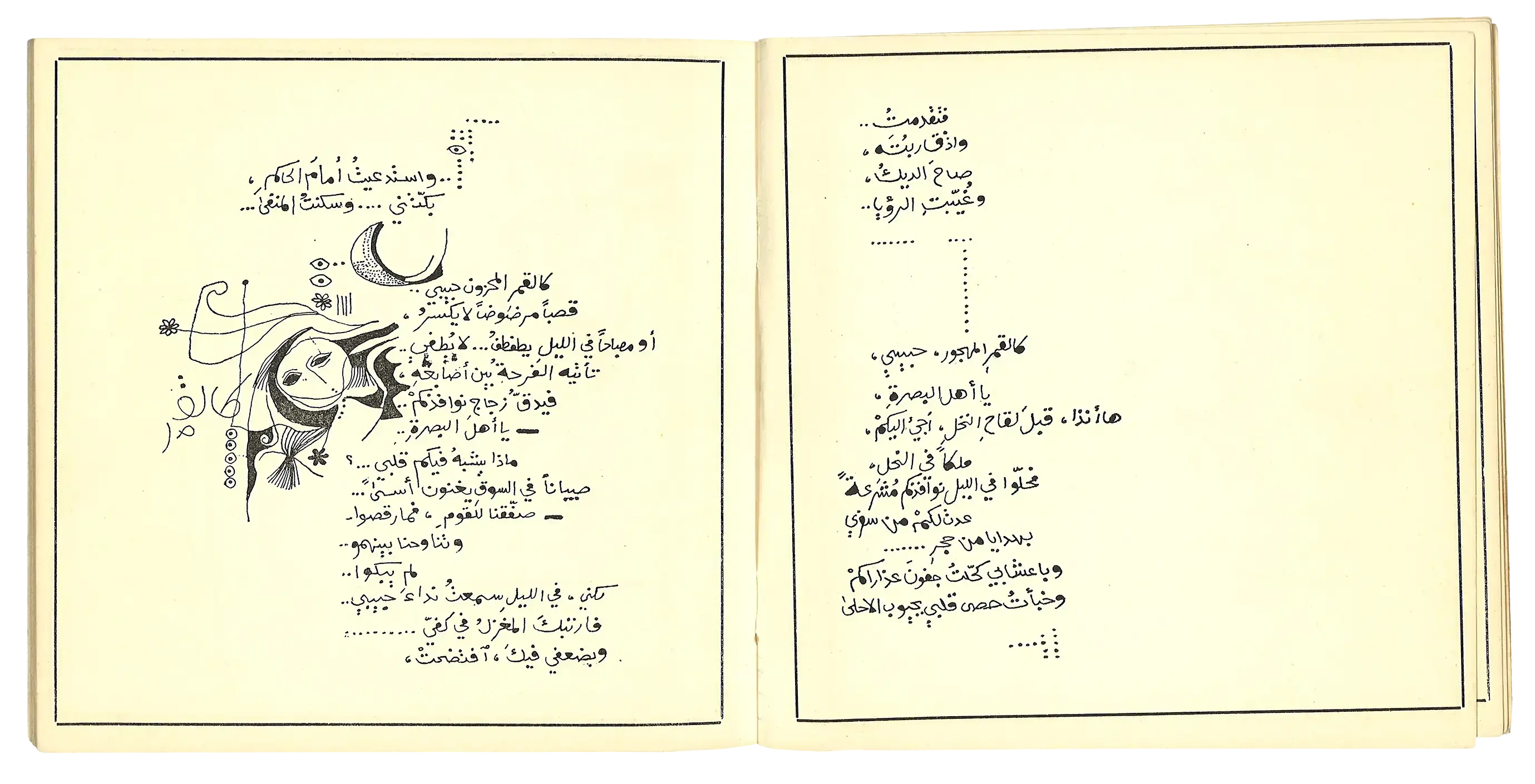
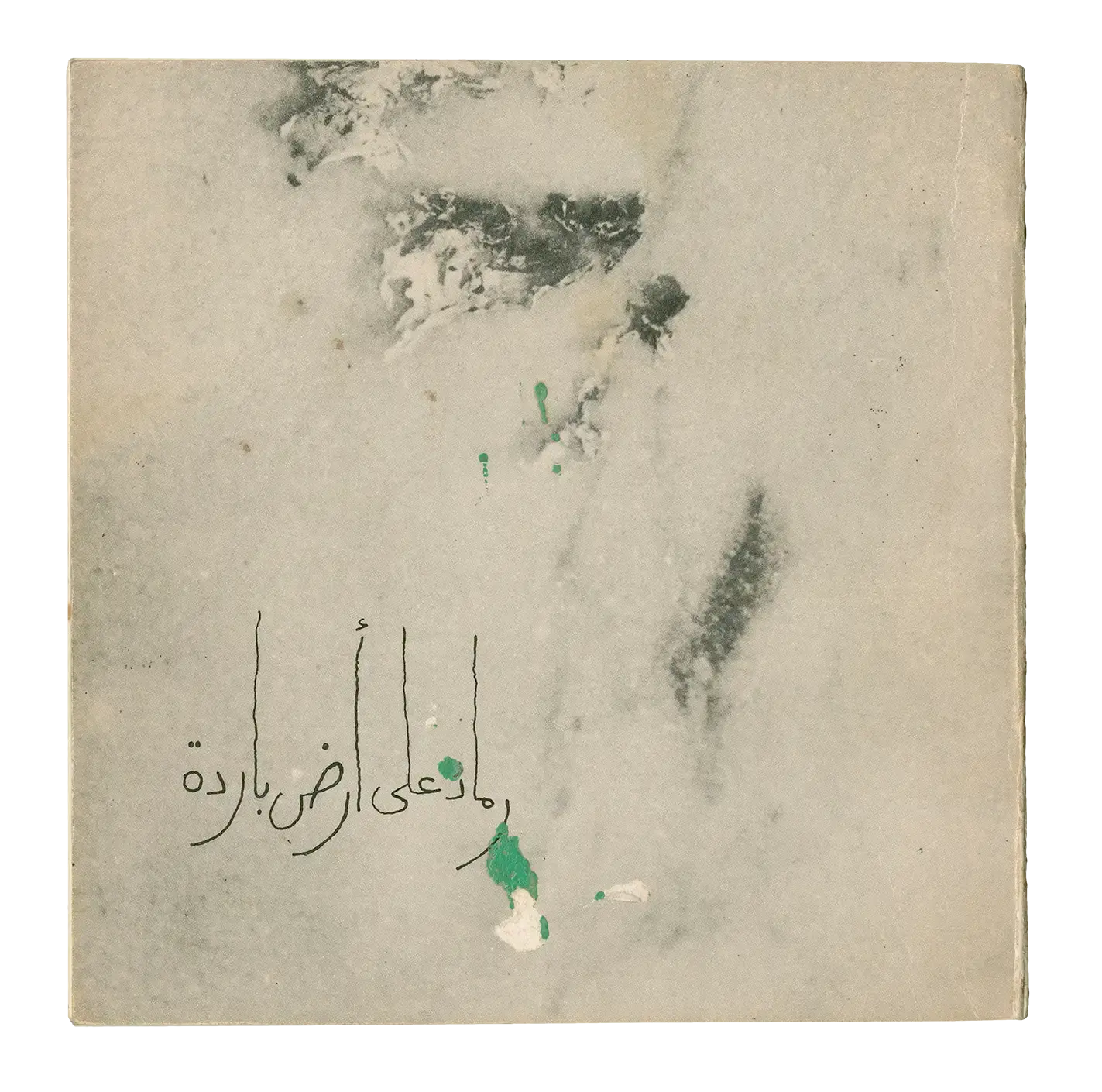
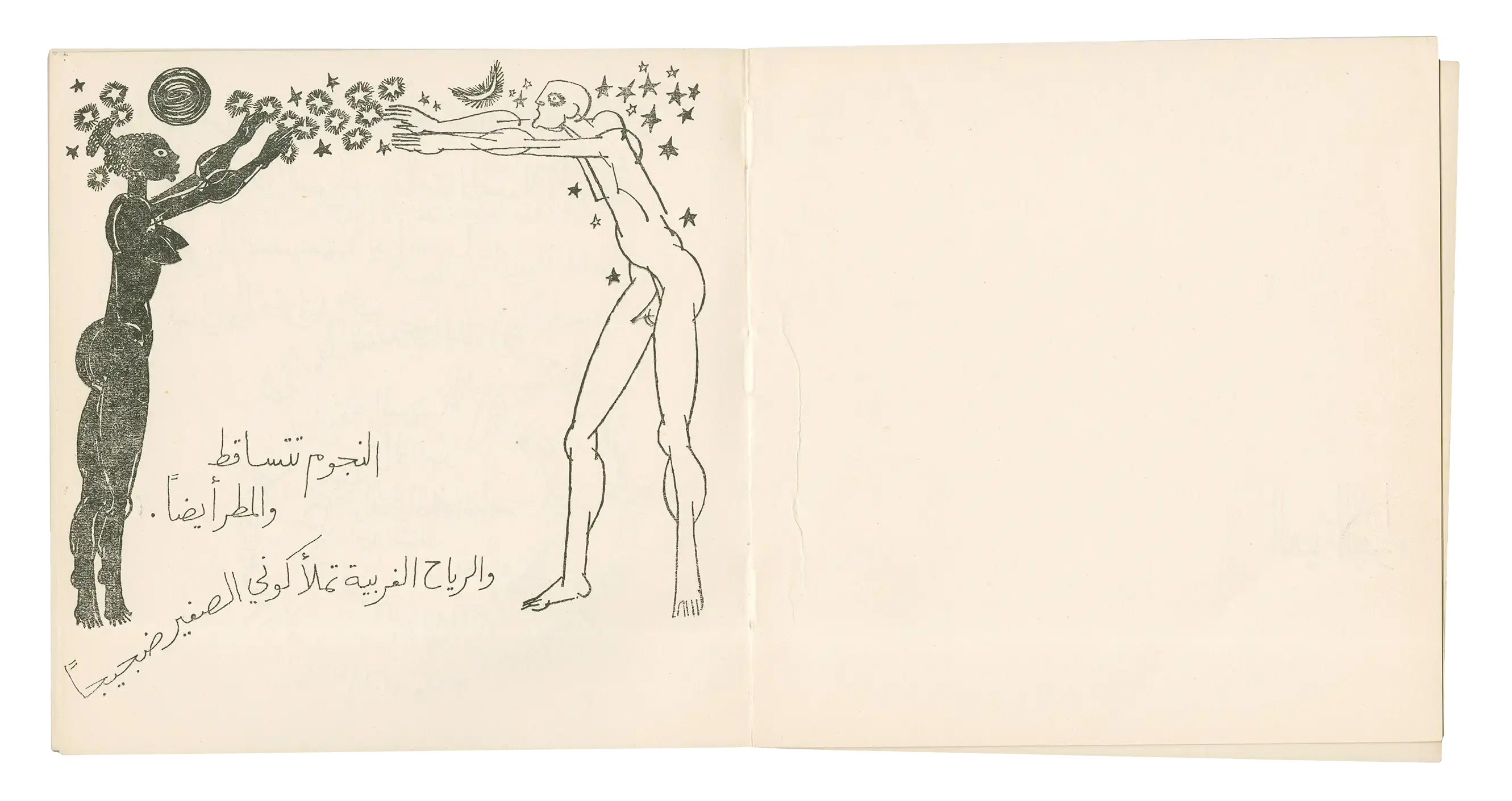
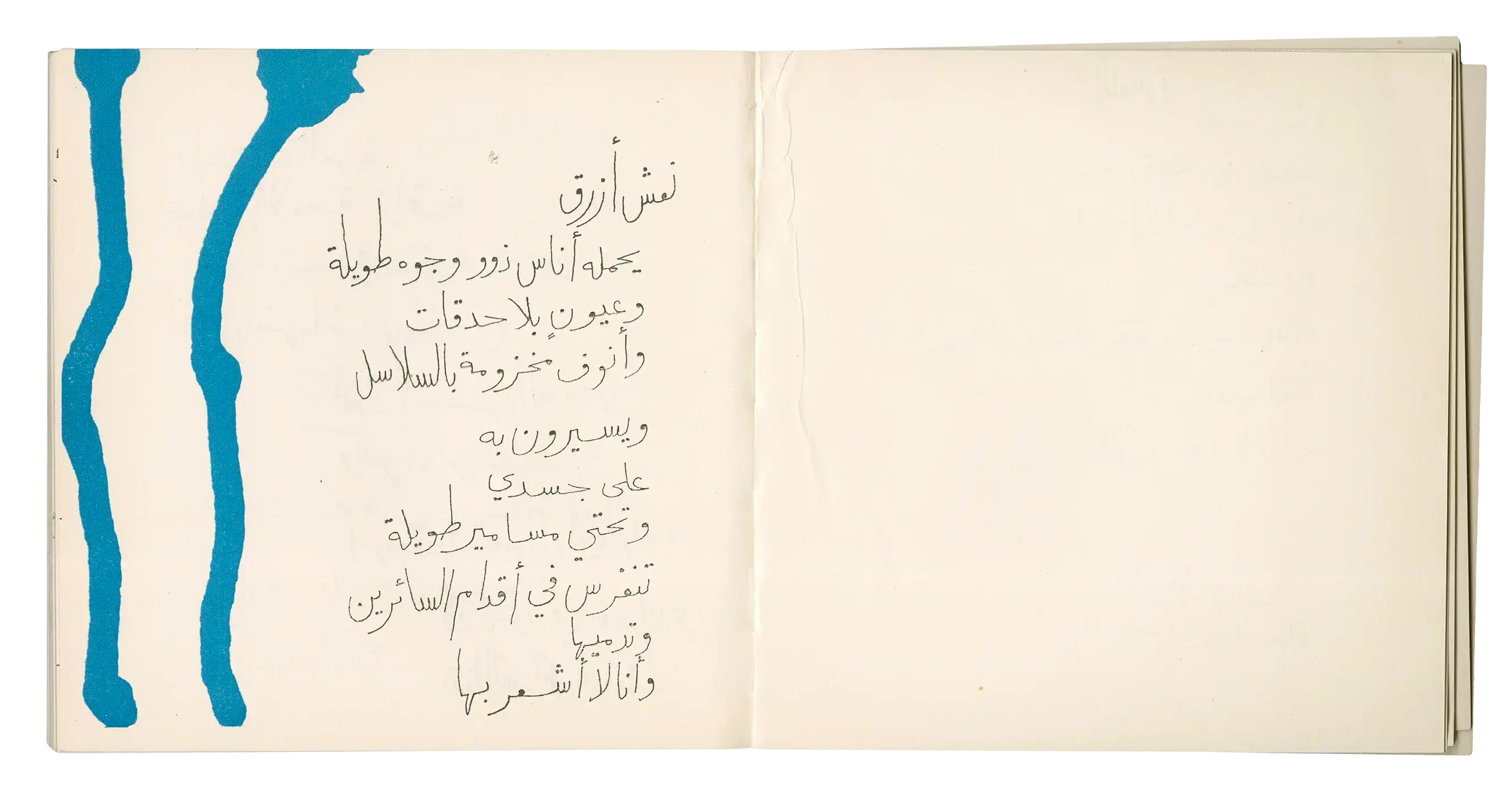
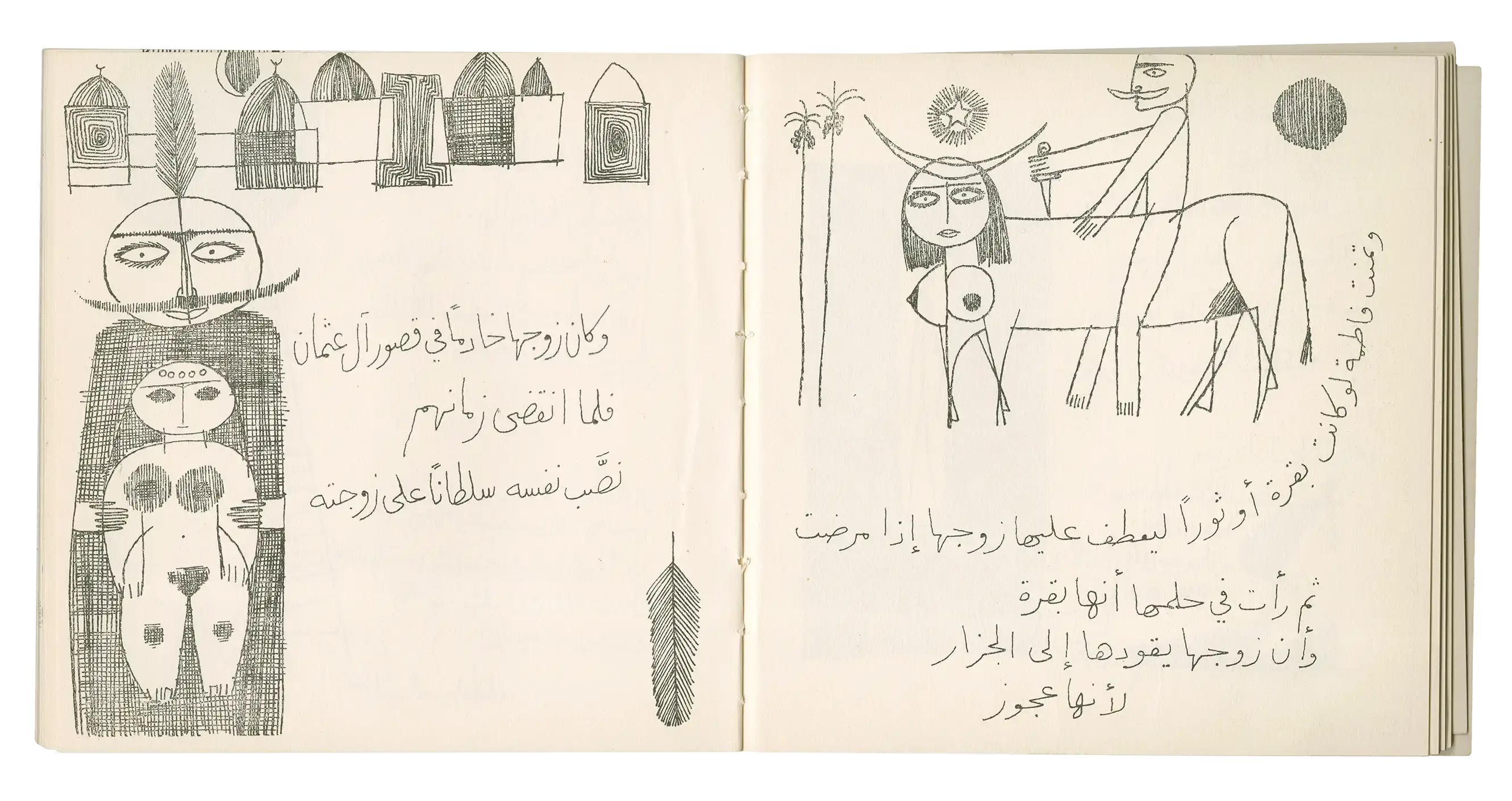
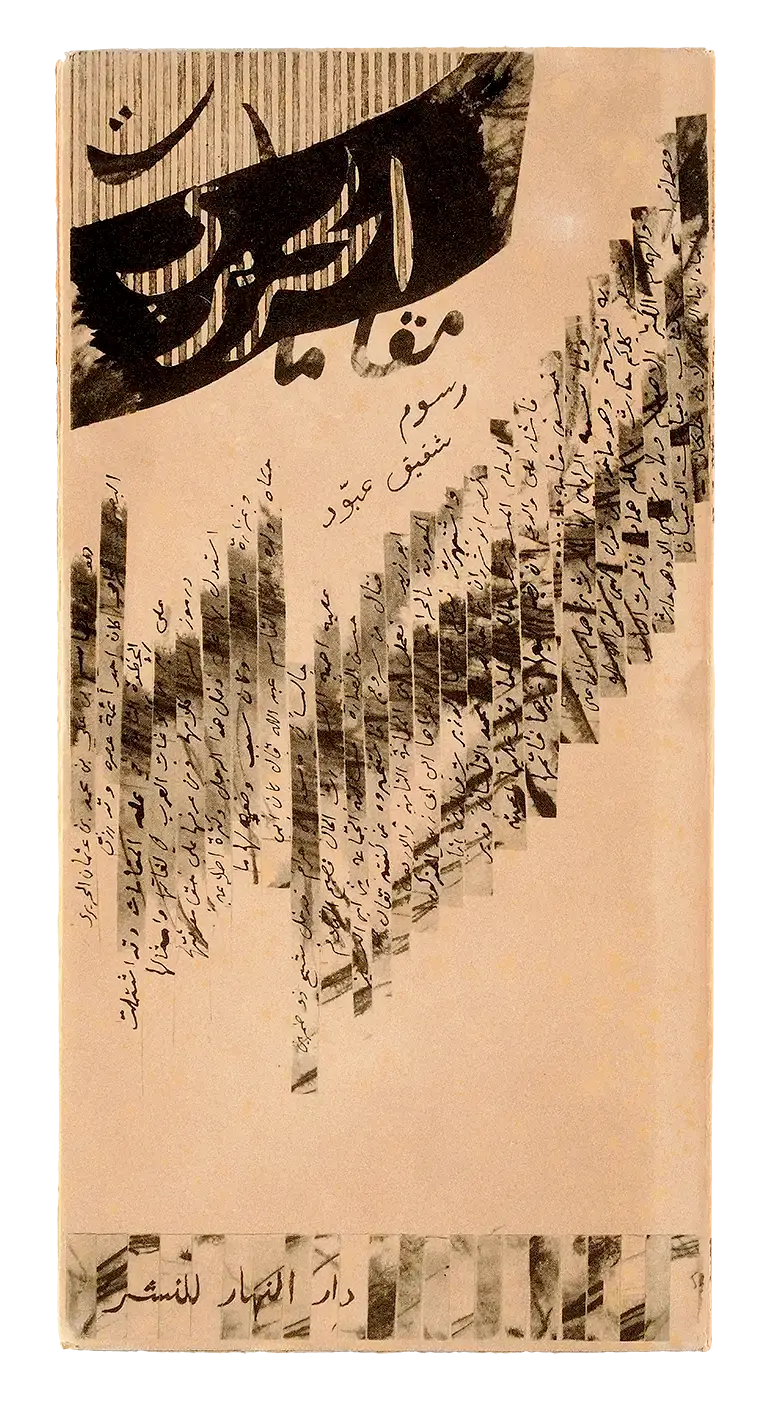
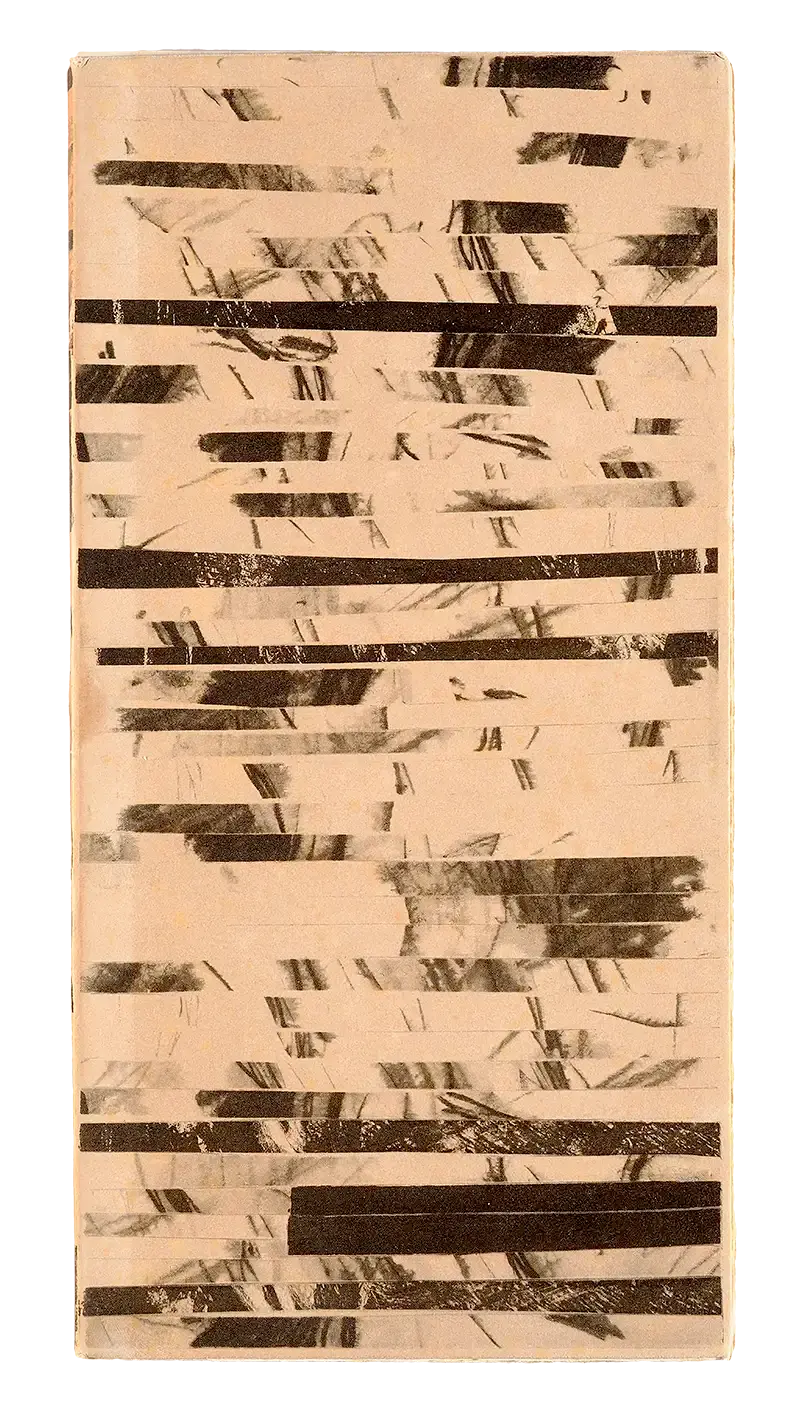
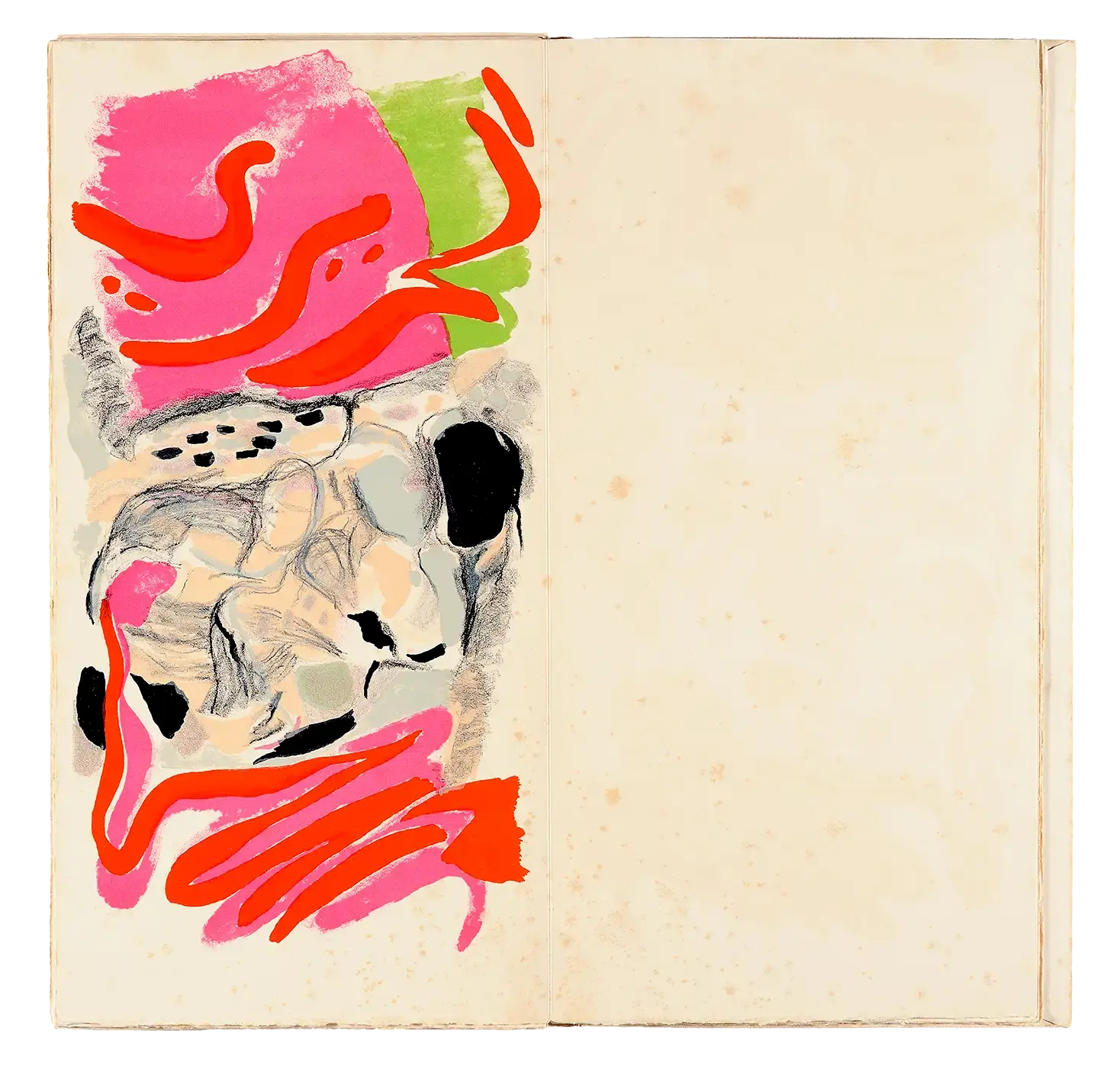
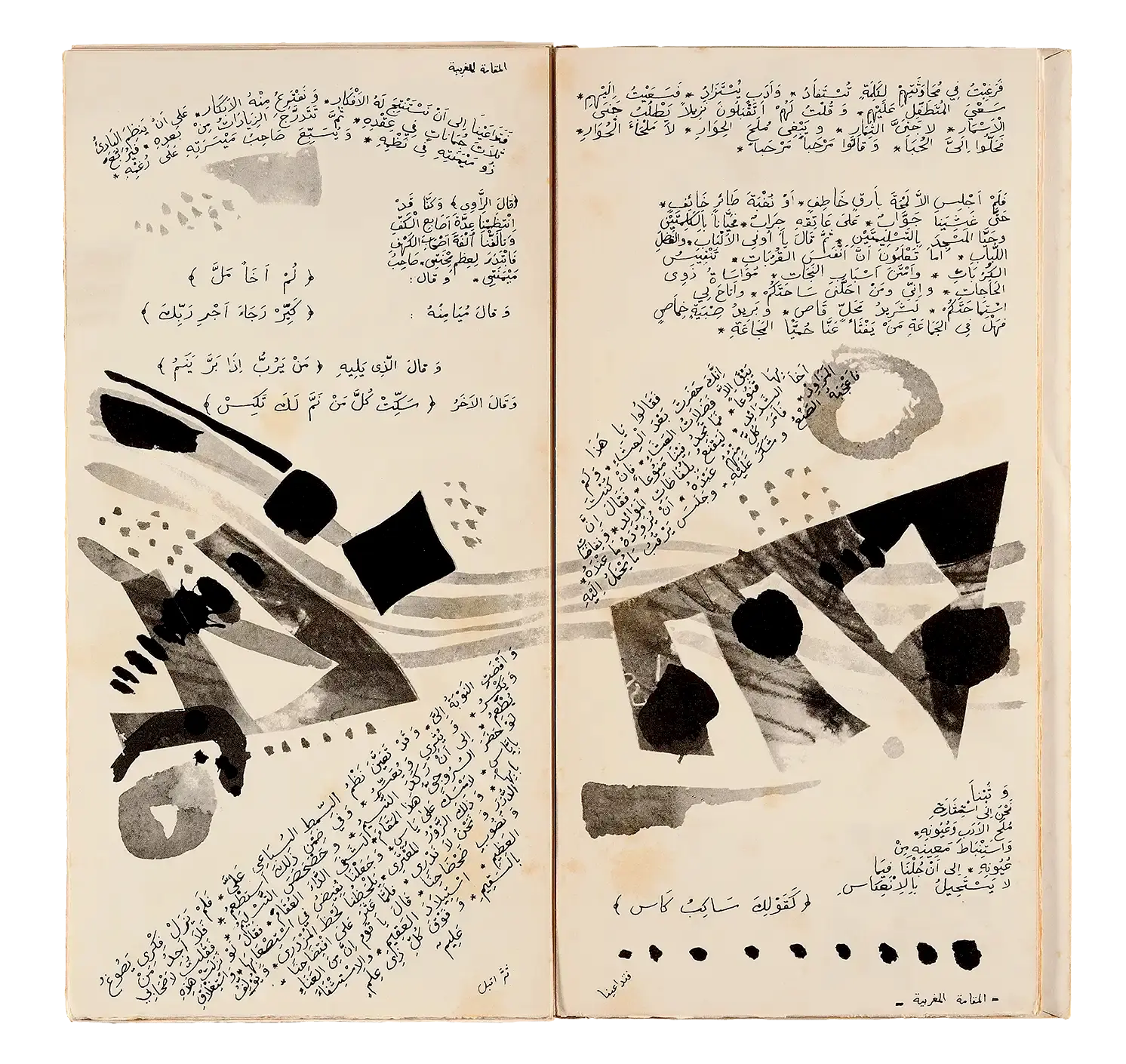
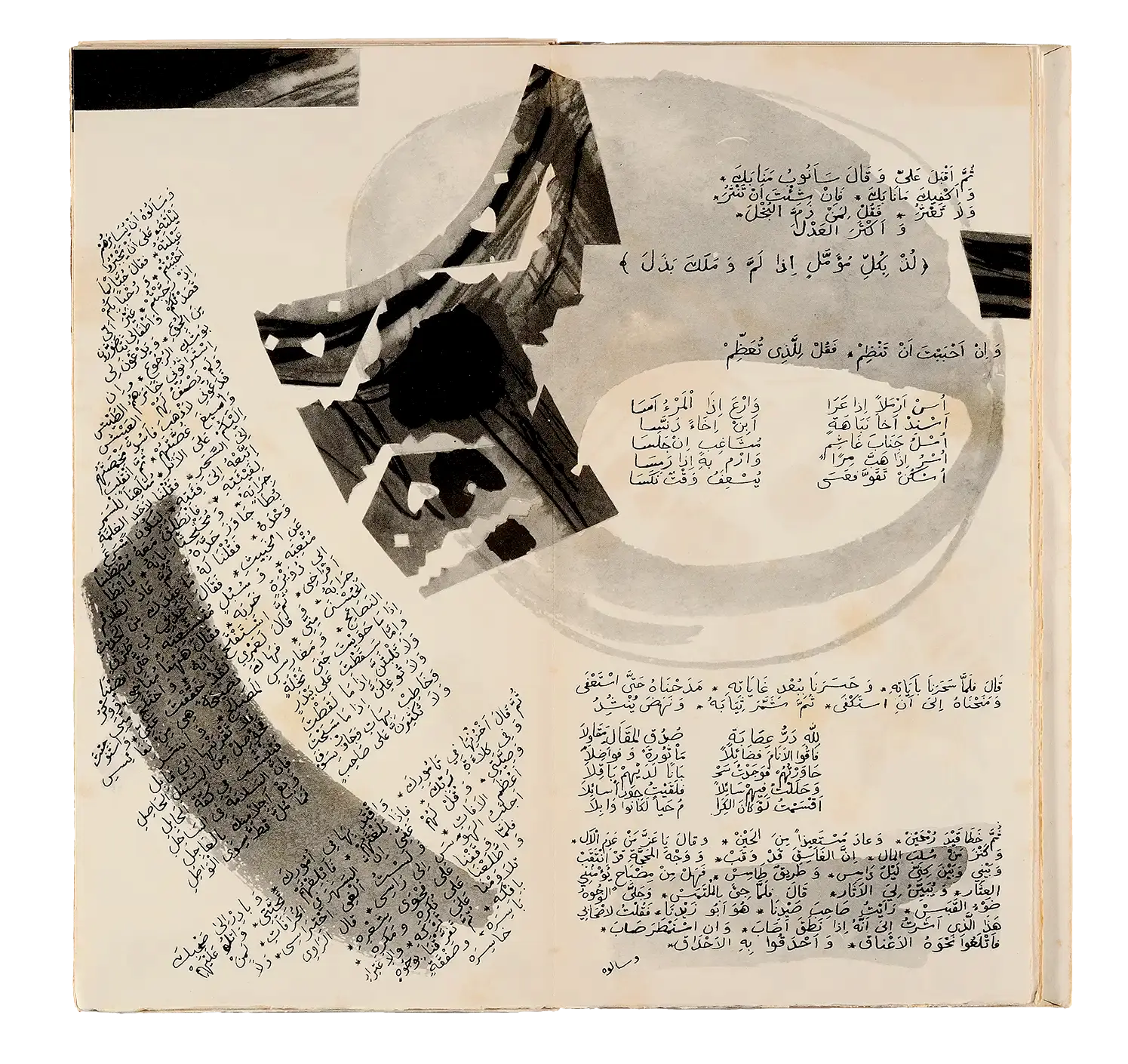
ما وراء الكلمات
Beyond Words
From simple graphics and colours to intricate illustrations and typographic layouts, illustrated books engage the reader’s imagination, extending beyond the words on the page. Images do more than merely illustrate text; they function as rhetorical devices and aesthetic expressions, adding layers of meaning and inviting emotional responses that may not be found in or prompted by the text itself. The act of reading is enriched by the interplay between text and image, as both interact to create new meanings, stir emotions, spark ideas, and evoke other images through association.
عناصر غرافيكية
Graphics
Title-pages and chapter vignettes guide the temporal flow of the narrative as it rhythmically unravels across the pages. Even in their simplest forms, graphics—such as typographic elements, text margins, and empty white spaces—are more than just aesthetic embellishments. They are value-laden codes that influence reading as a cultural practice, shaping new experiences and conventions.
الرسوم
Illustration
Modern Arabic poetry and postcolonial literature found their visual interpretation on the pages of books, sparking a trend where contemporary Arab artists increasingly engaged with book illustration. The works on display showcase the rich artistic contributions to books, highlighting a range of aesthetic approaches and techniques. These books reflect the experimental spirit of Arab artistic movements of the time and the collaborative energy between literature, poetry, and visual arts in the Arab world.
While most illustrated books conventionally kept text and image separate—typesetting the text on one page and placing illustrations on a facing page or in a sequence—artists generally had little to no influence over the layout, which was typically determined by the printing press.
الكلمة كصورة
Word as Image
A particularly remarkable fusion of book arts and modern Arab painting during this period is the movement of hurufiyya, which found expression in illustrated poetry anthologies and artists’ books. A notable example is the modern poetry series published by the Iraqi state in the early seventies, which paired prominent poets with contemporary Iraqi artists such as Dia al-Azzawi, Shakir Hassan al-Said, and Hashim Samarchi.
Derived from the Arabic root harf, meaning letter, hurufiyya refers to modern aesthetic experiments with Arabic calligraphy, where the script itself becomes both a cultural sign and an artistic gesture. Through such experiments with the Arabic script, artists subverted the conventional separation of text and image in books, exploring the visuality of words as images on the page.
الكتاب كعمل فنّي
Bookwork
The standard layout of illustrated Arabic books was challenged as the book—through its narrative, material, and formal elements—began to be envisioned as a unified, expressive whole. Such books often combined previously separate creative practices associated with the Arabic press—such as cover art, illustration, calligraphy, typography, page layout, colour, binding, and size—into a single cohesive creative activity.
Whether designed on commission to interpret a specific text, or conceived independently as an artist’s book, the bookworks on display redefined the modern Arabic book. They moved beyond the conventional textual focus, inviting new ways of reading, seeing, and engaging with the book as a visual narrative and unified aesthetic entity.